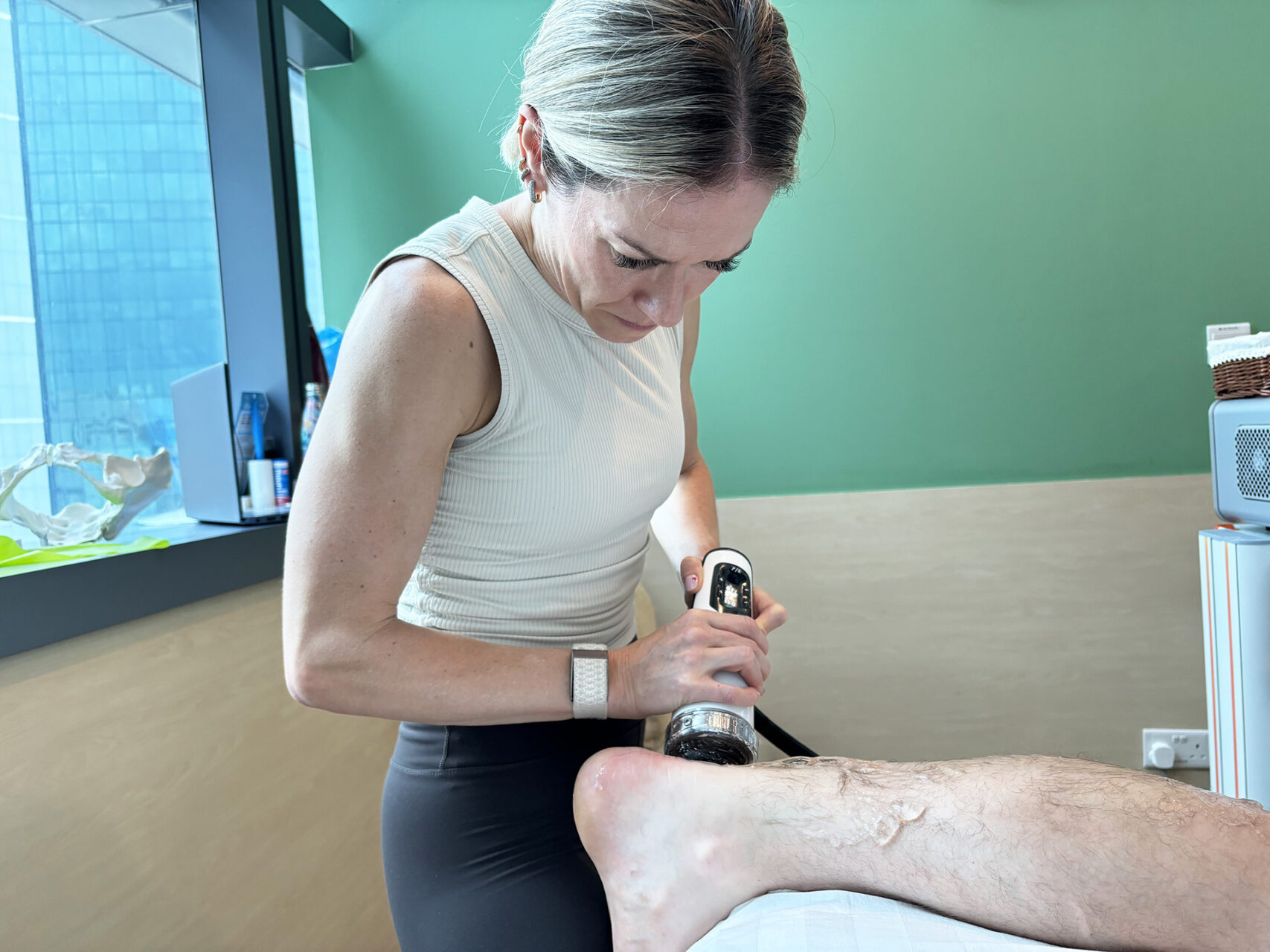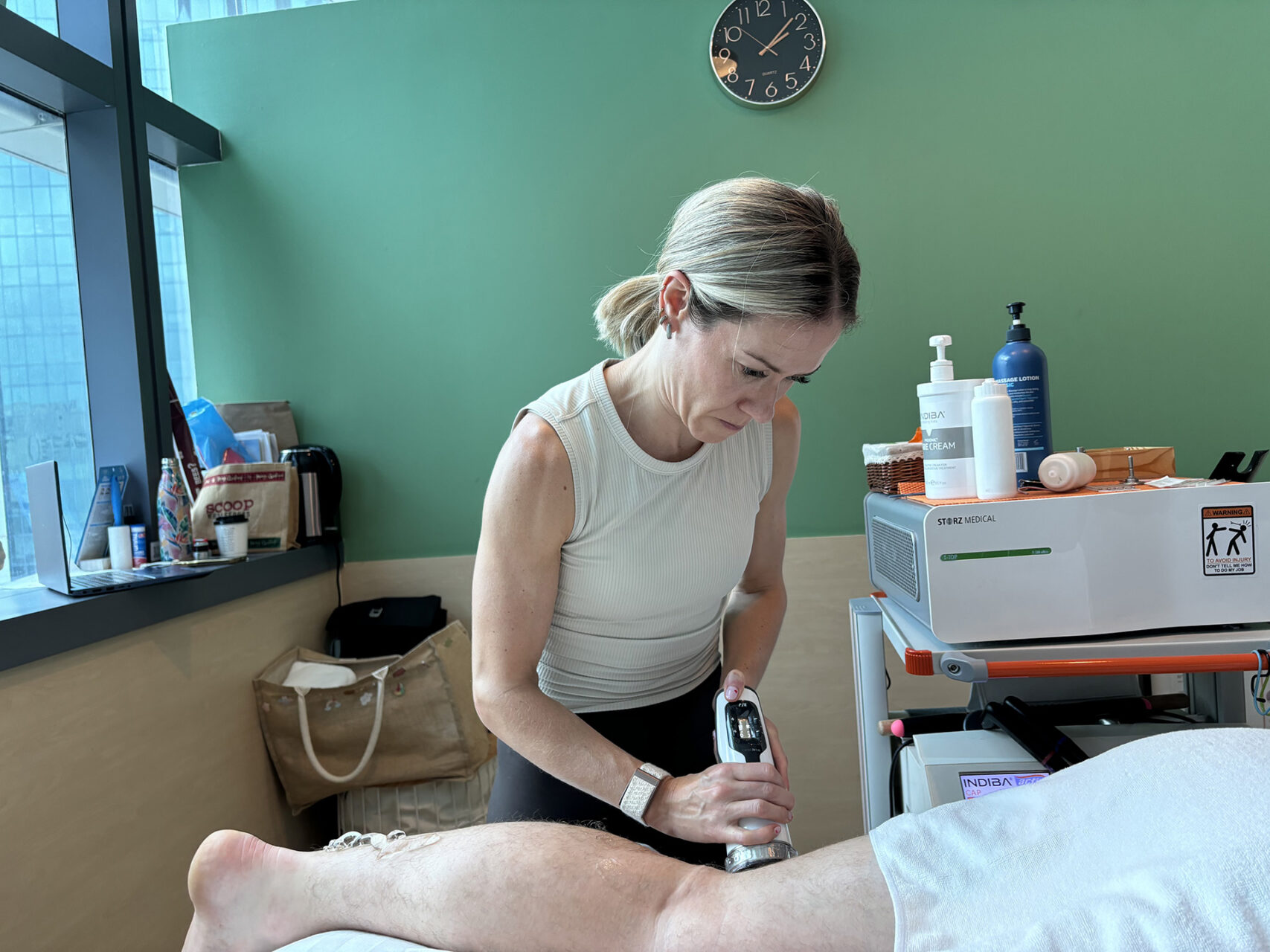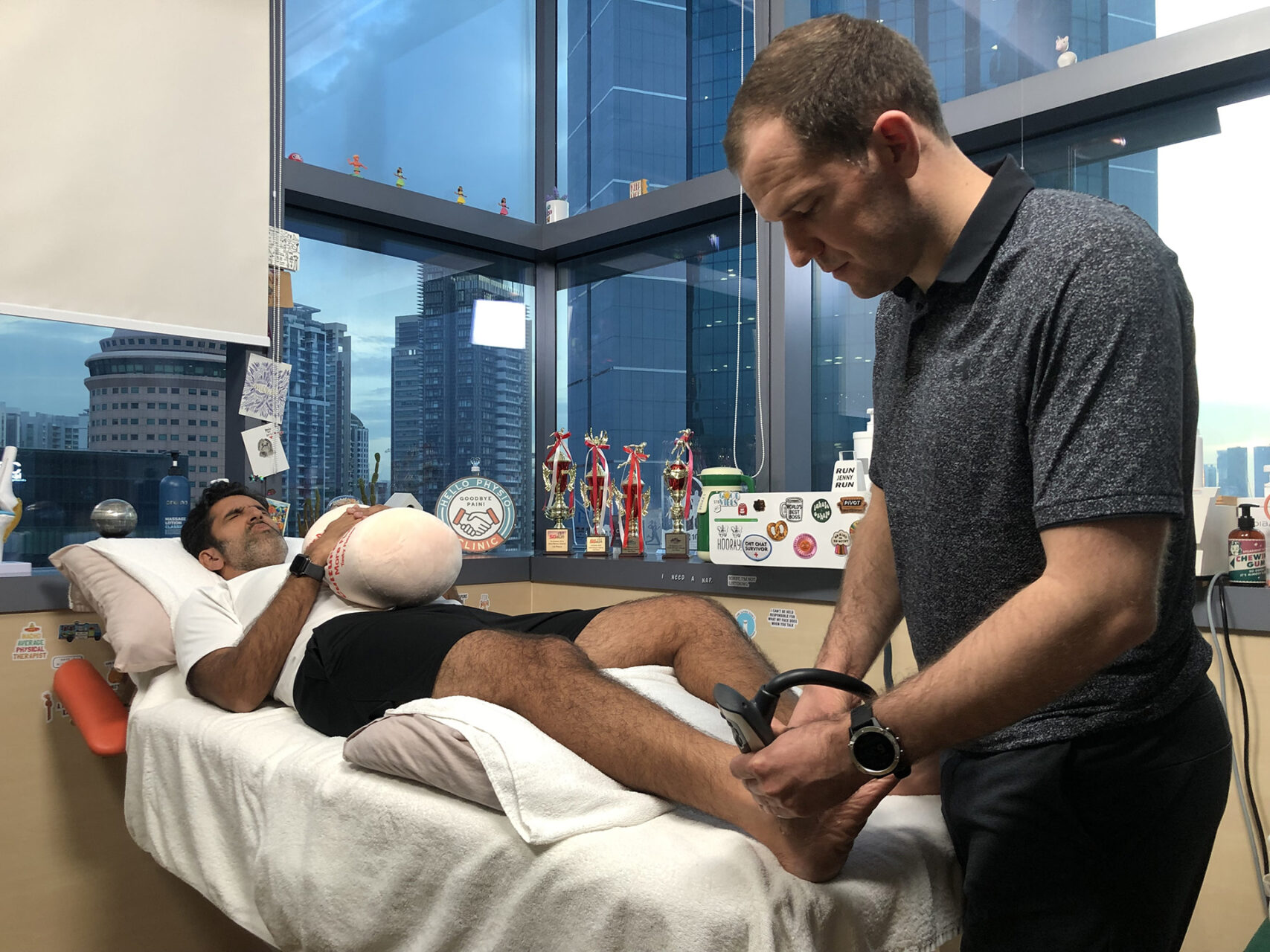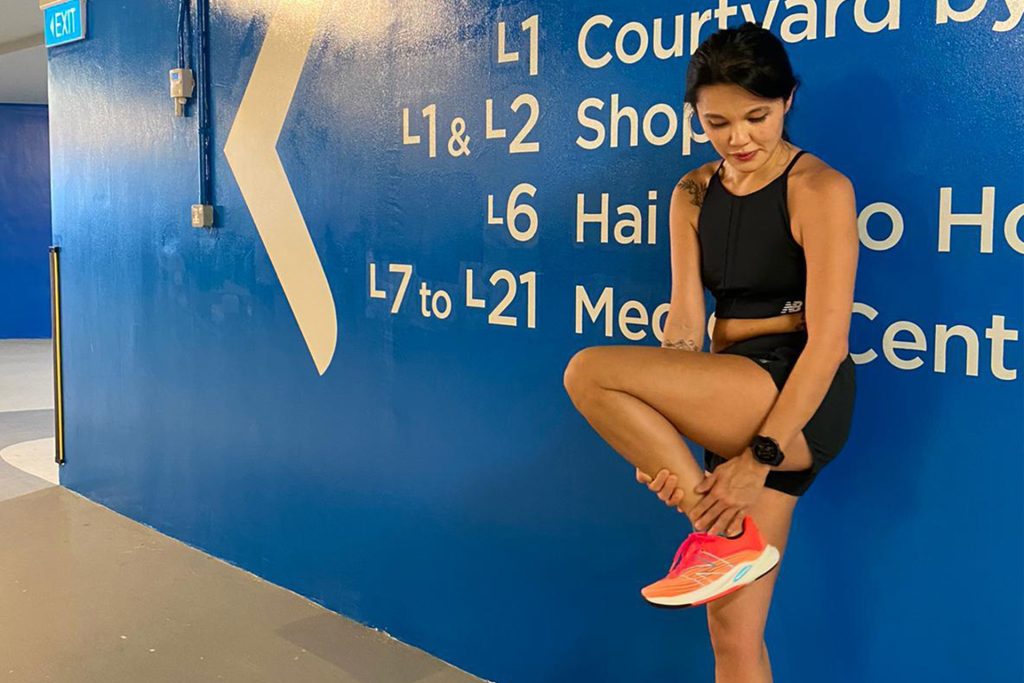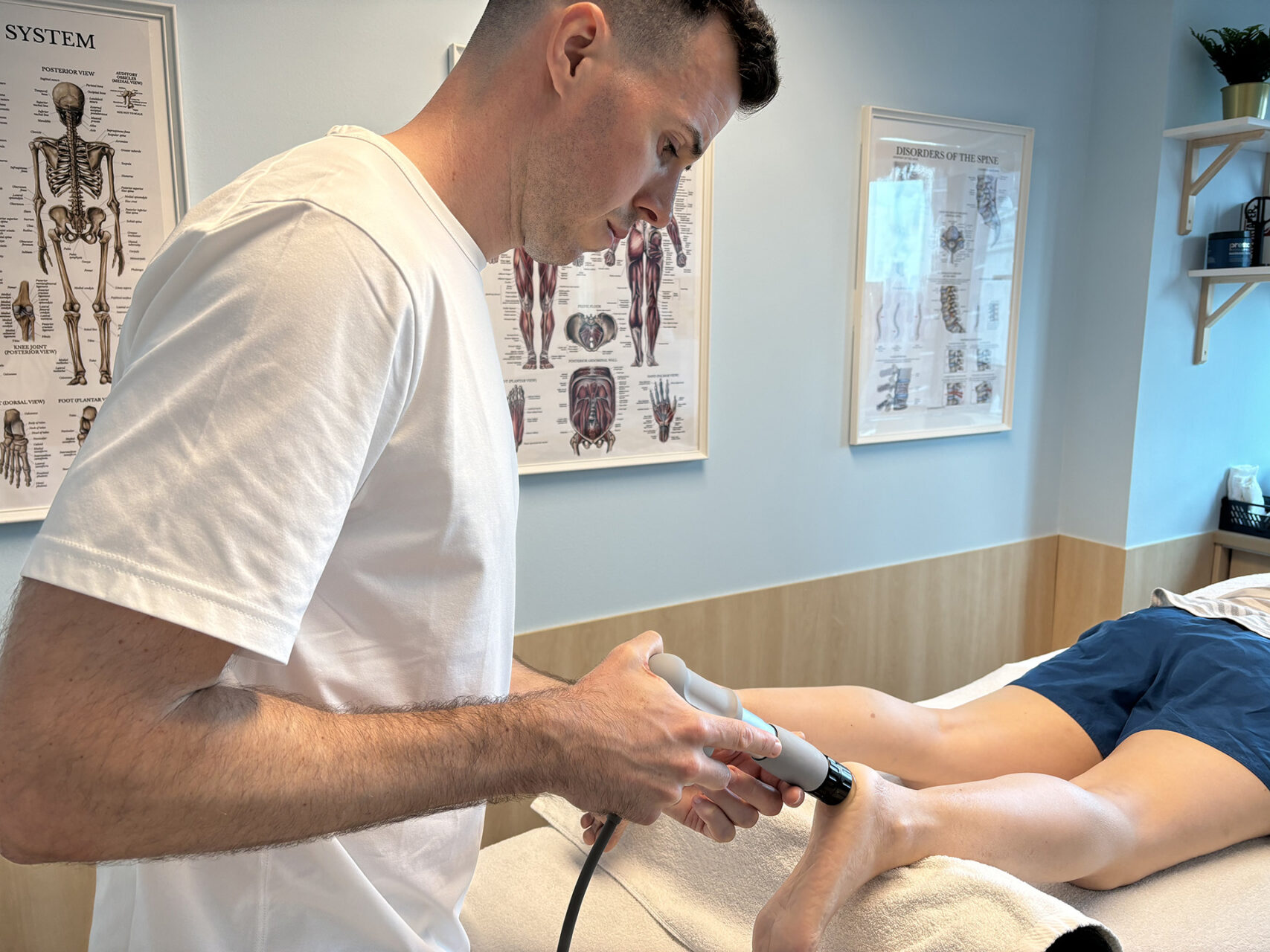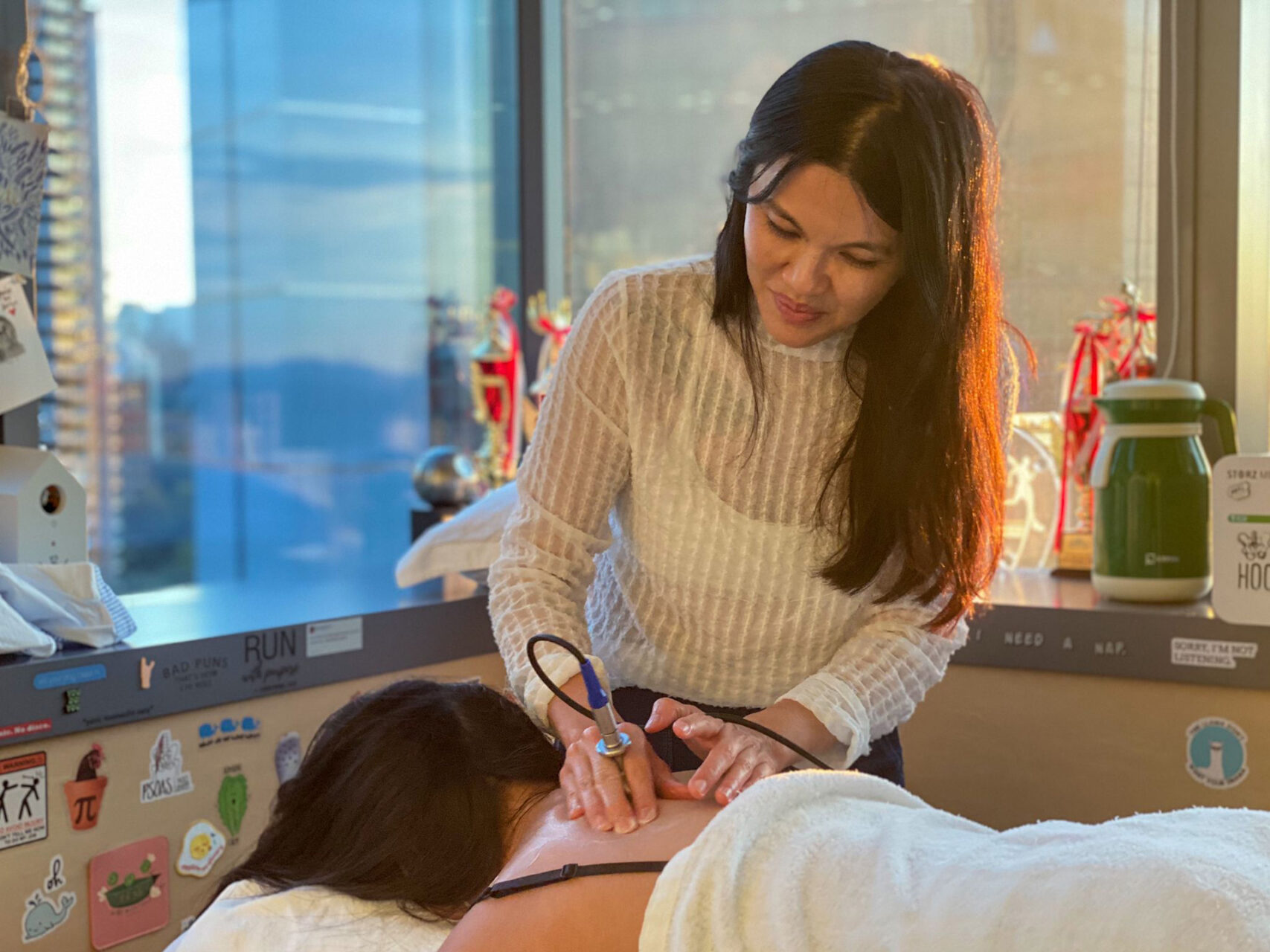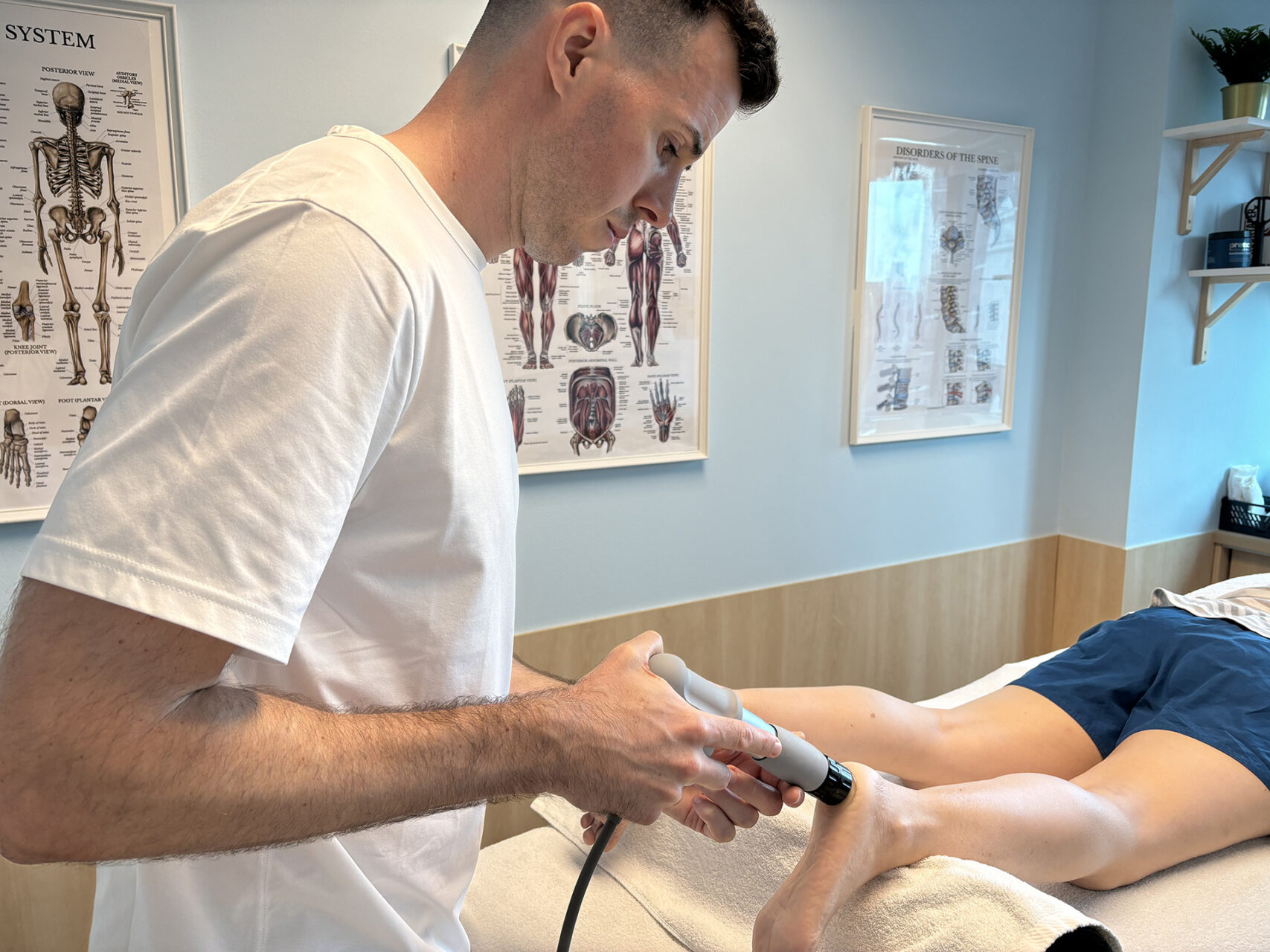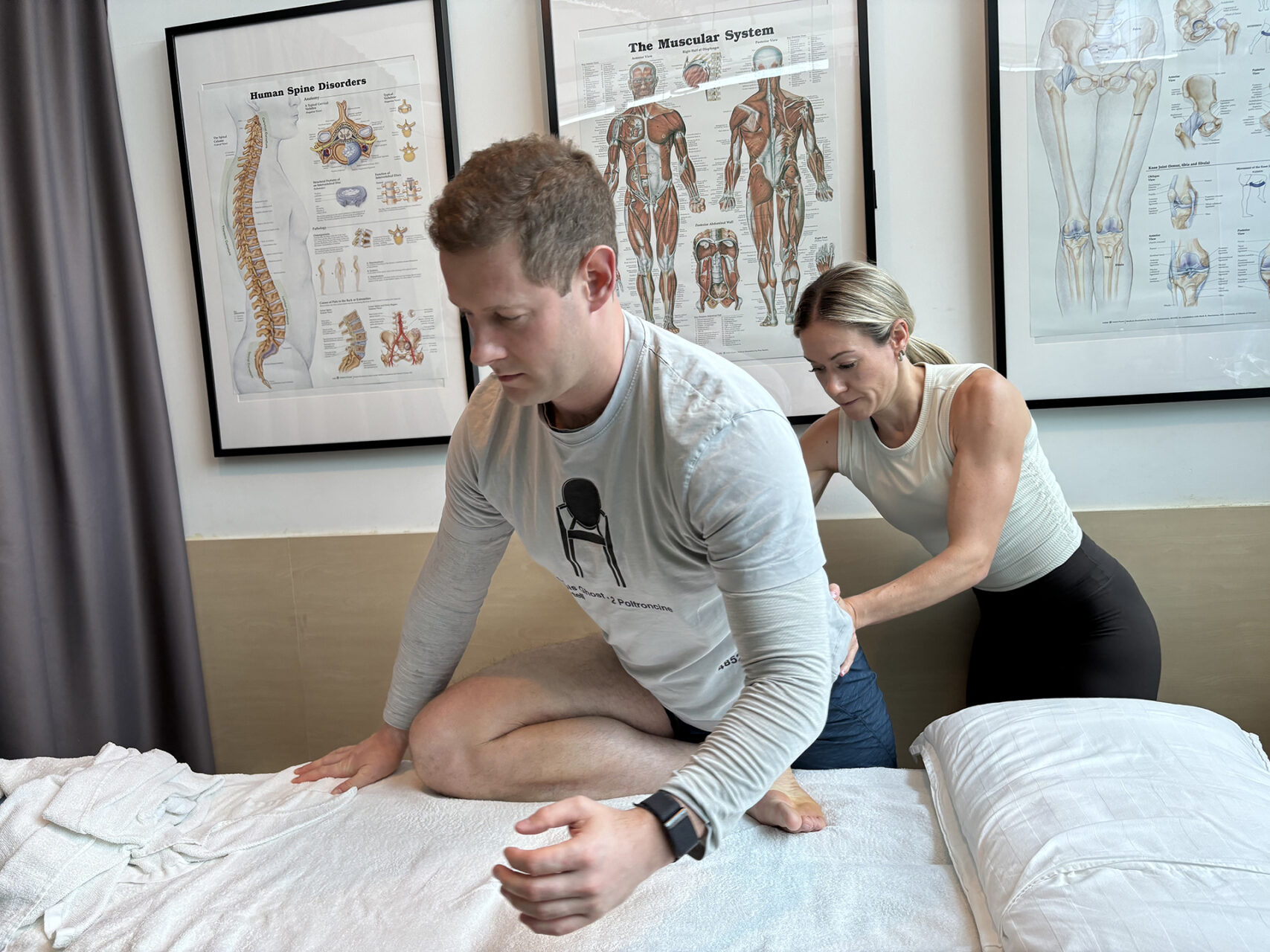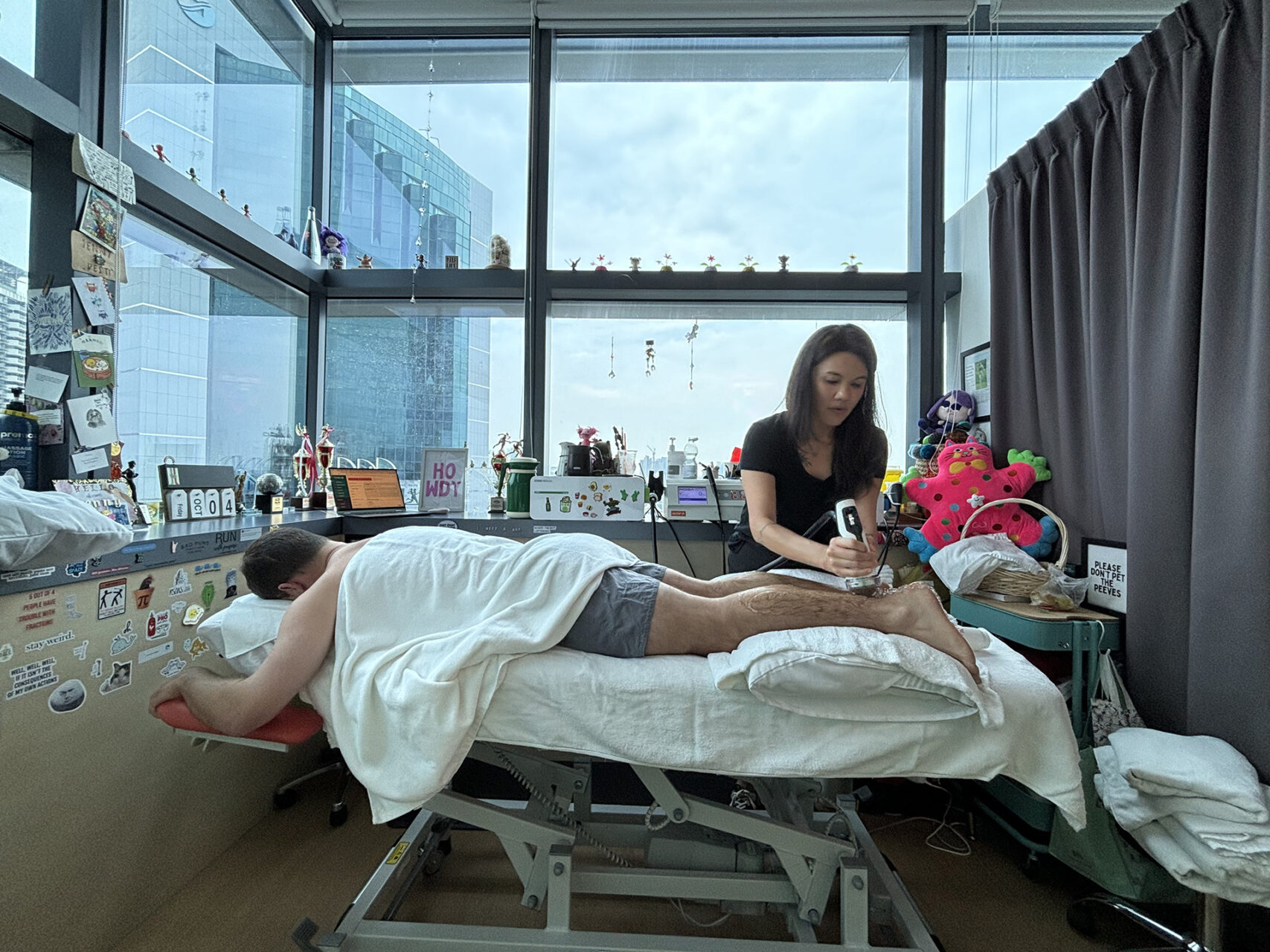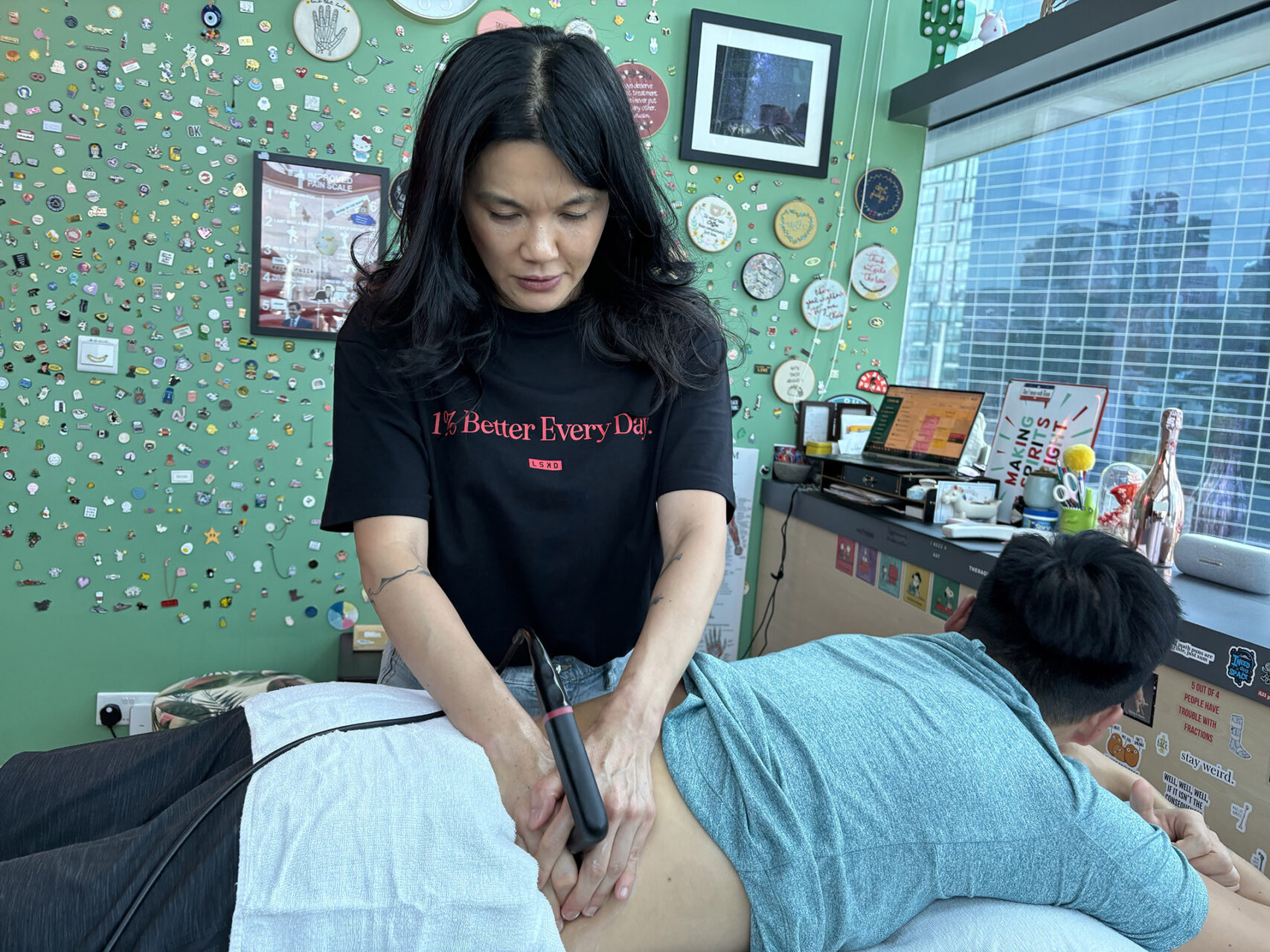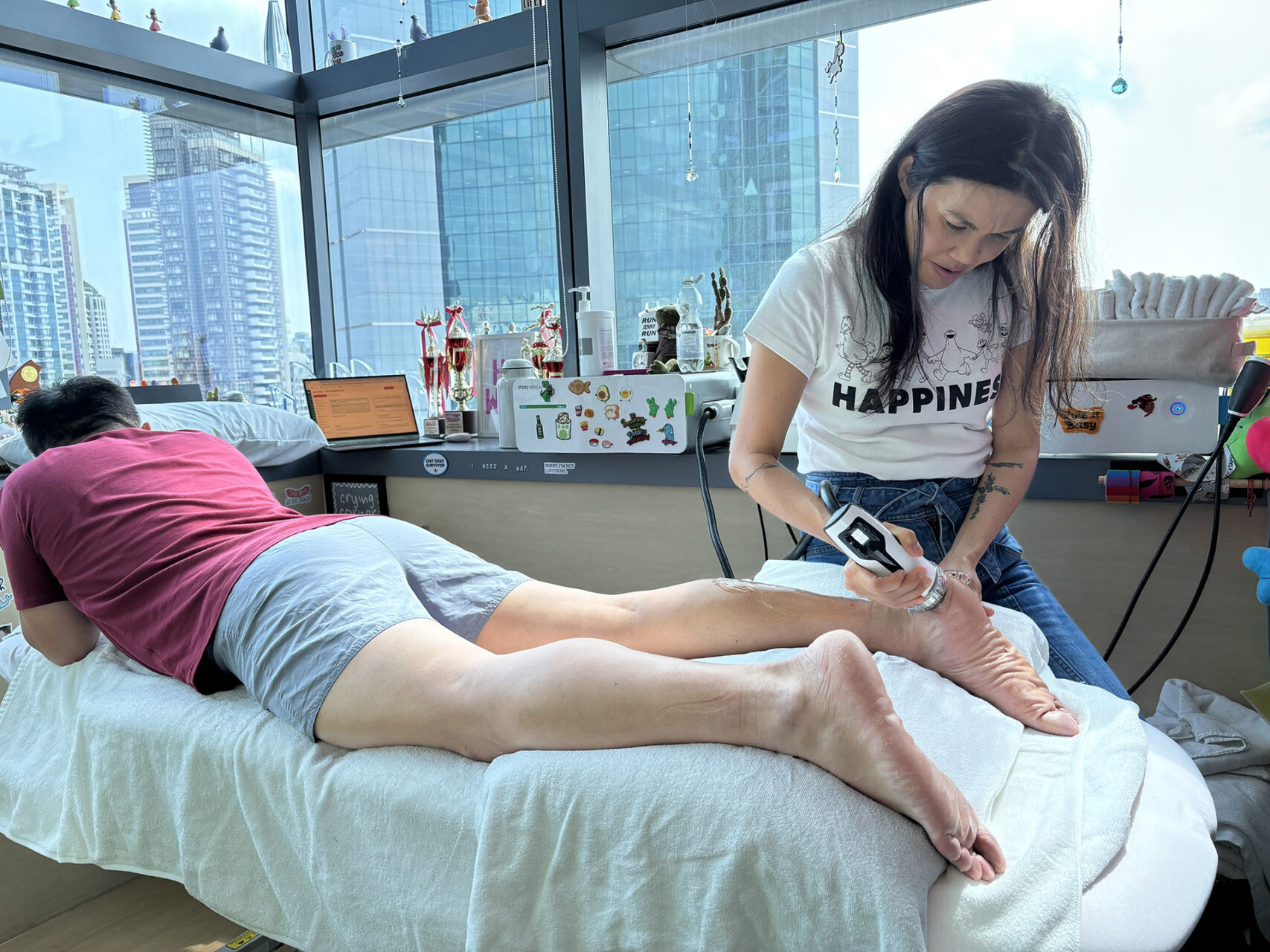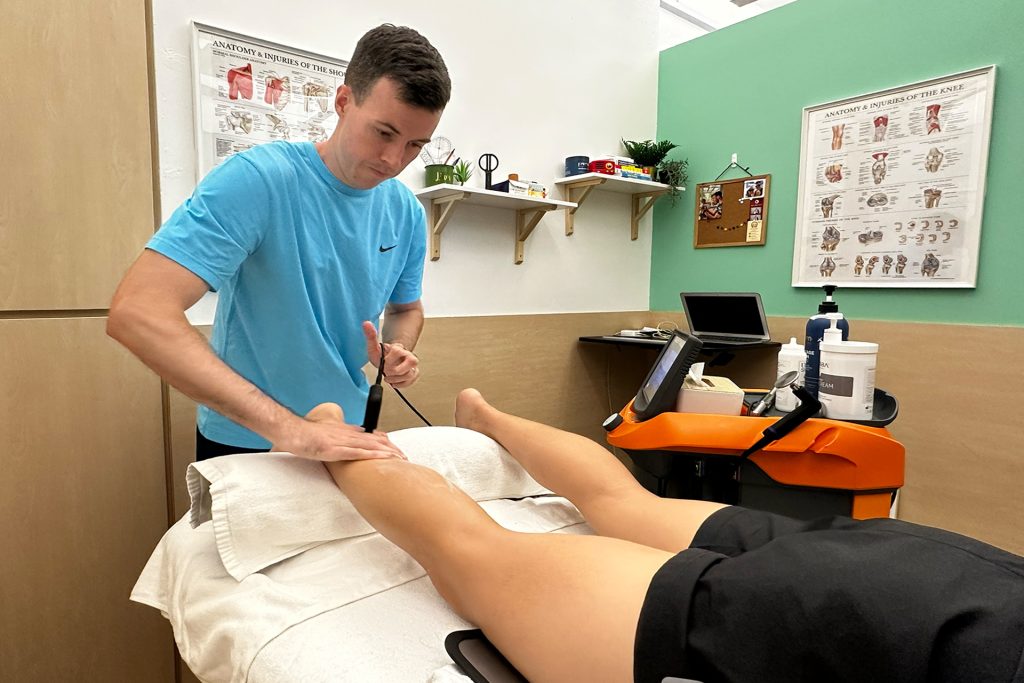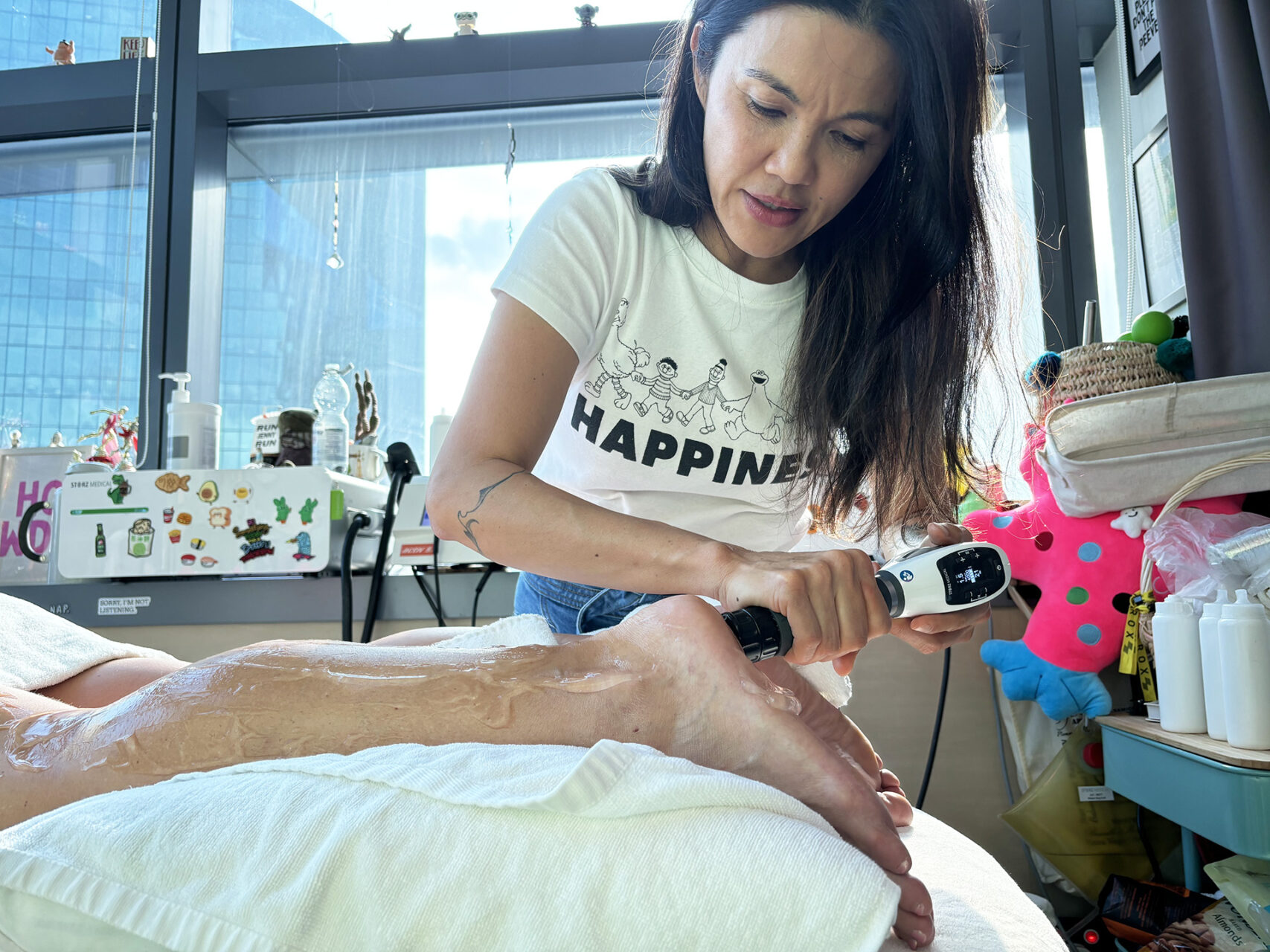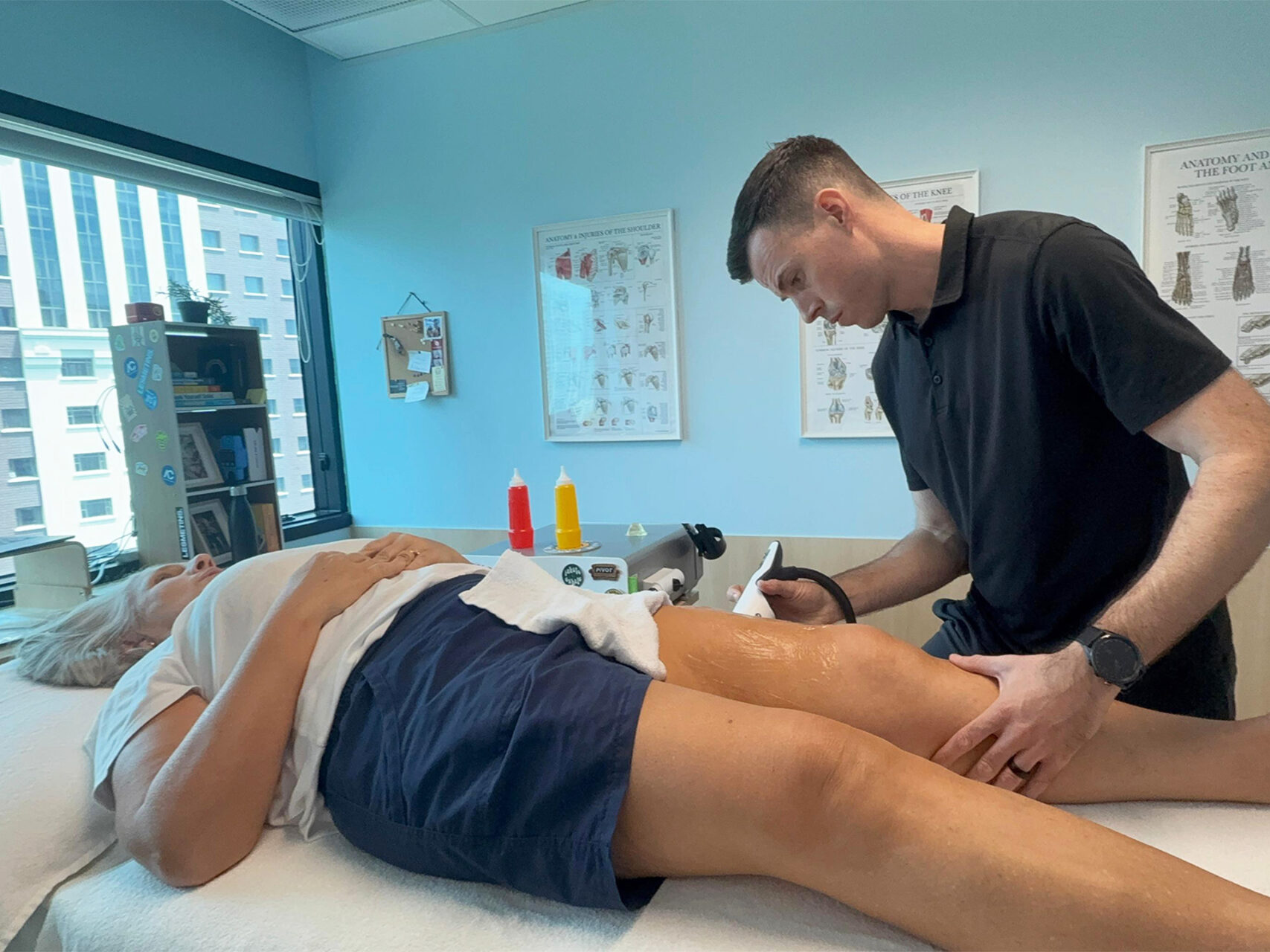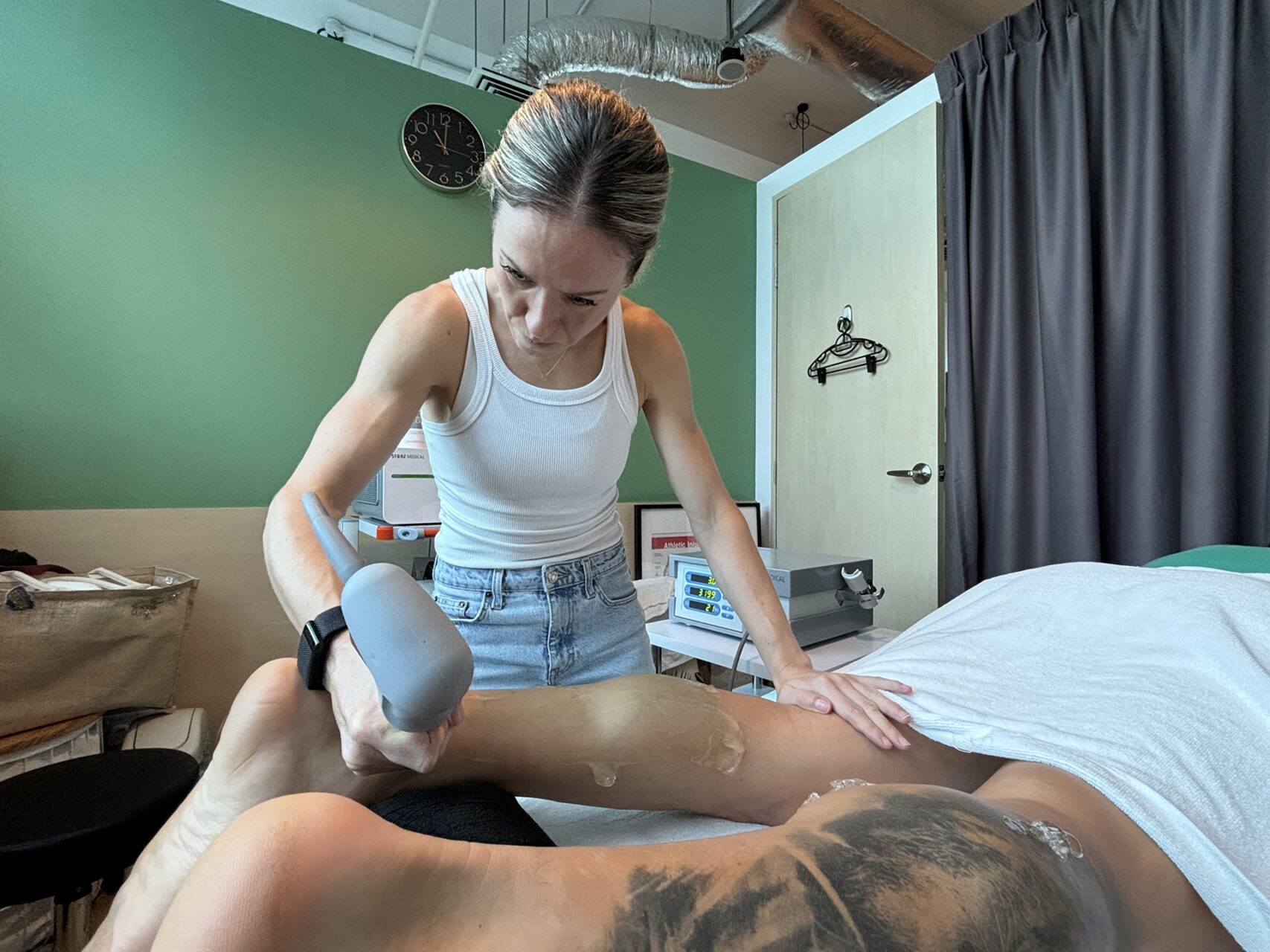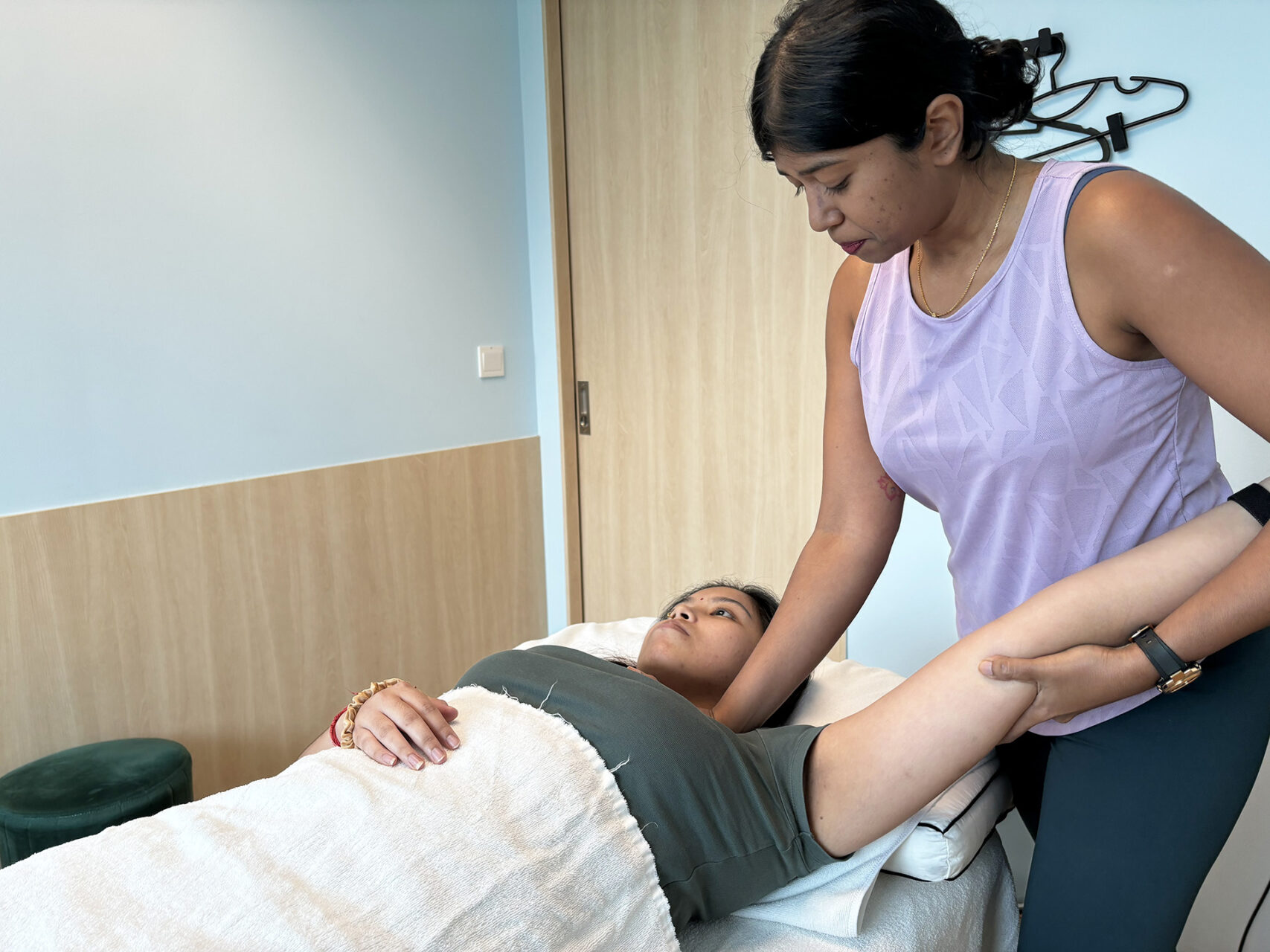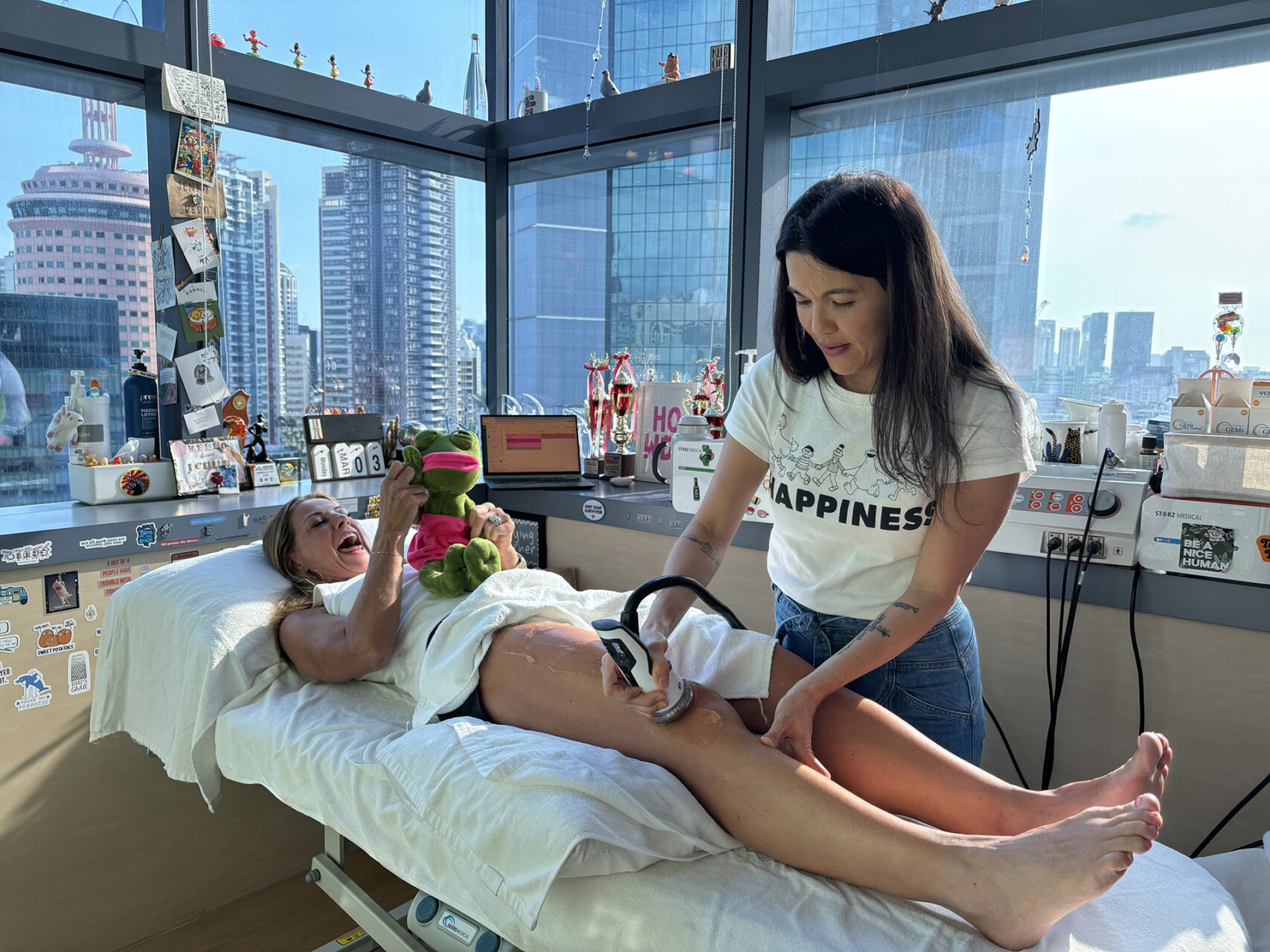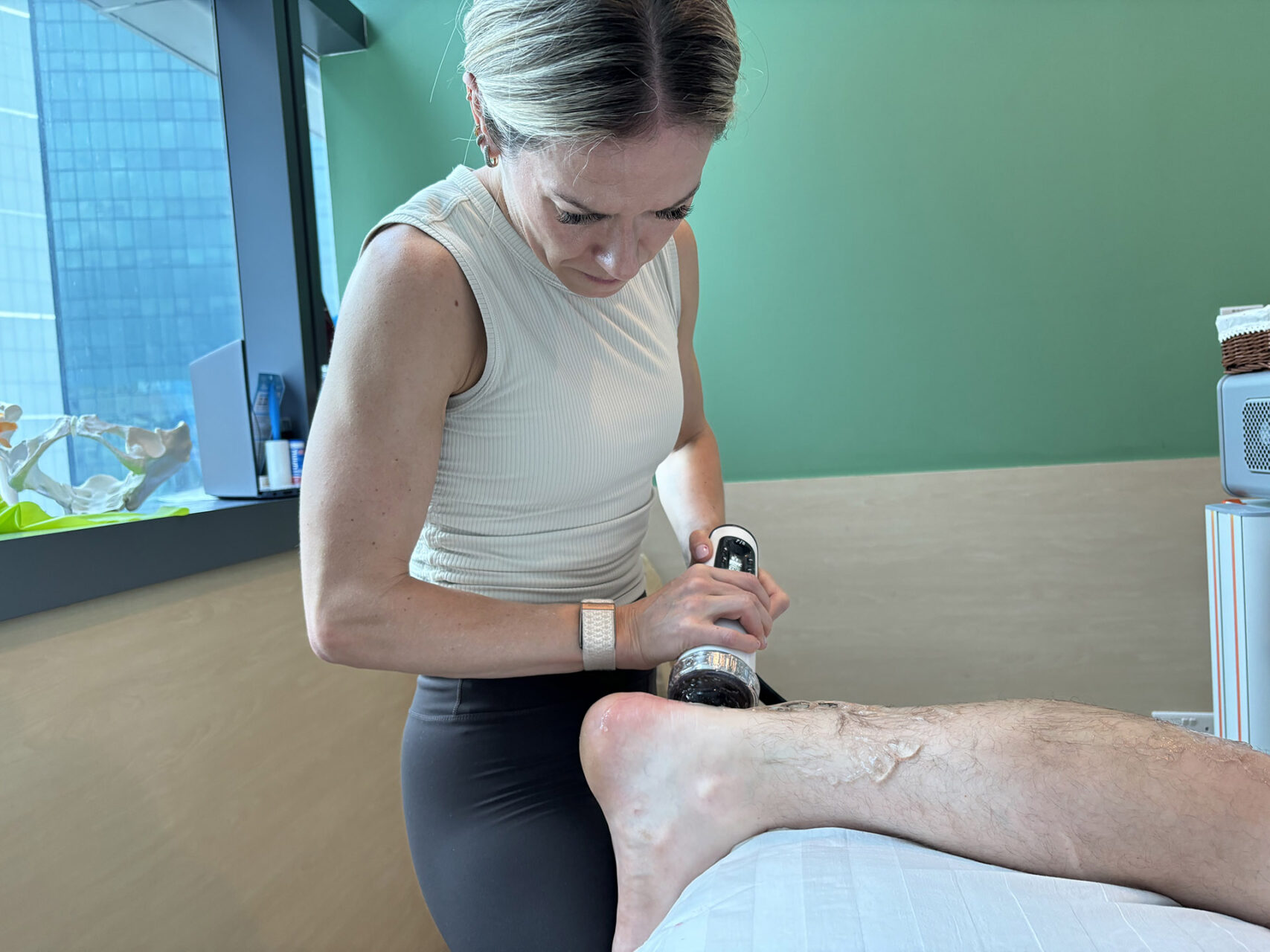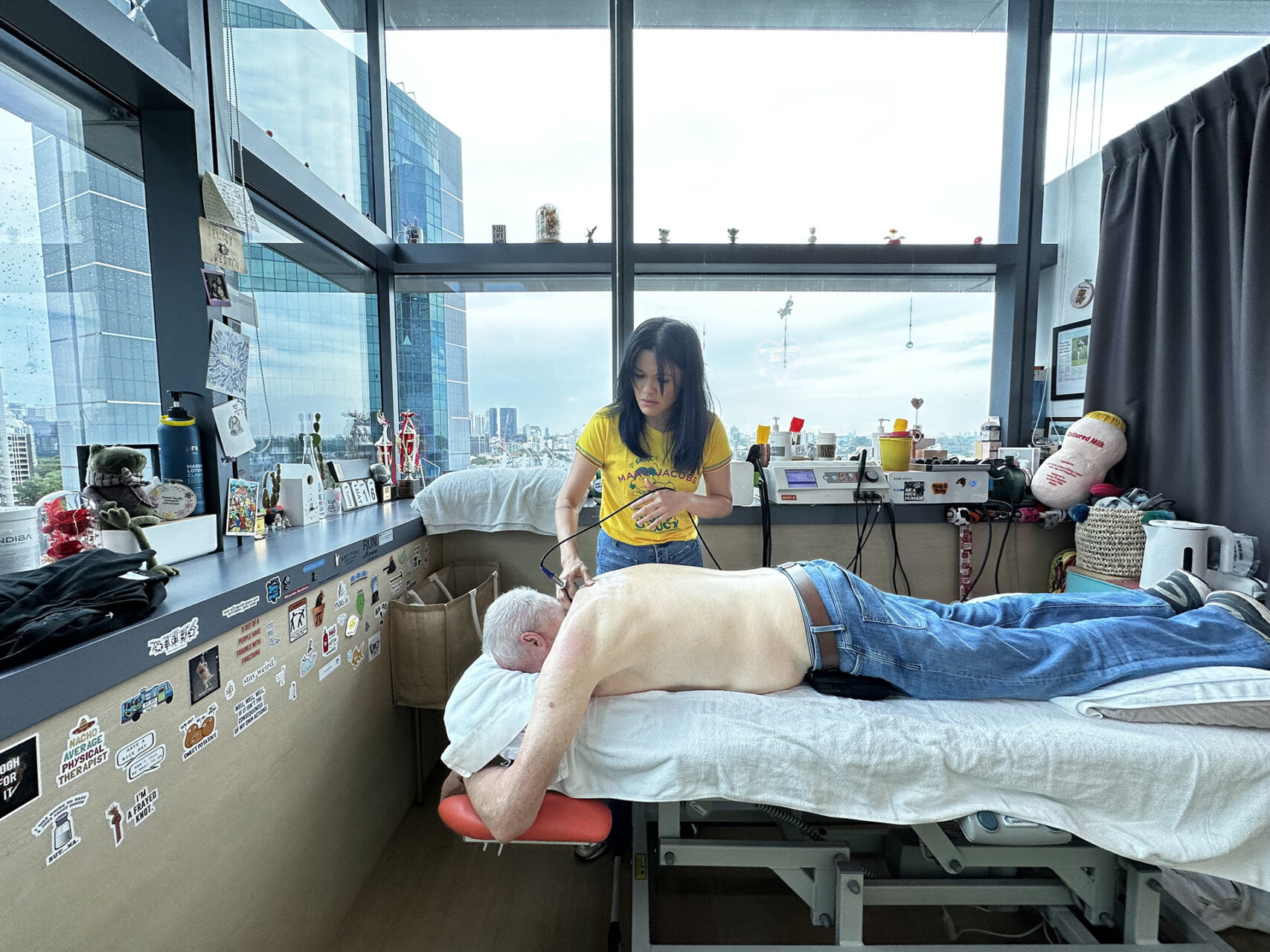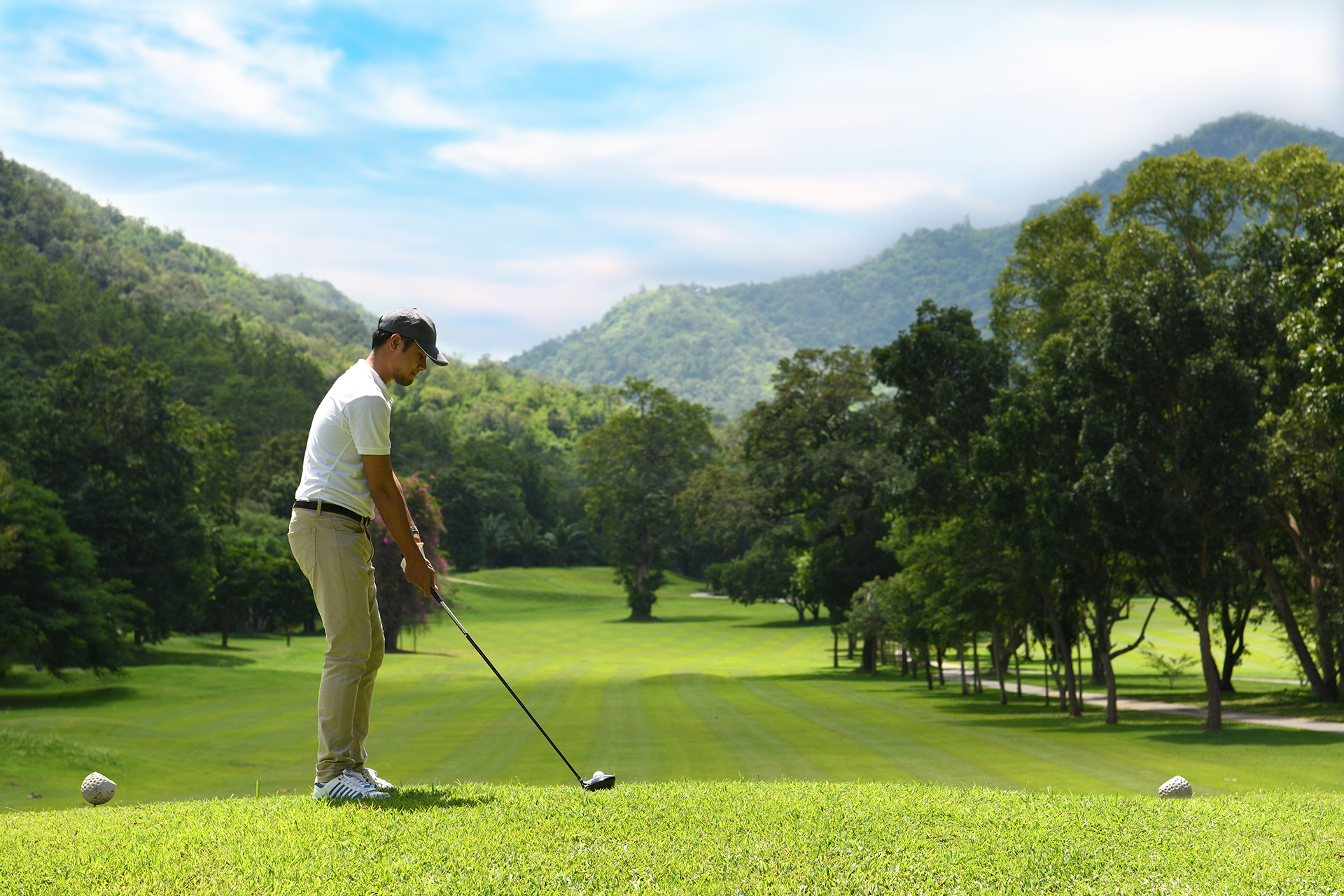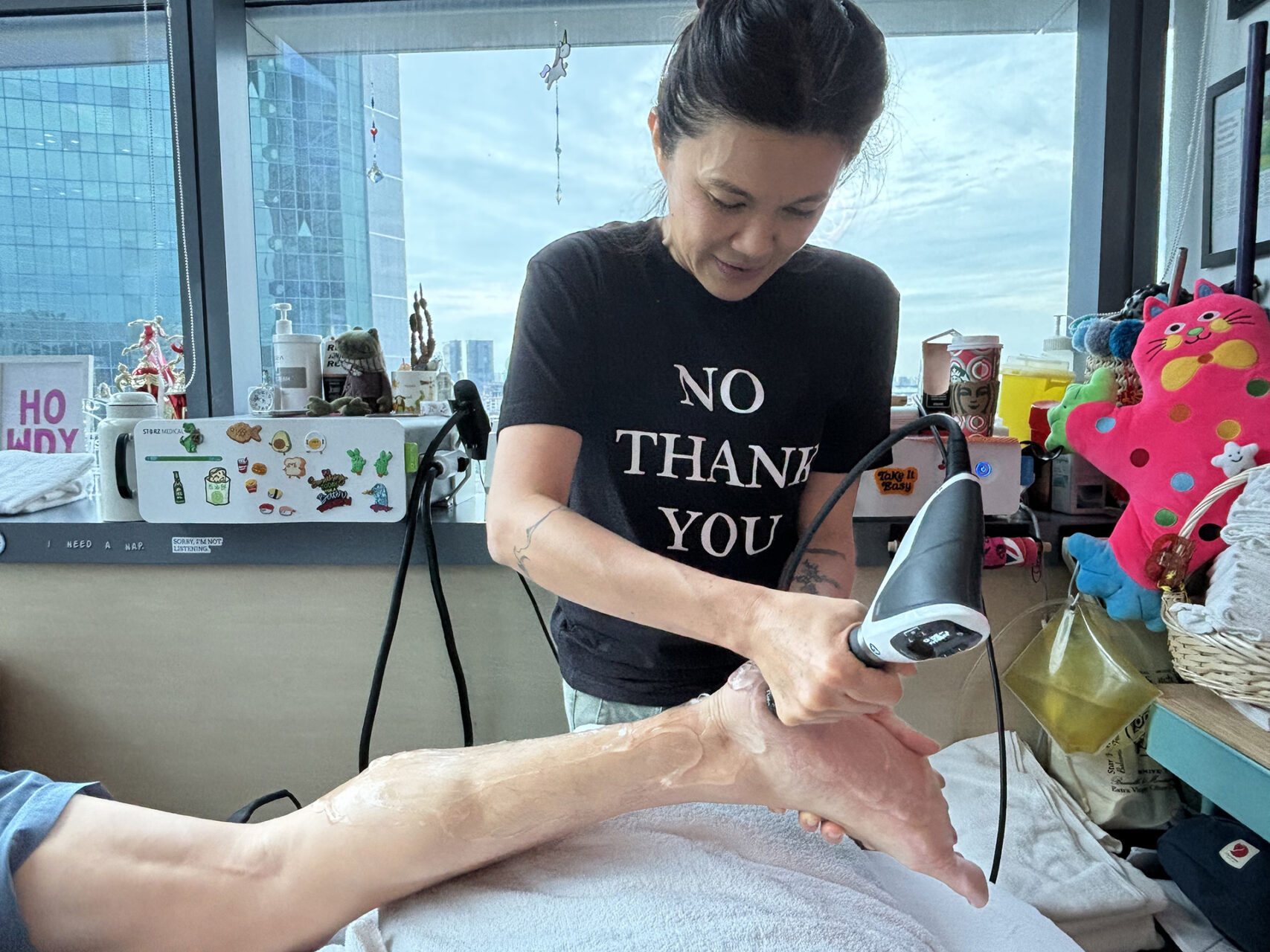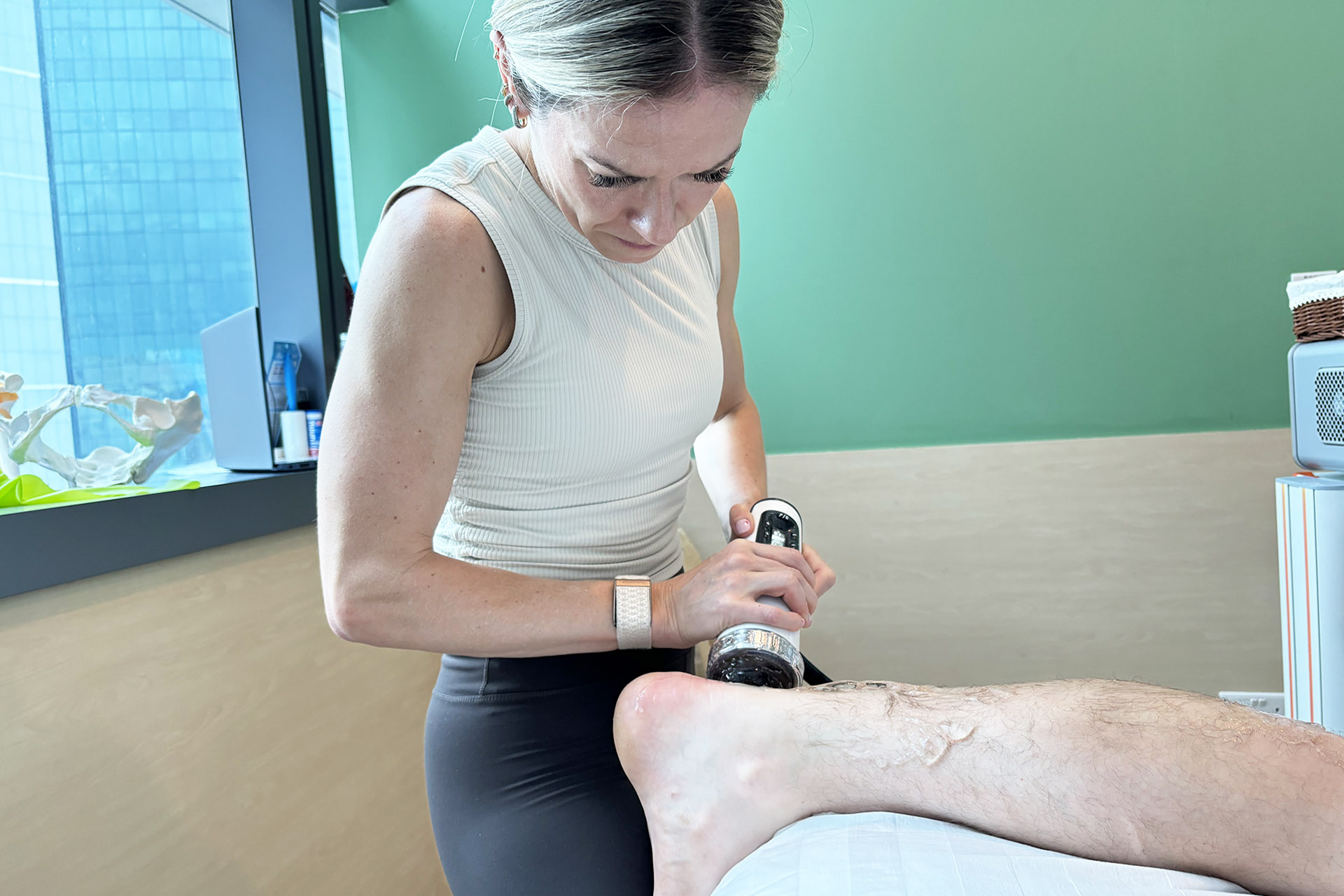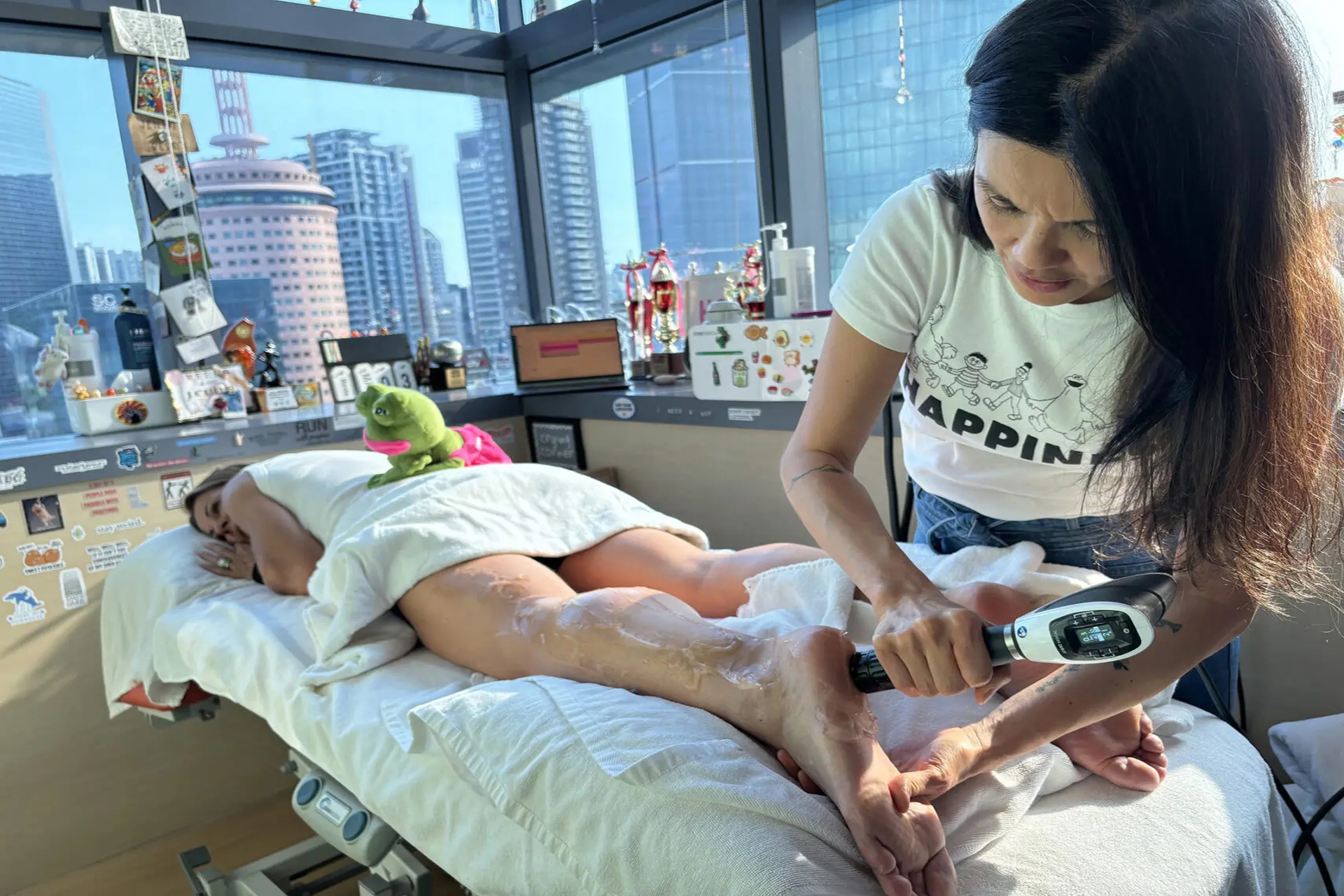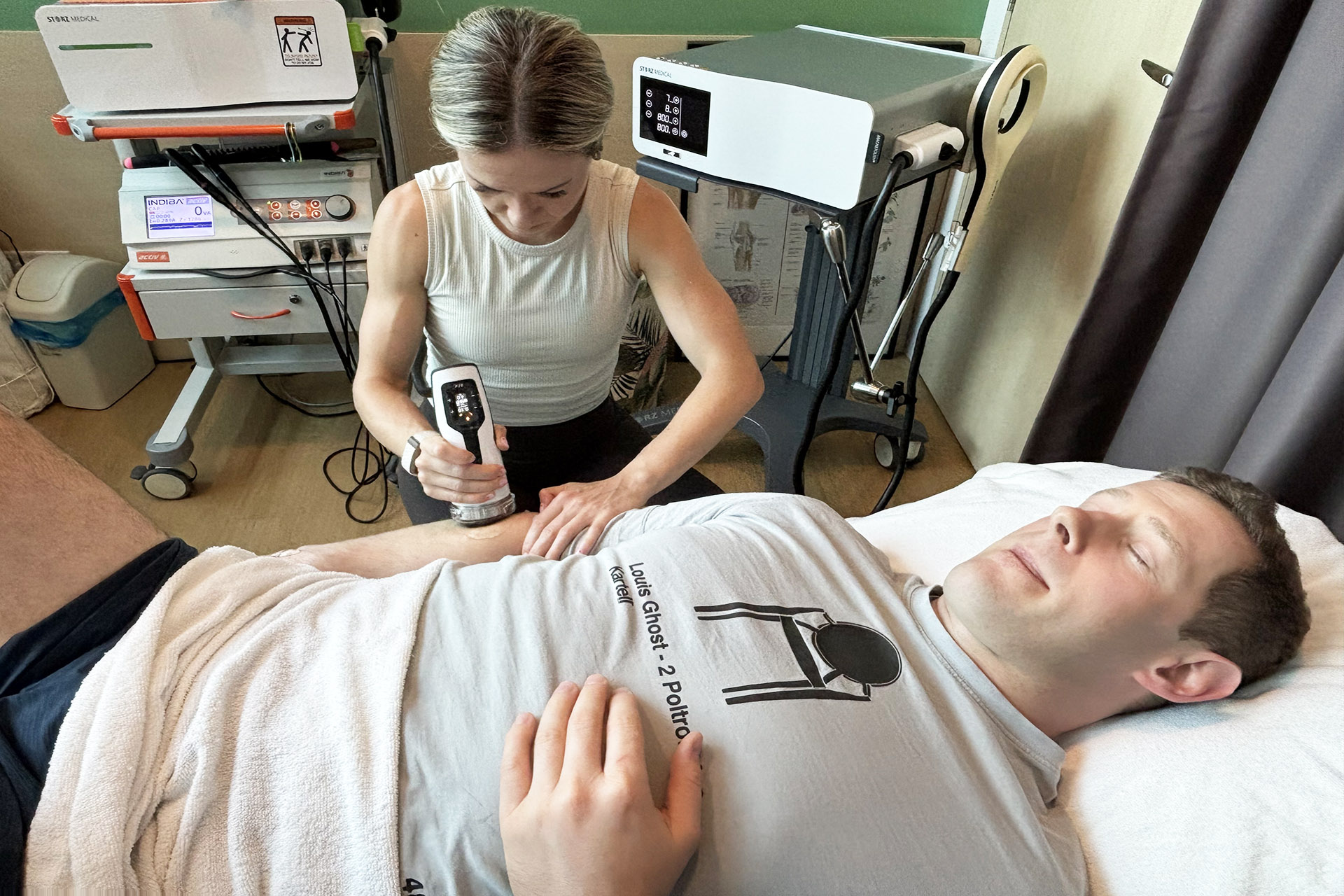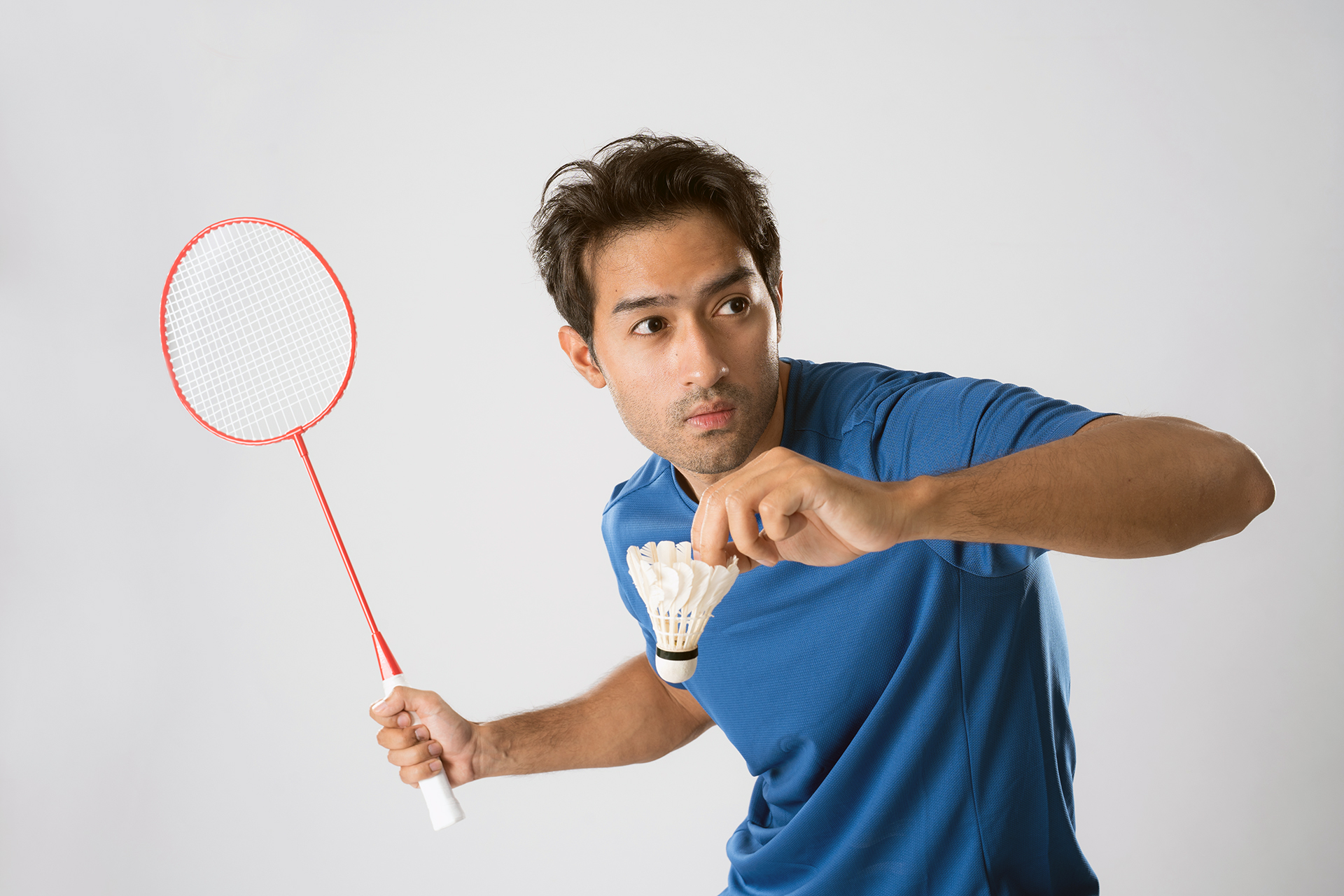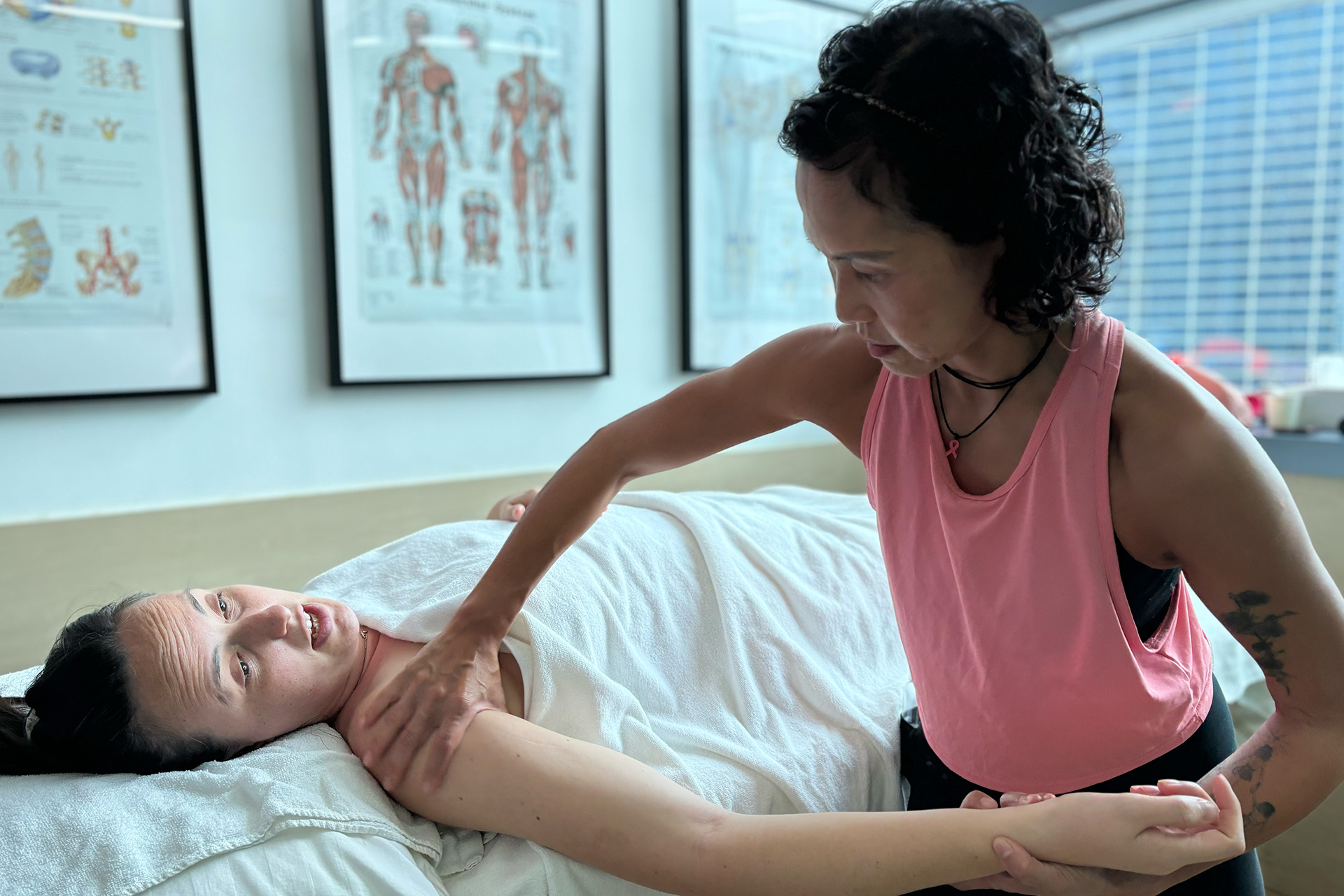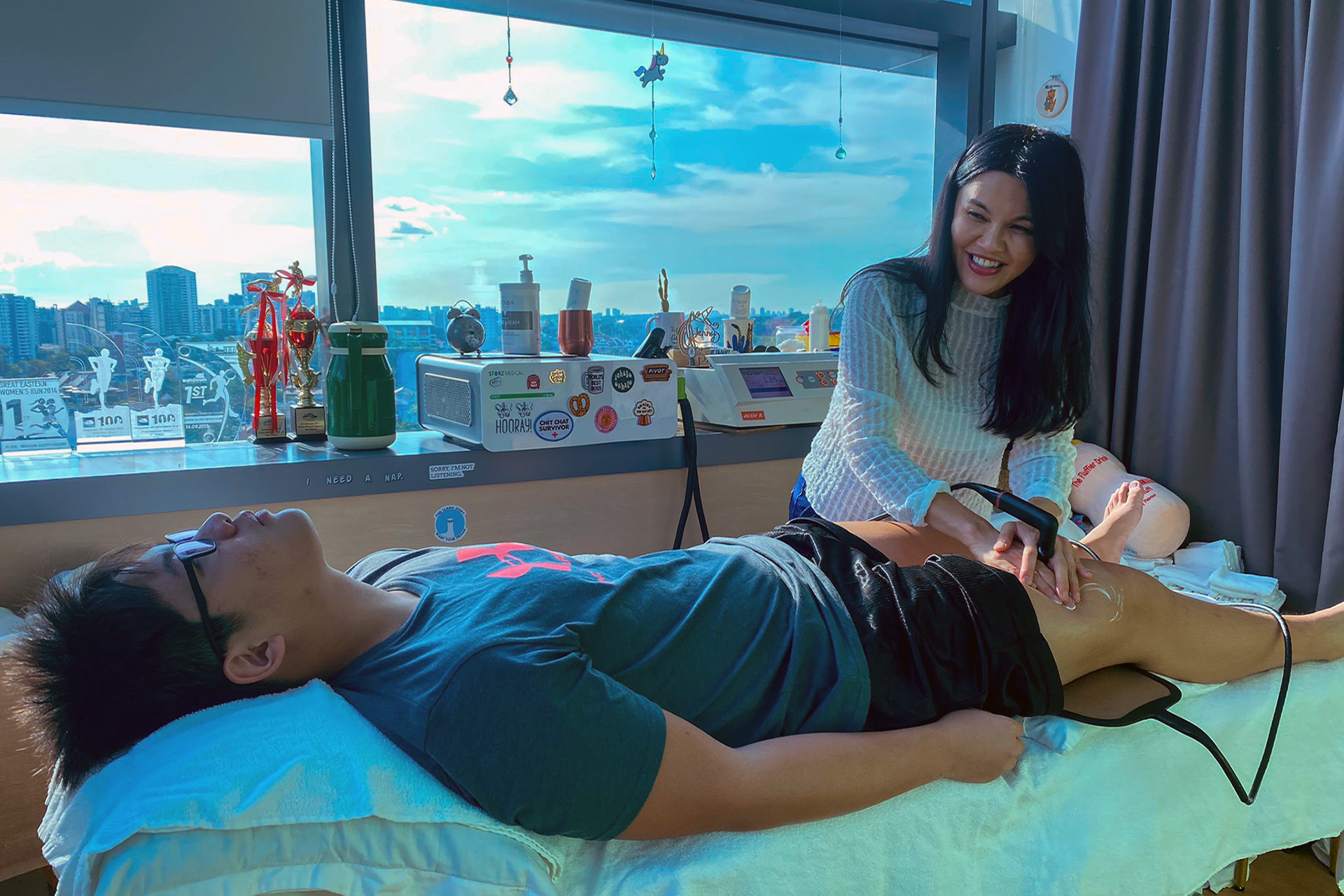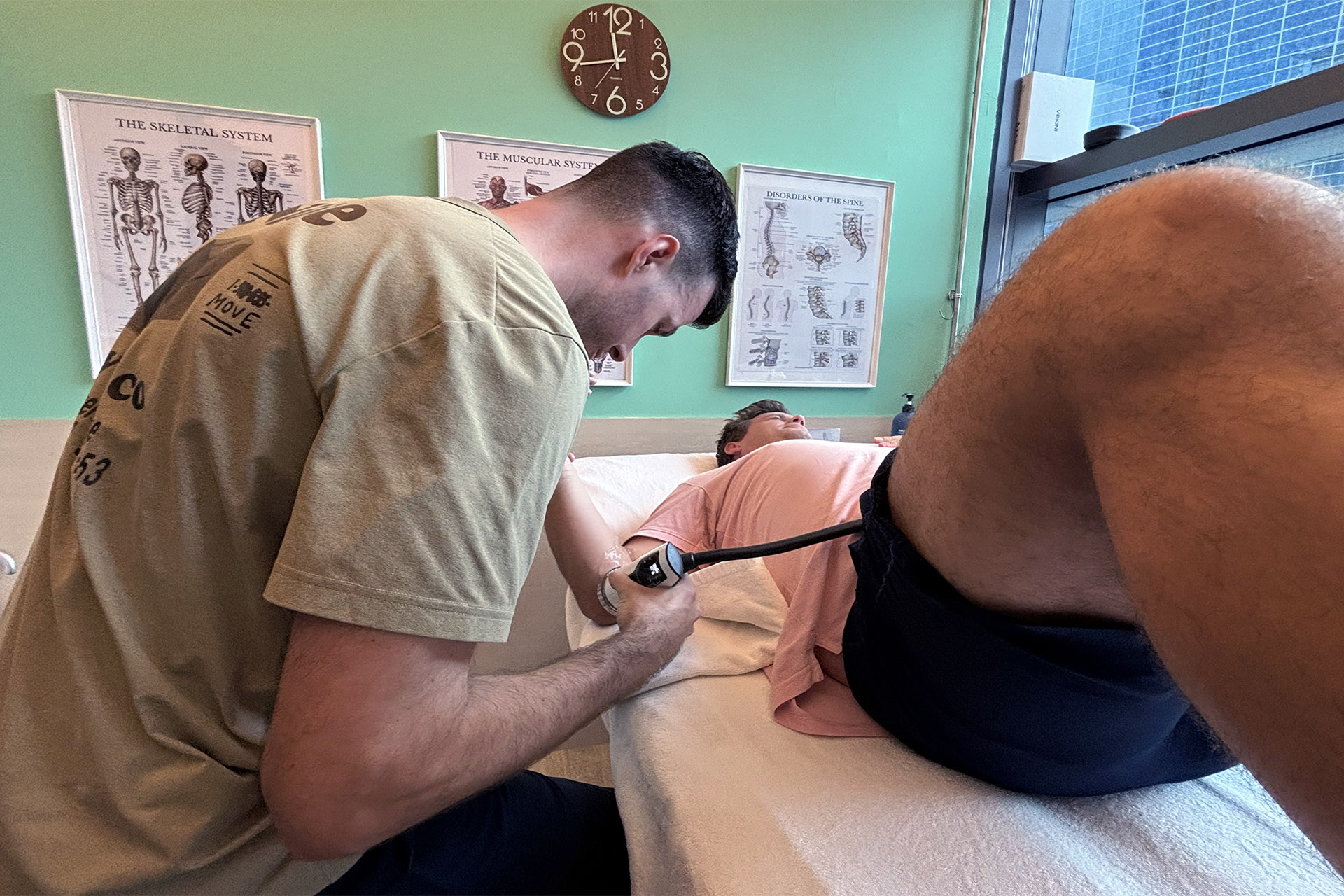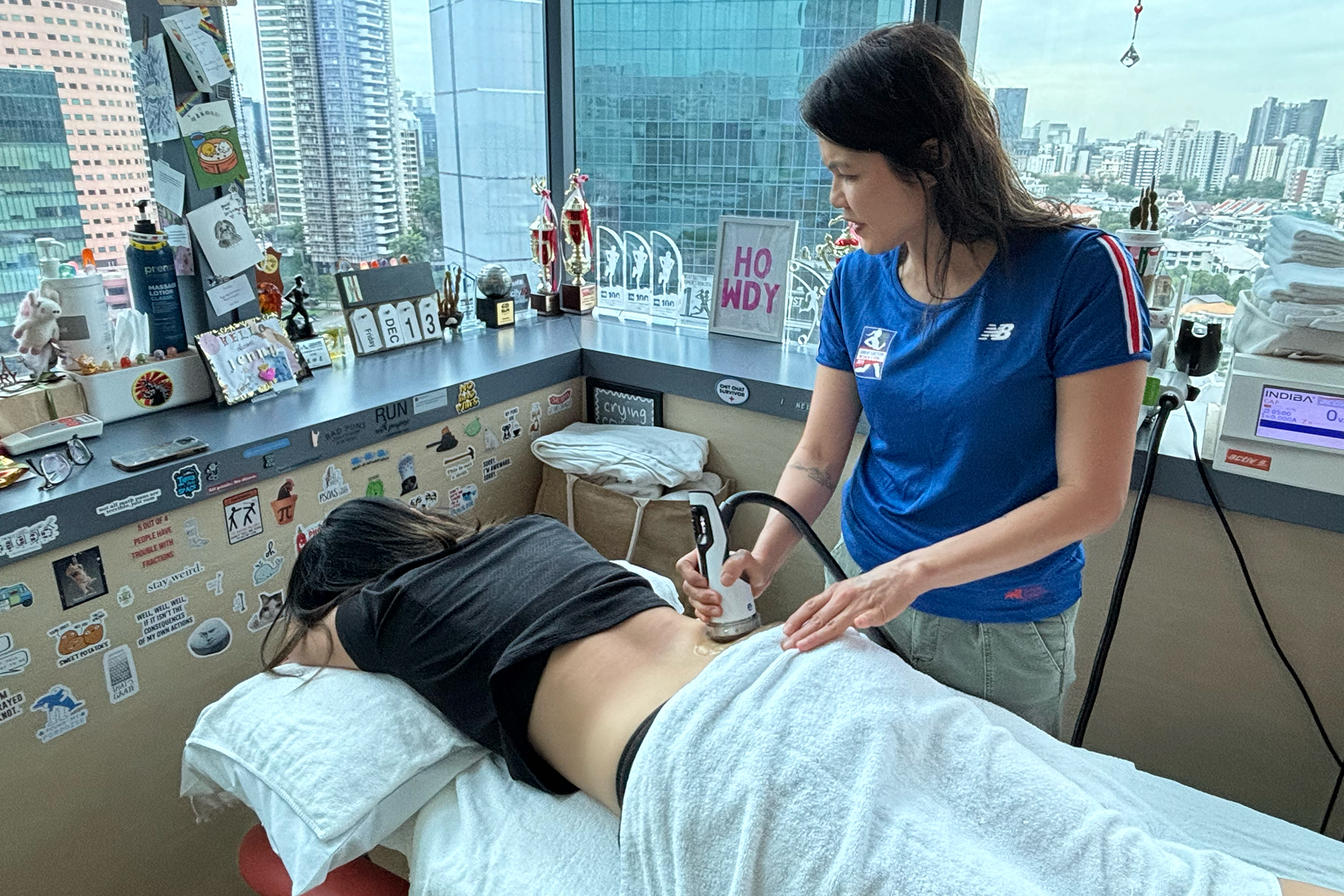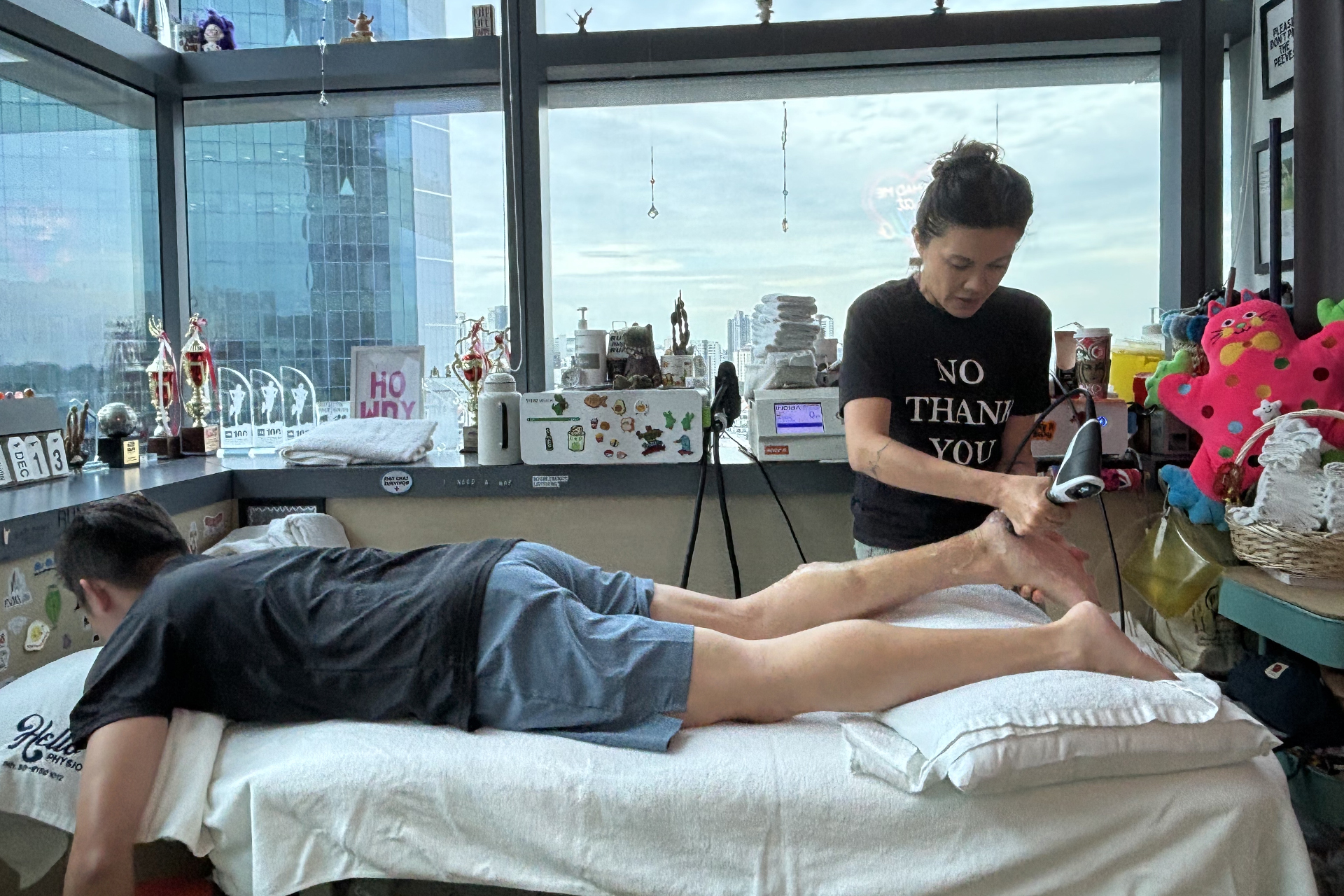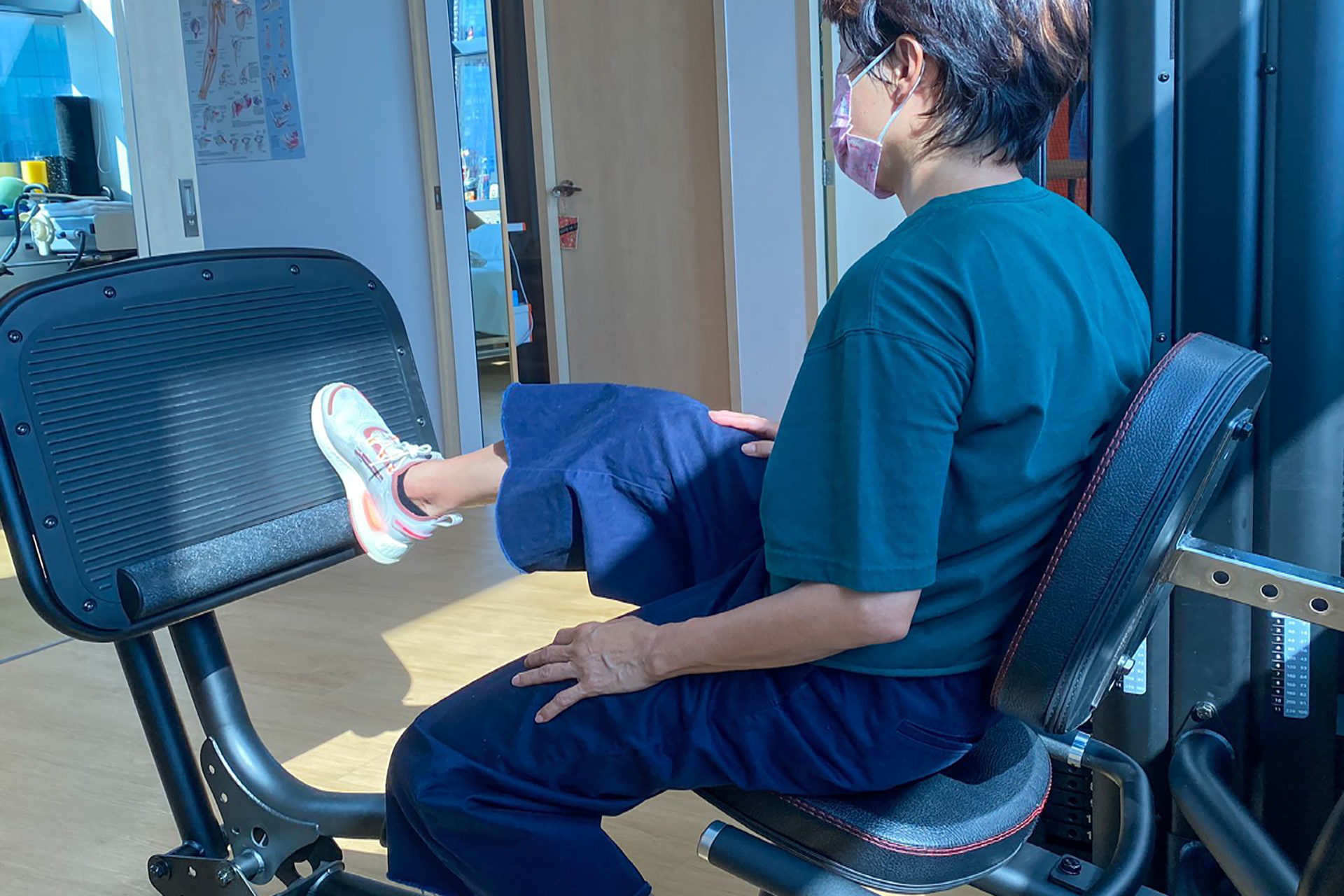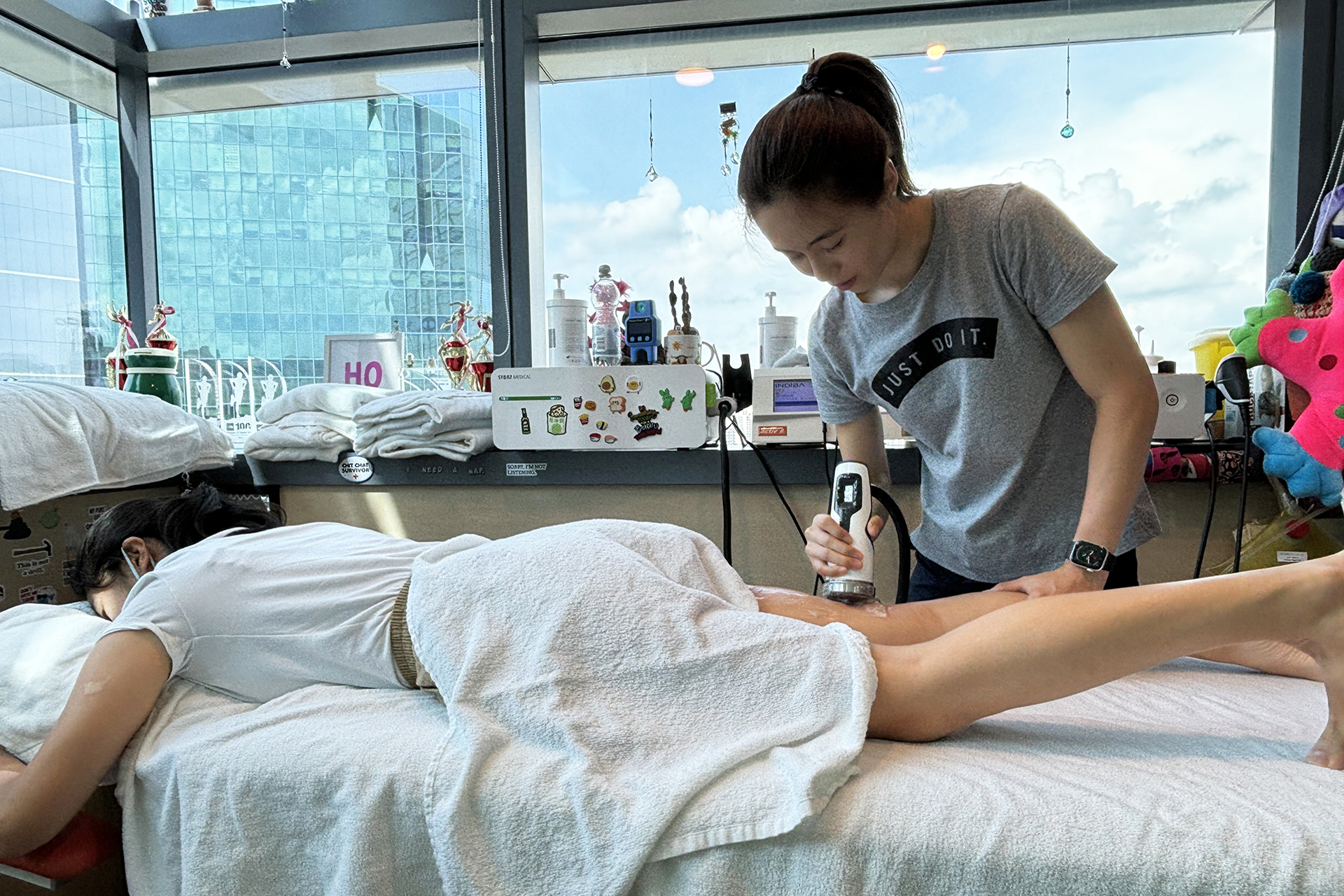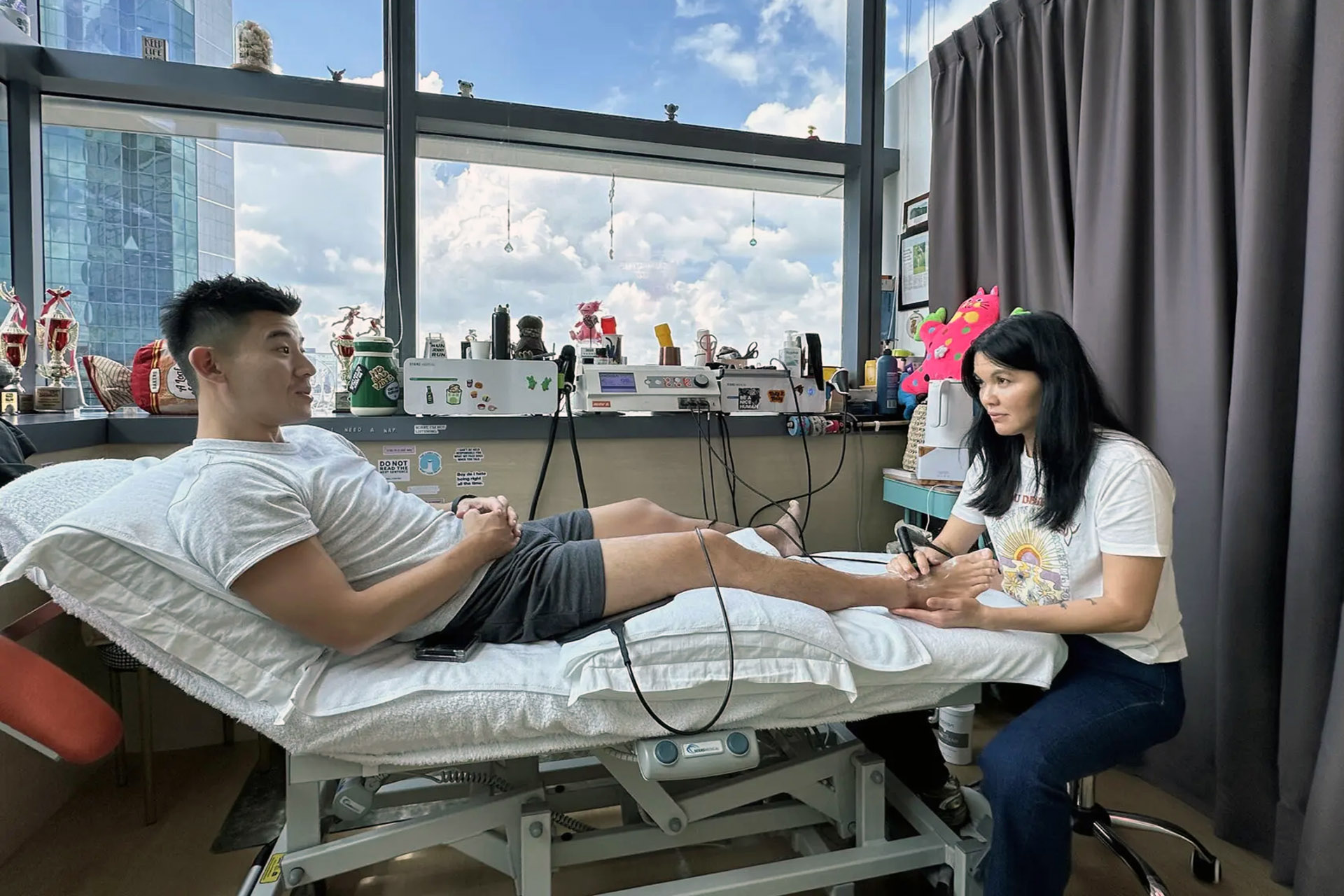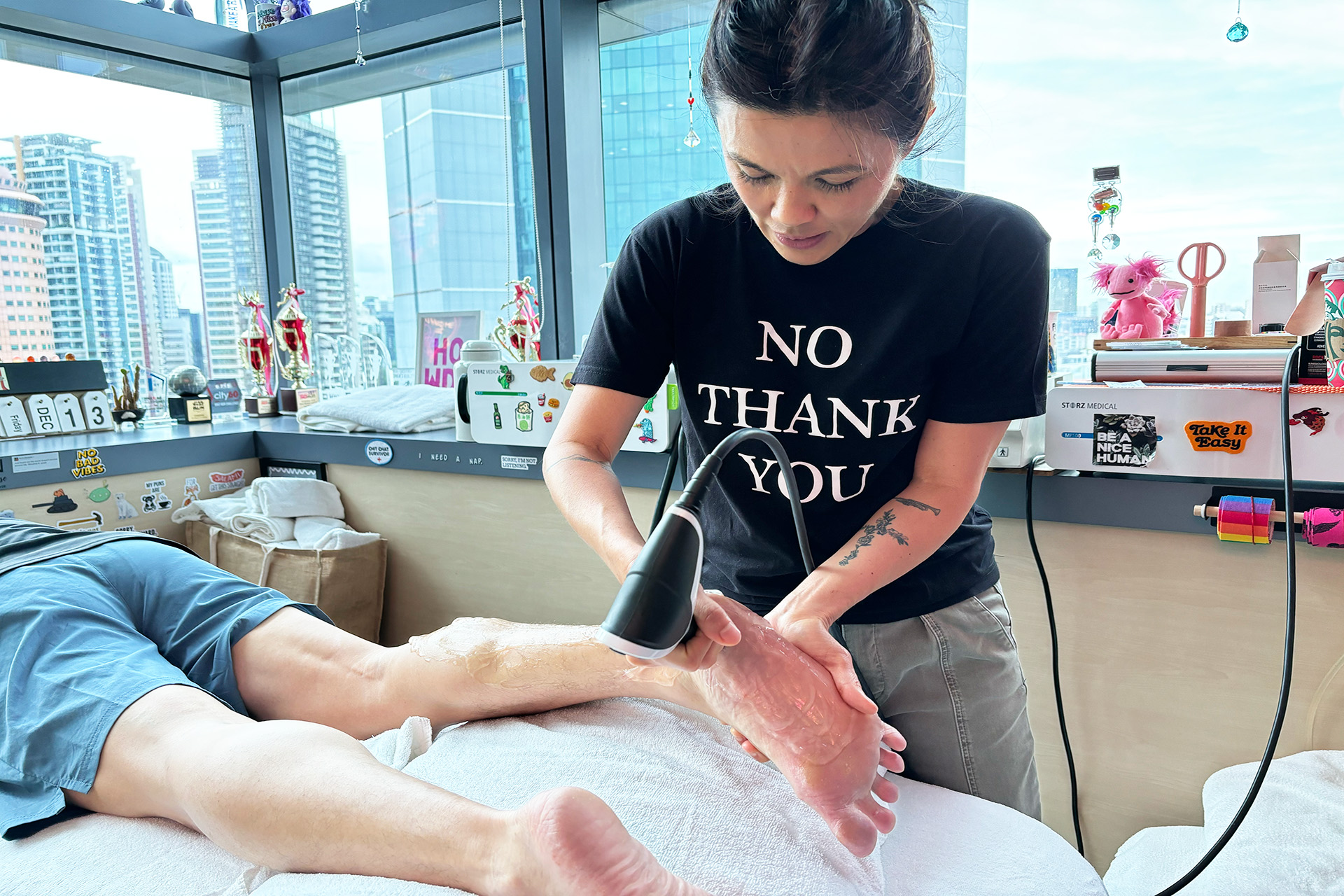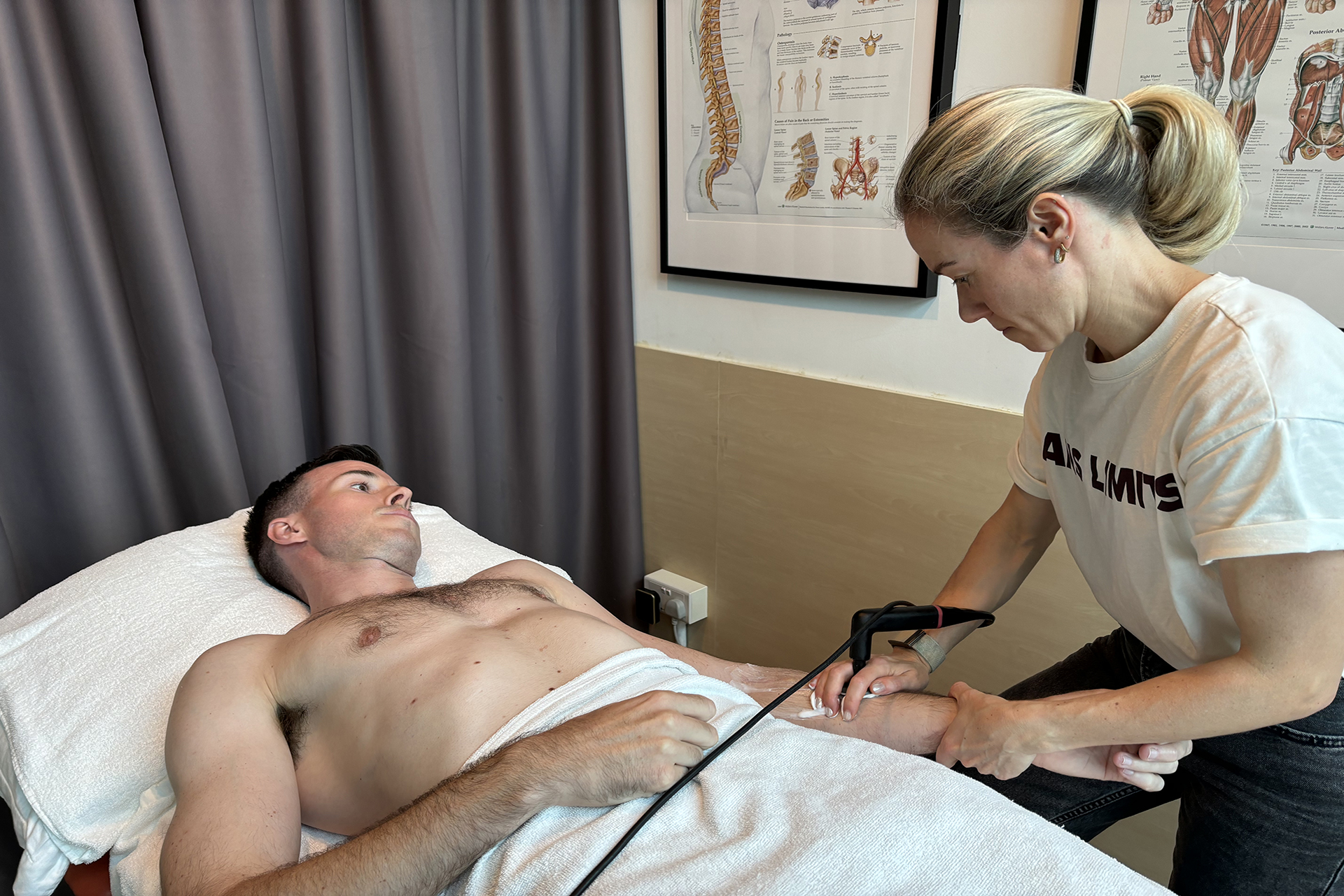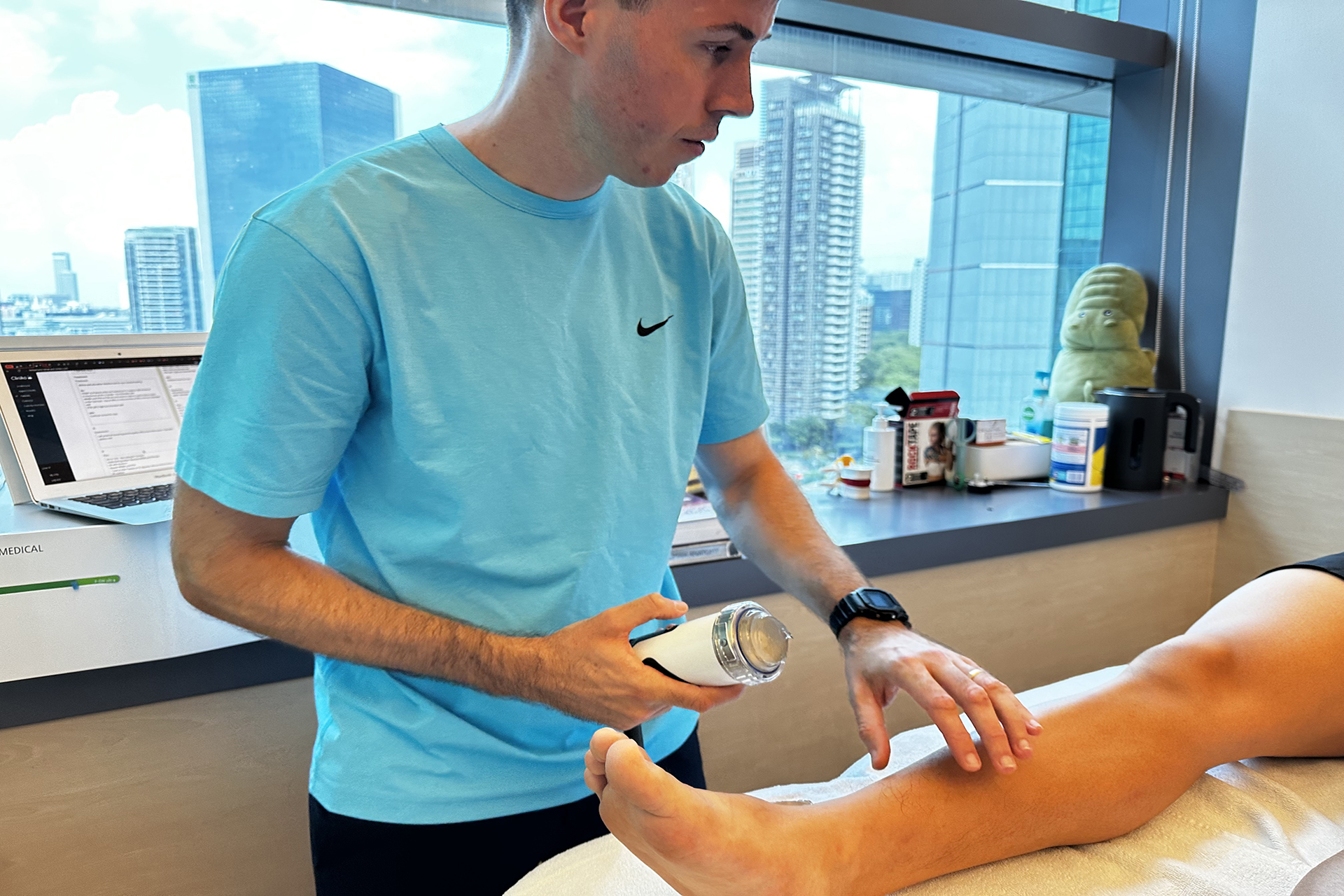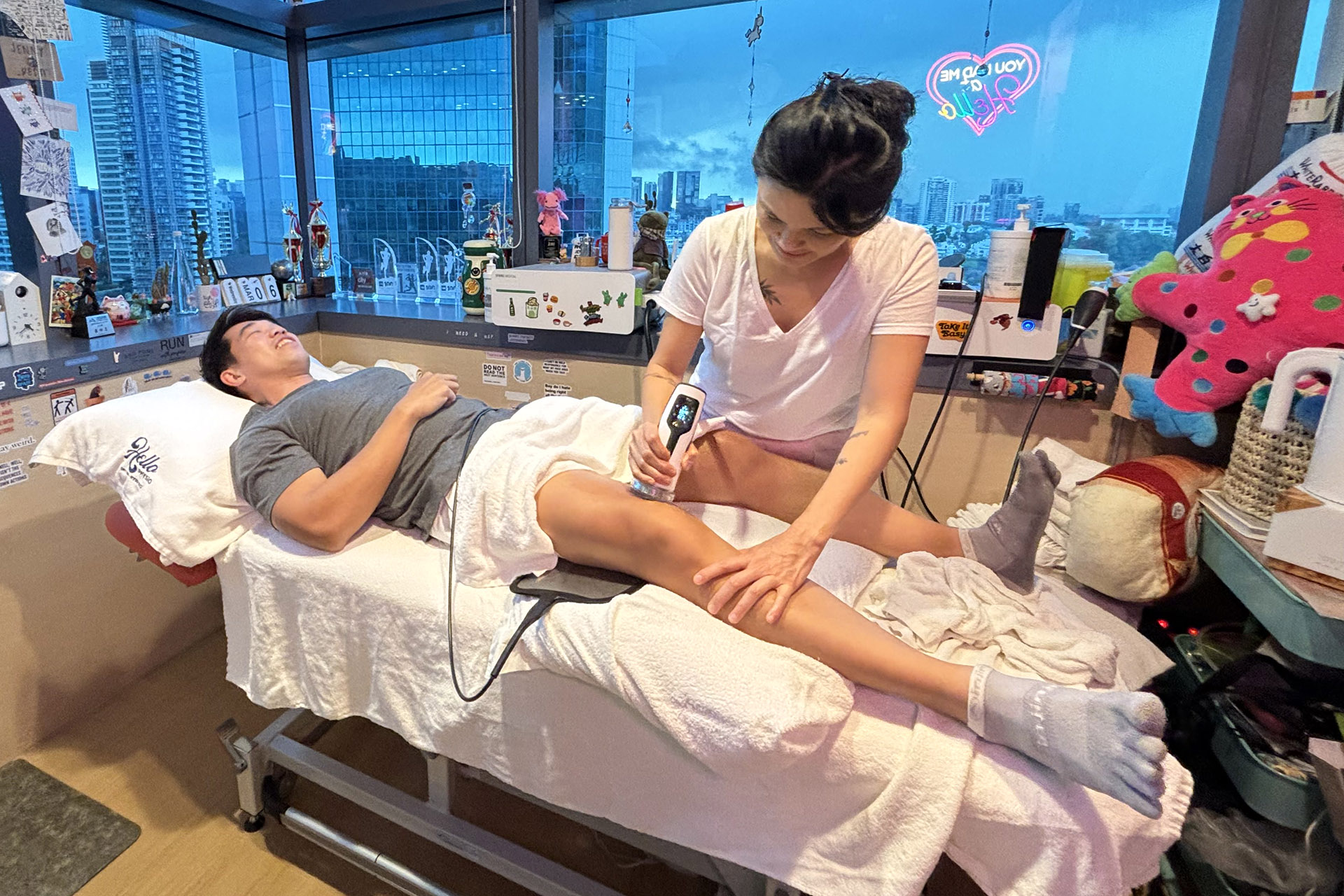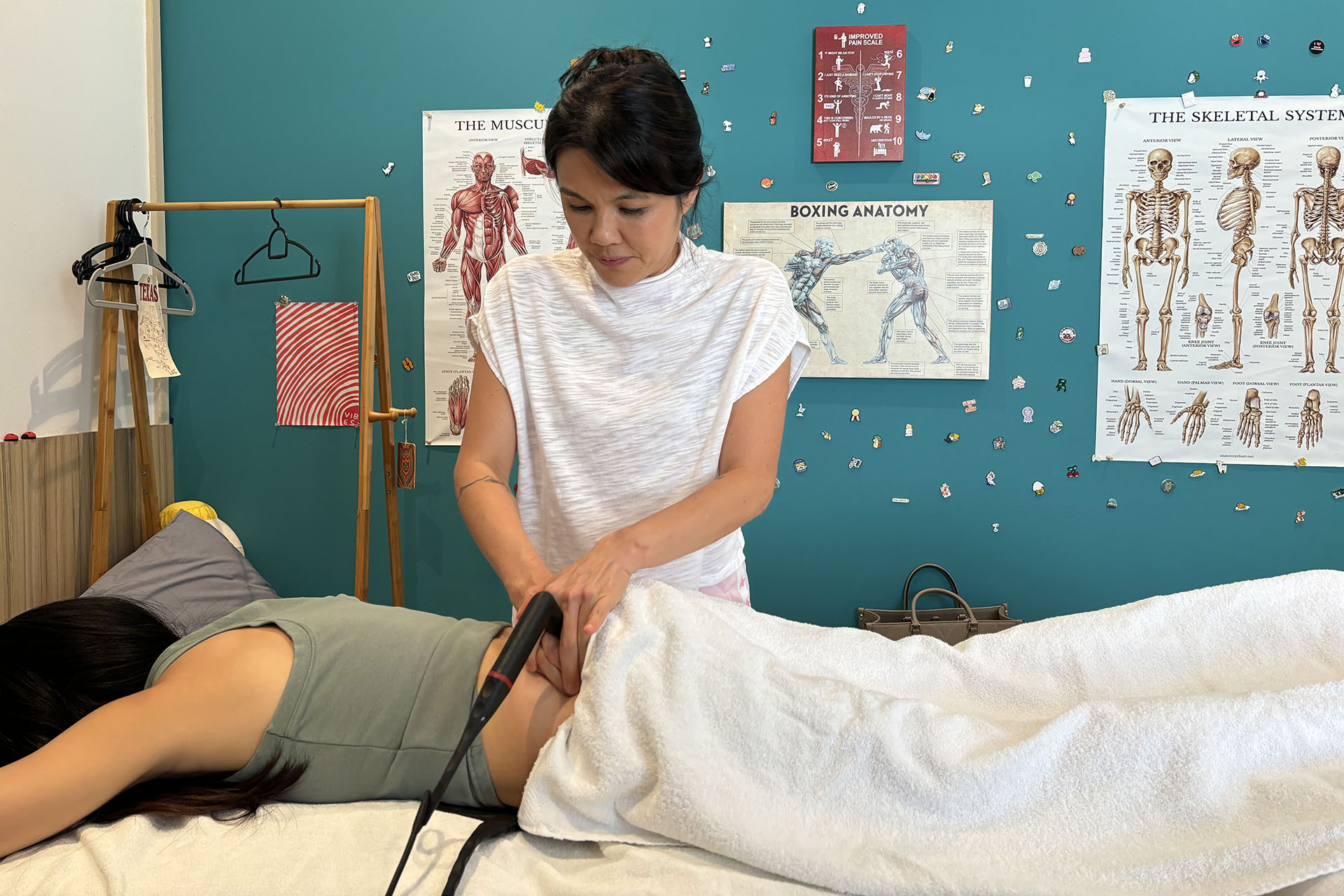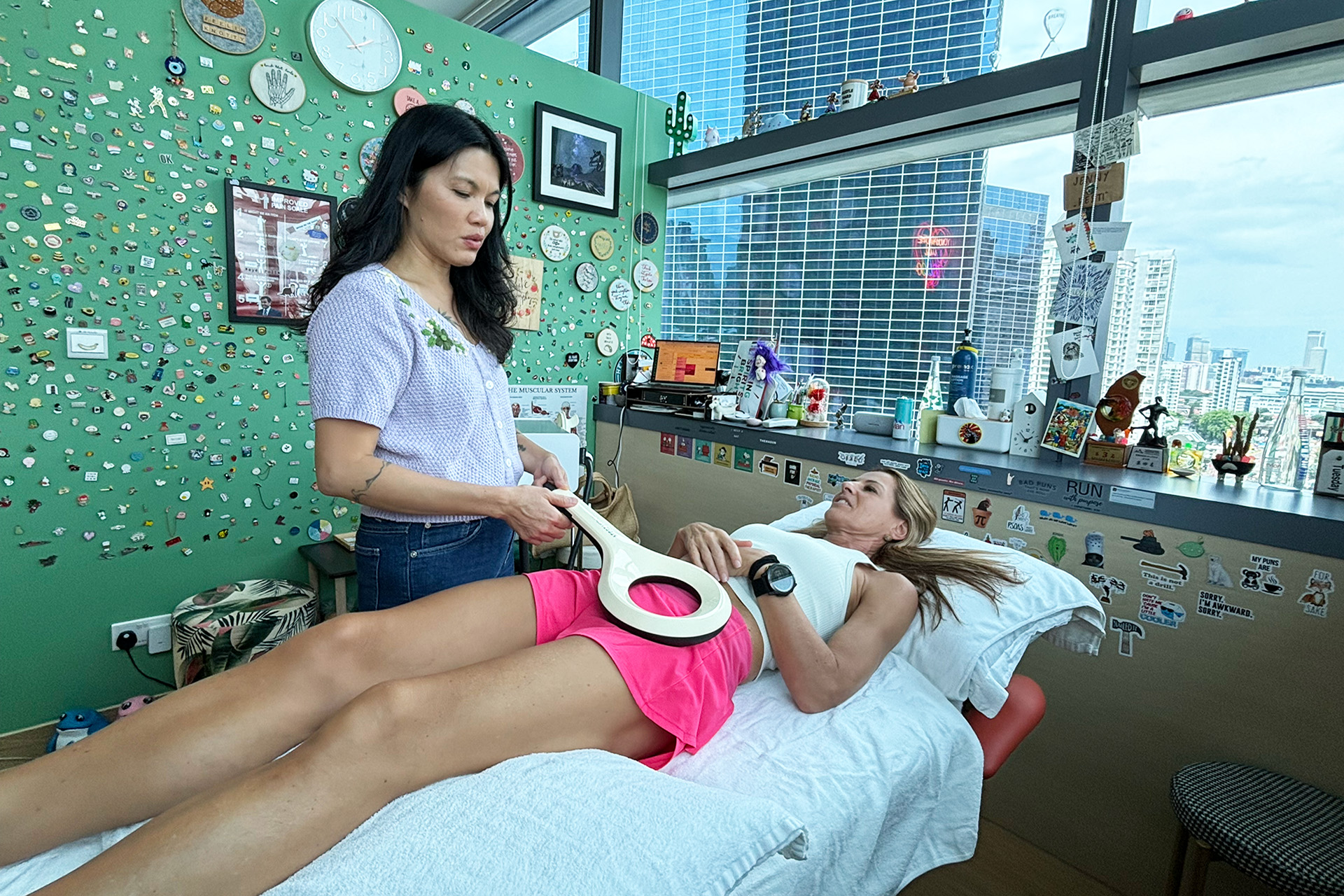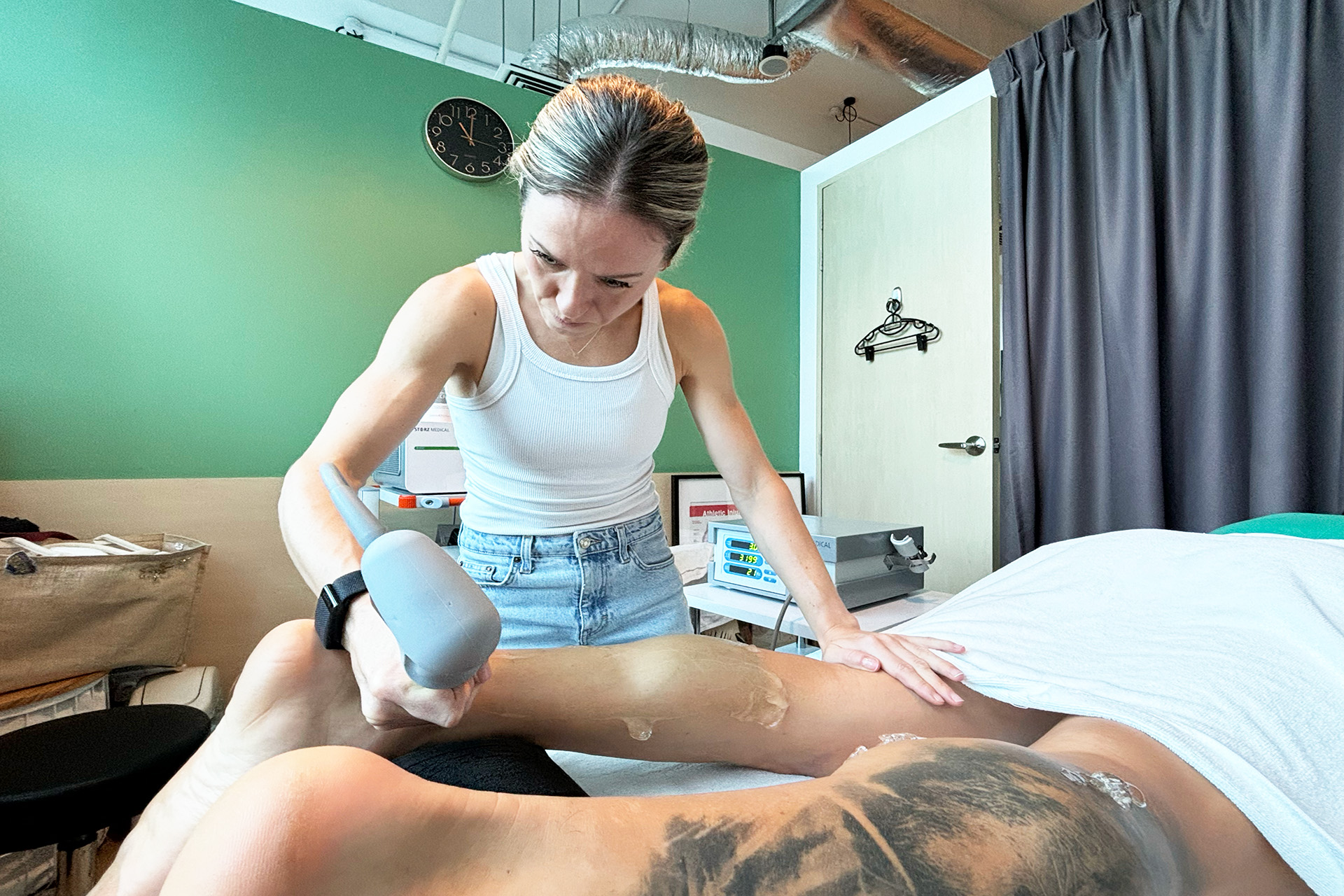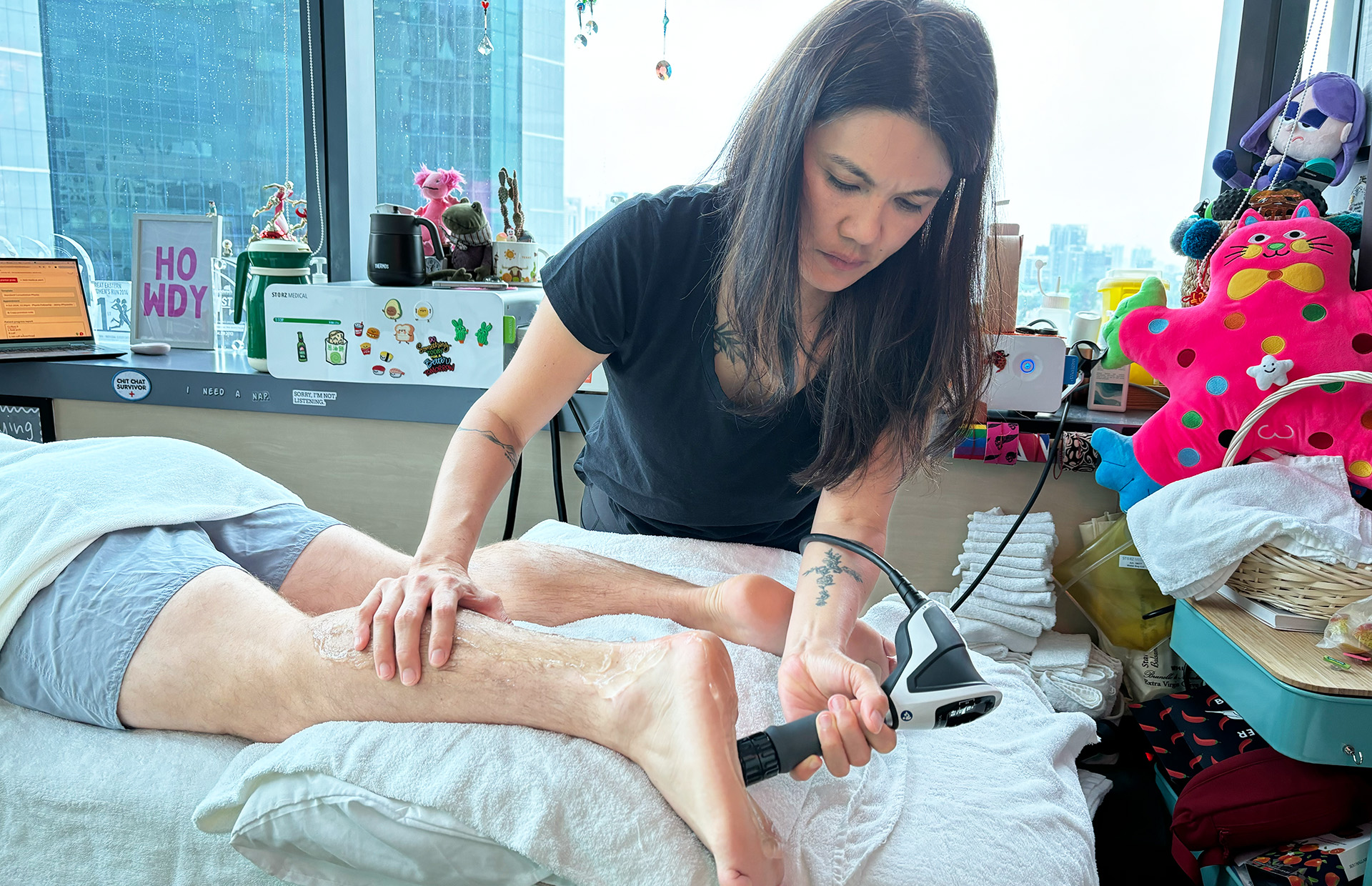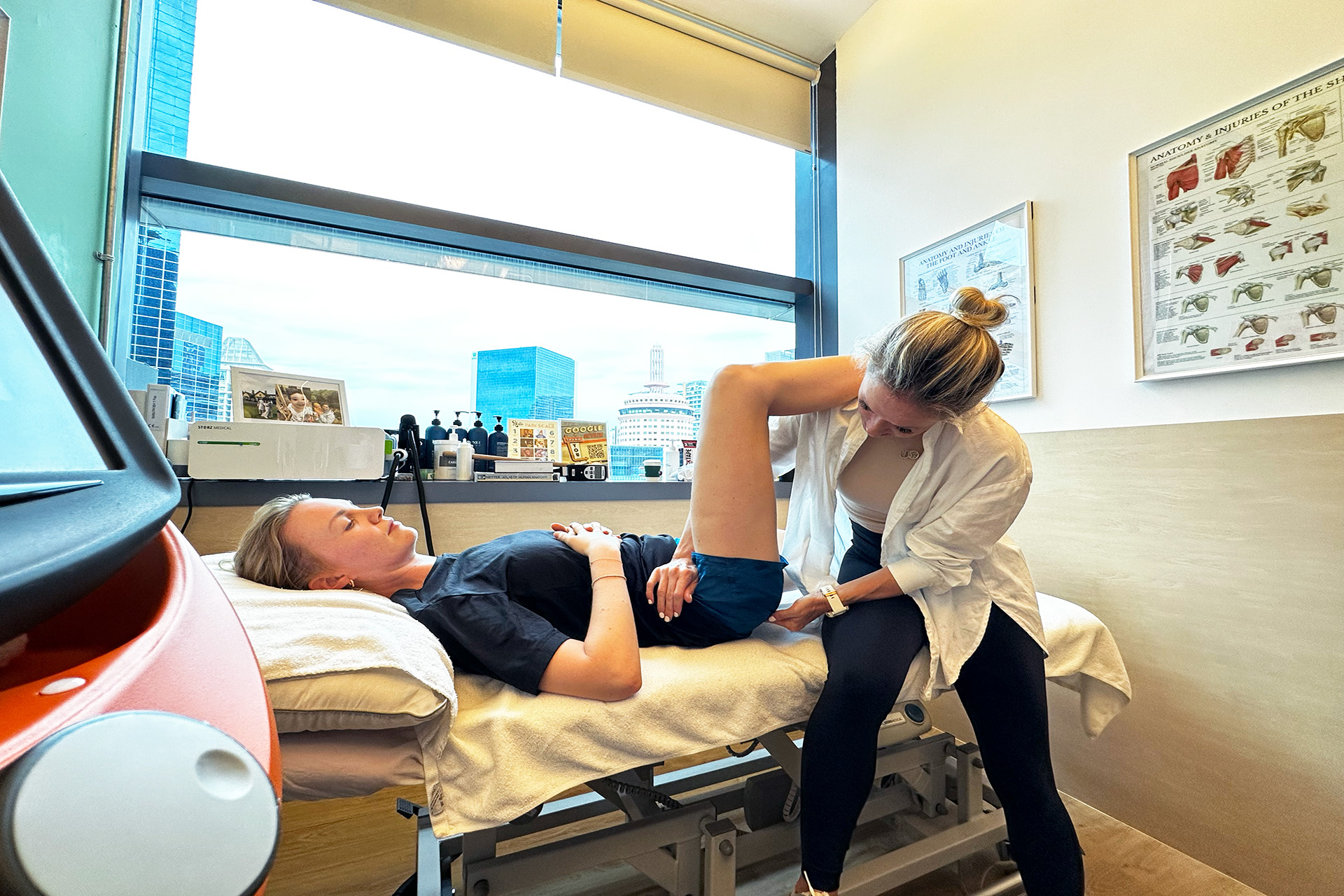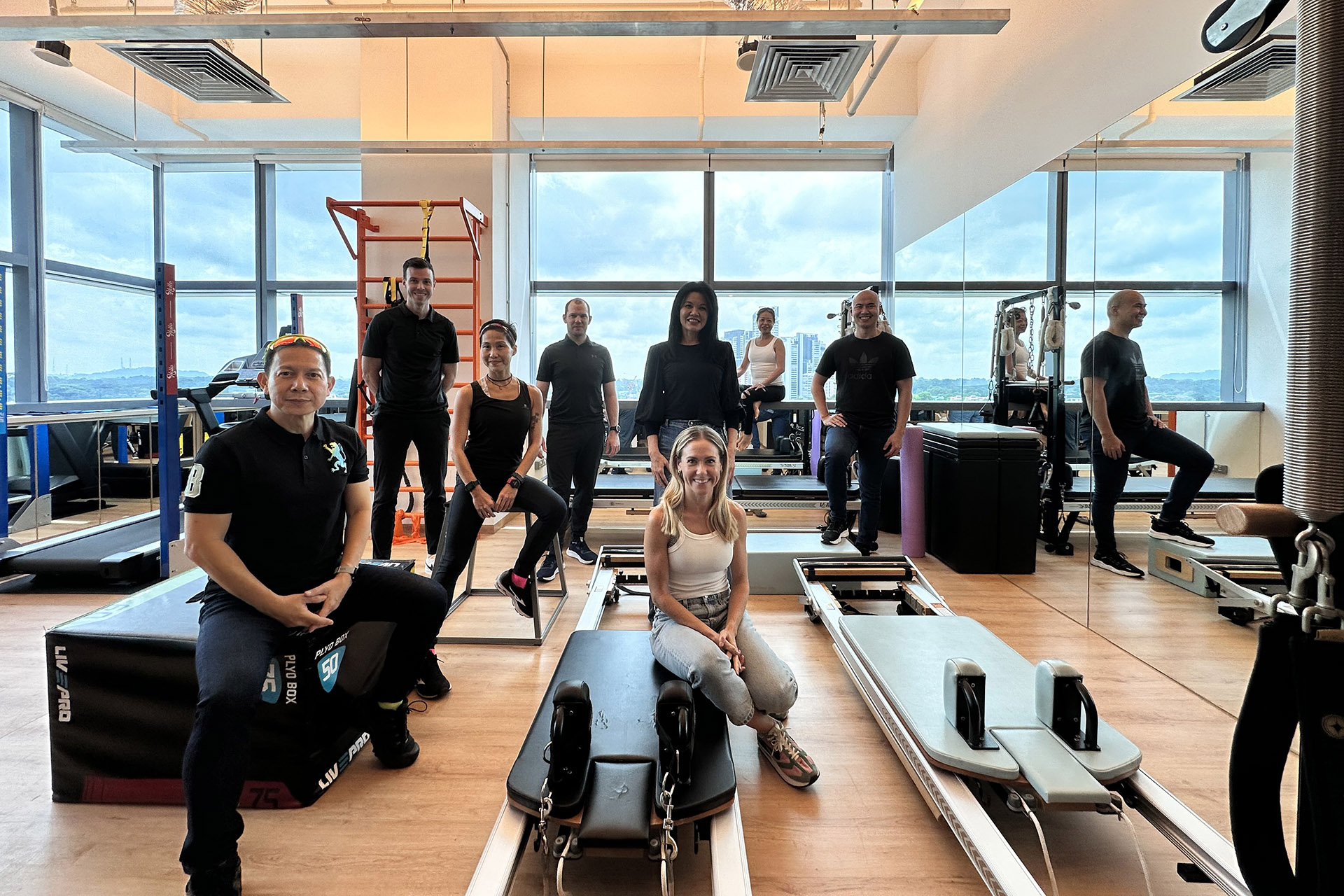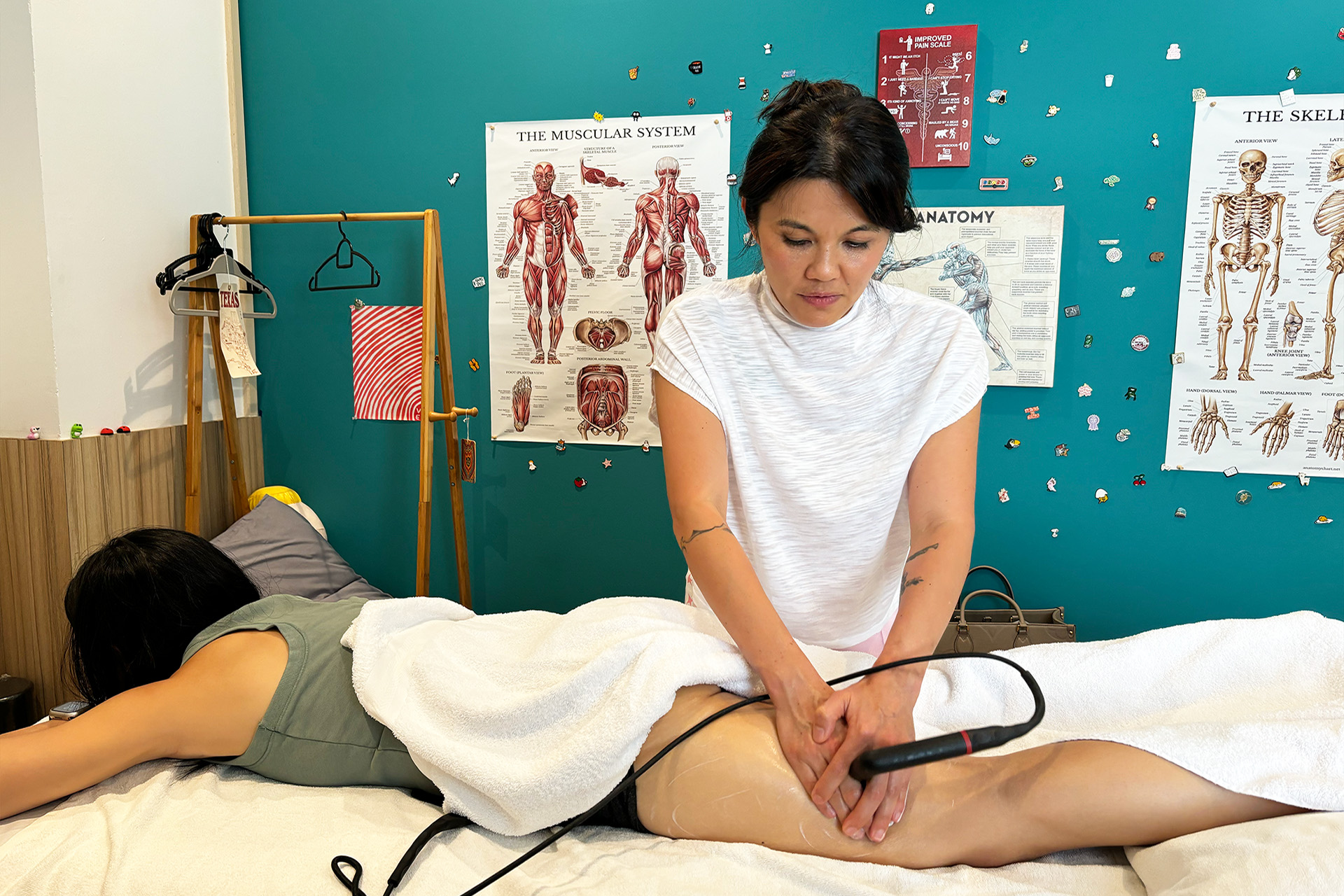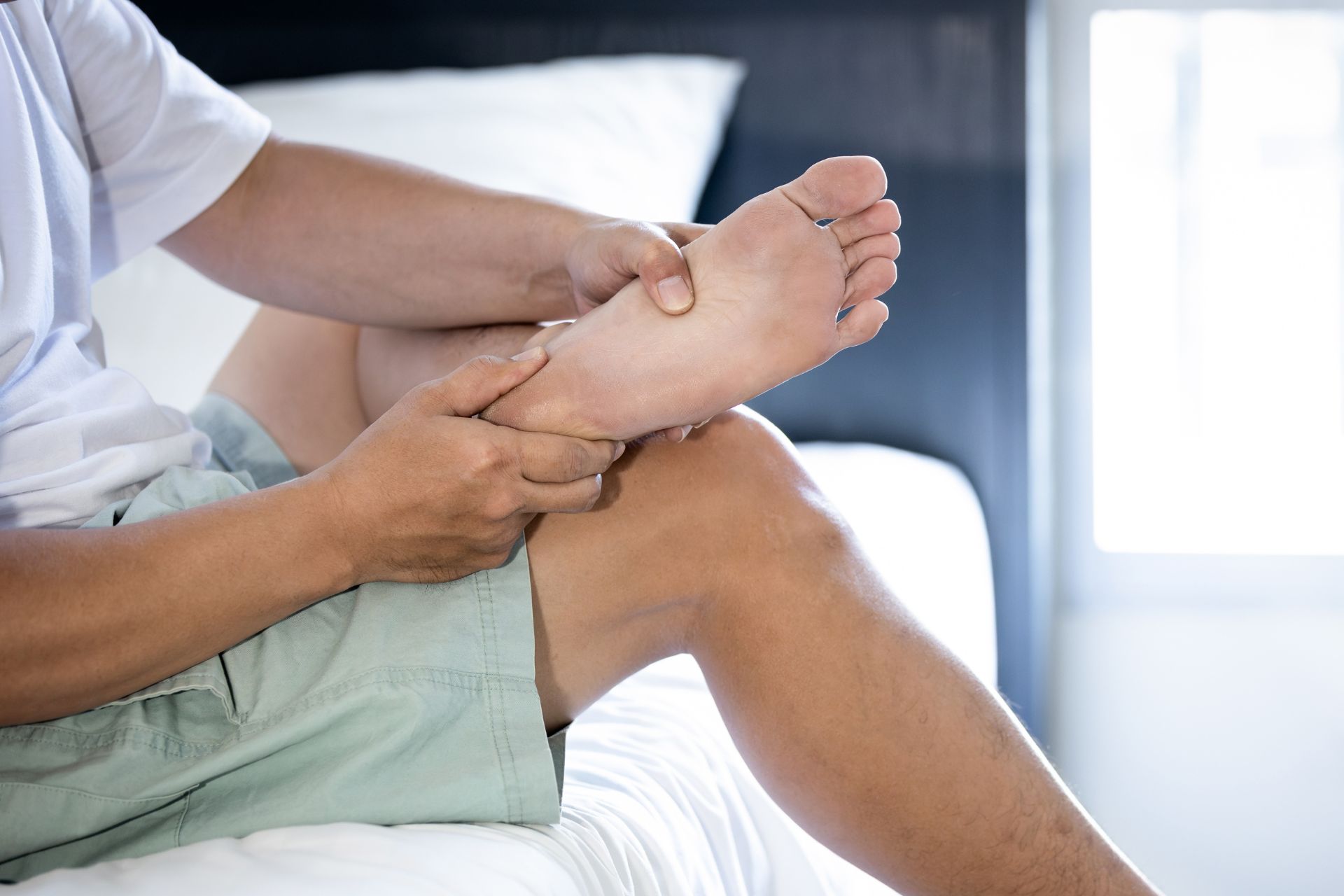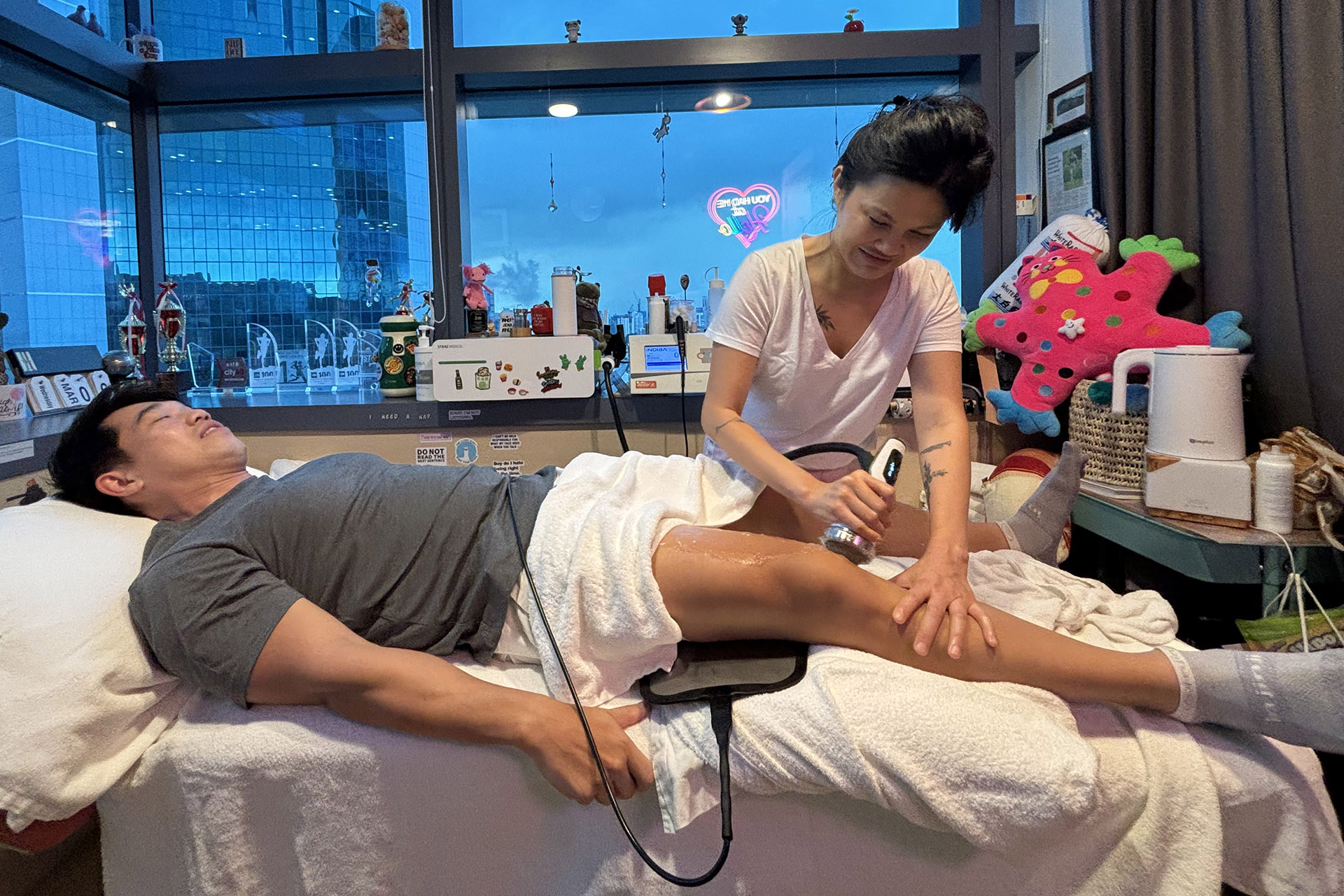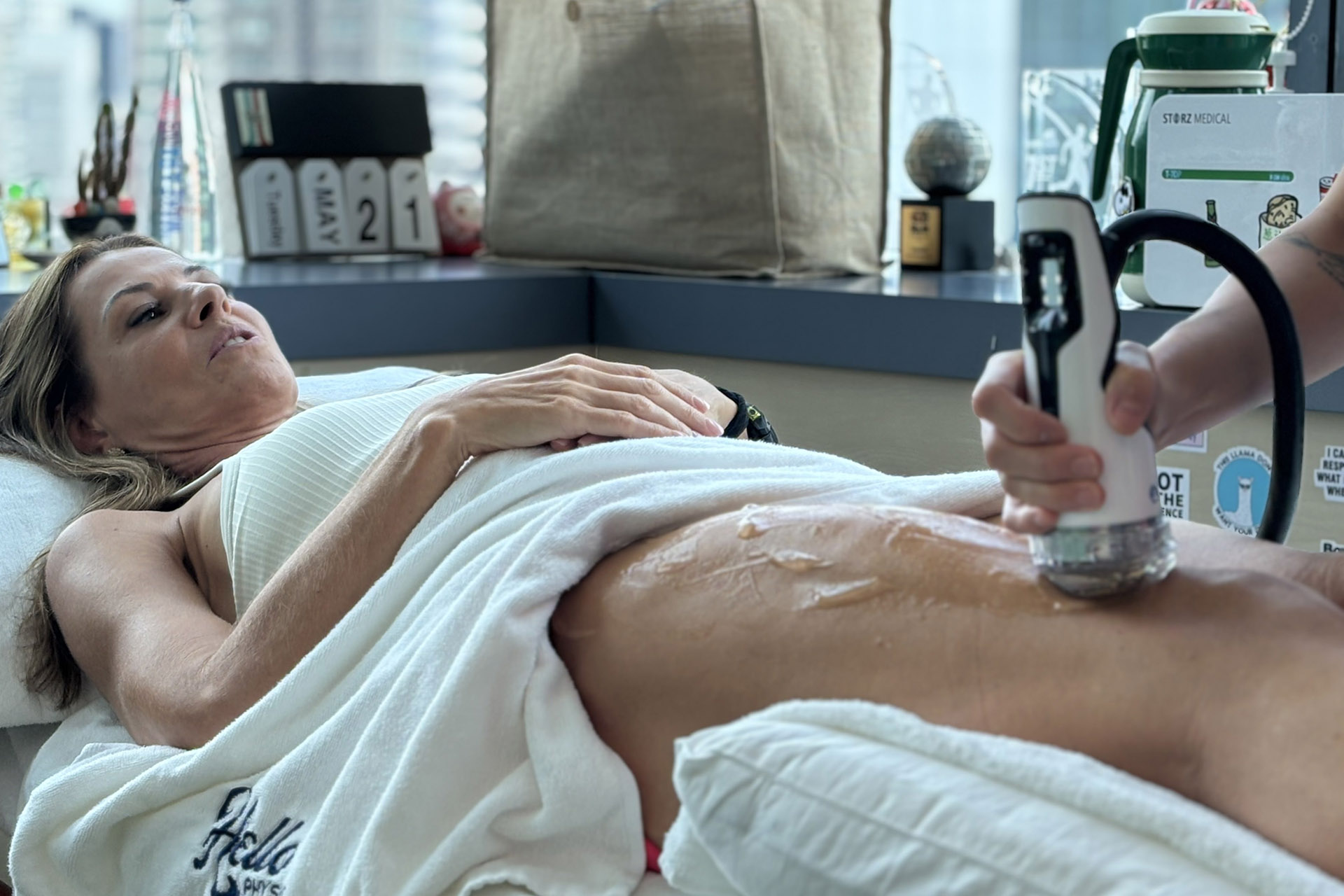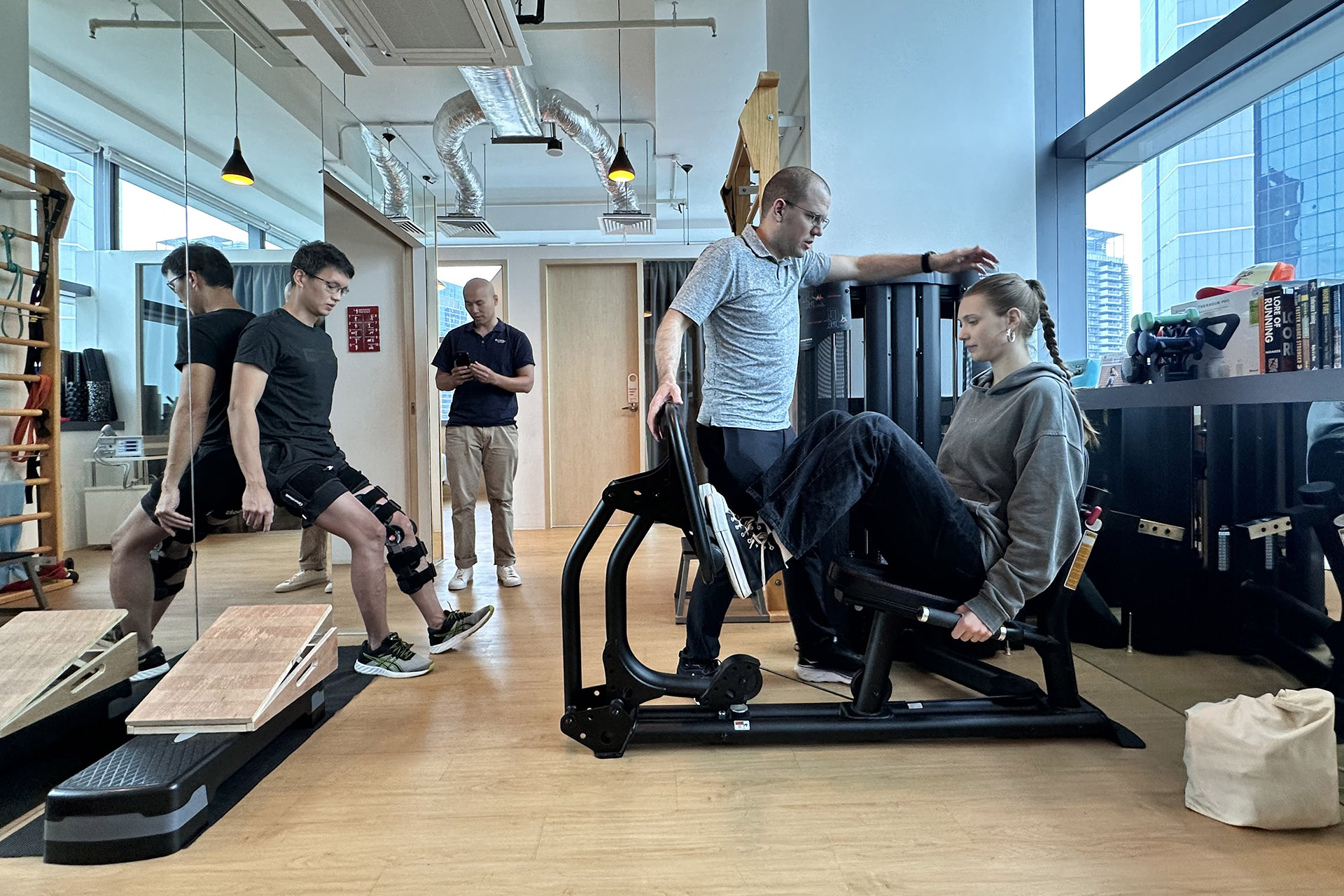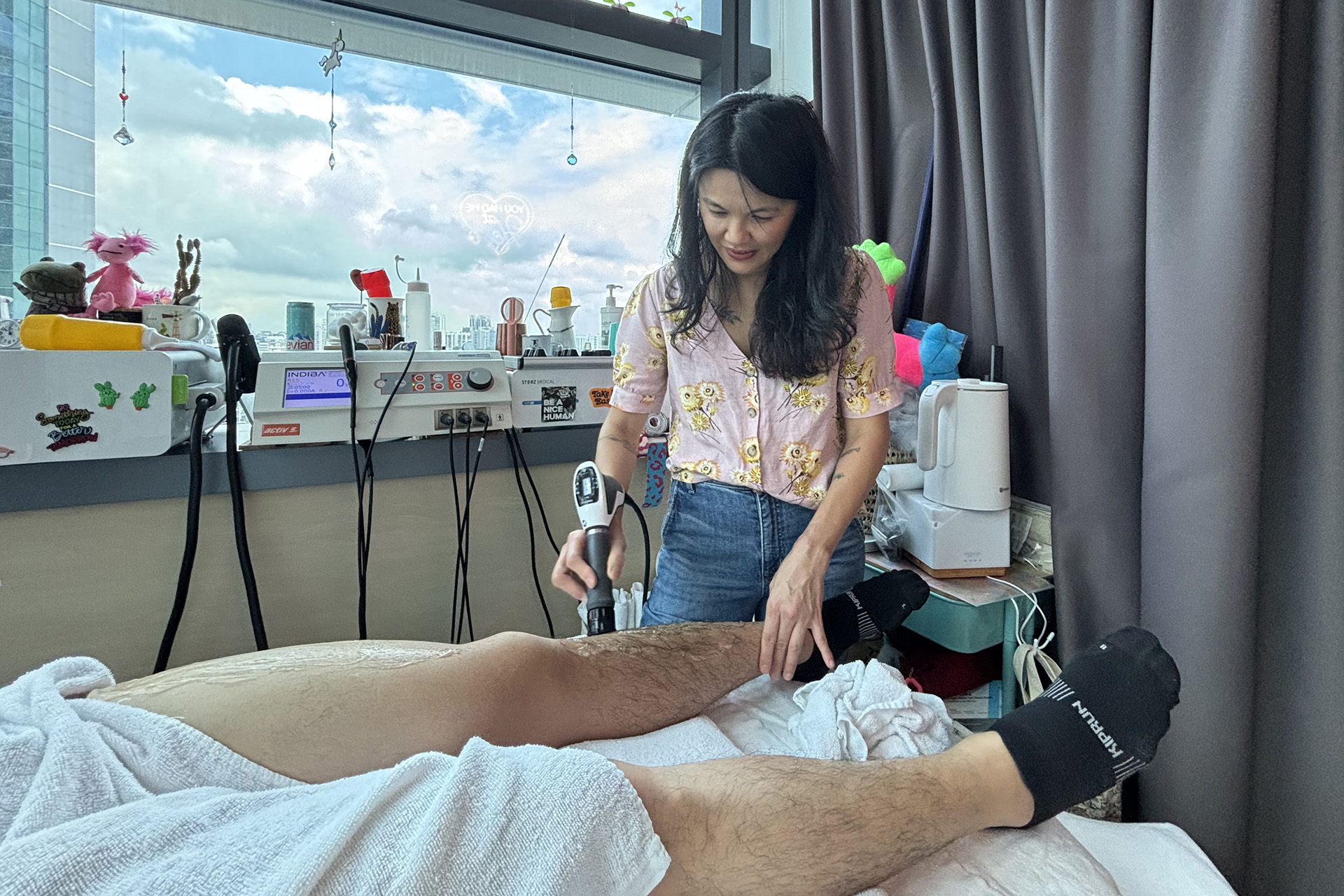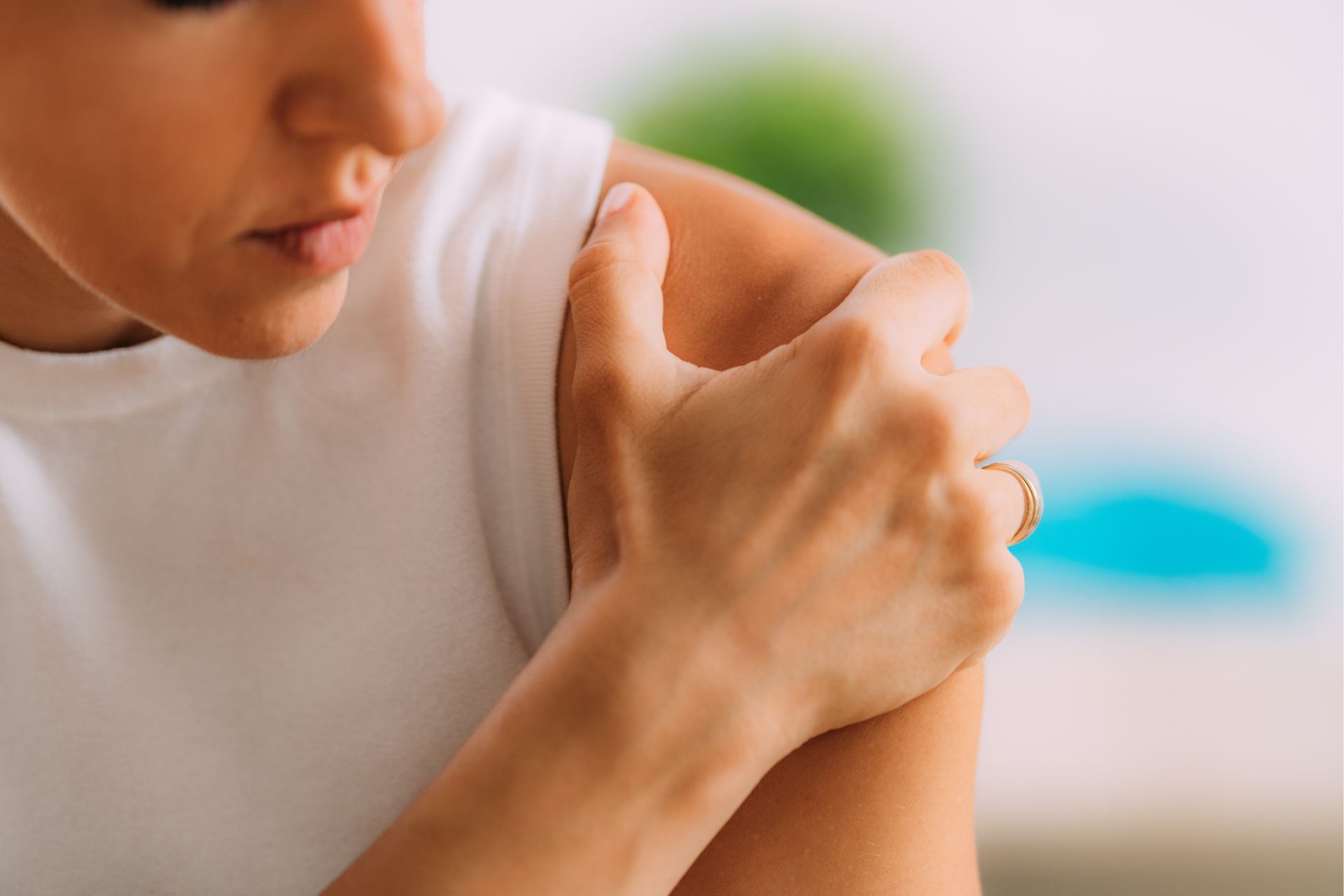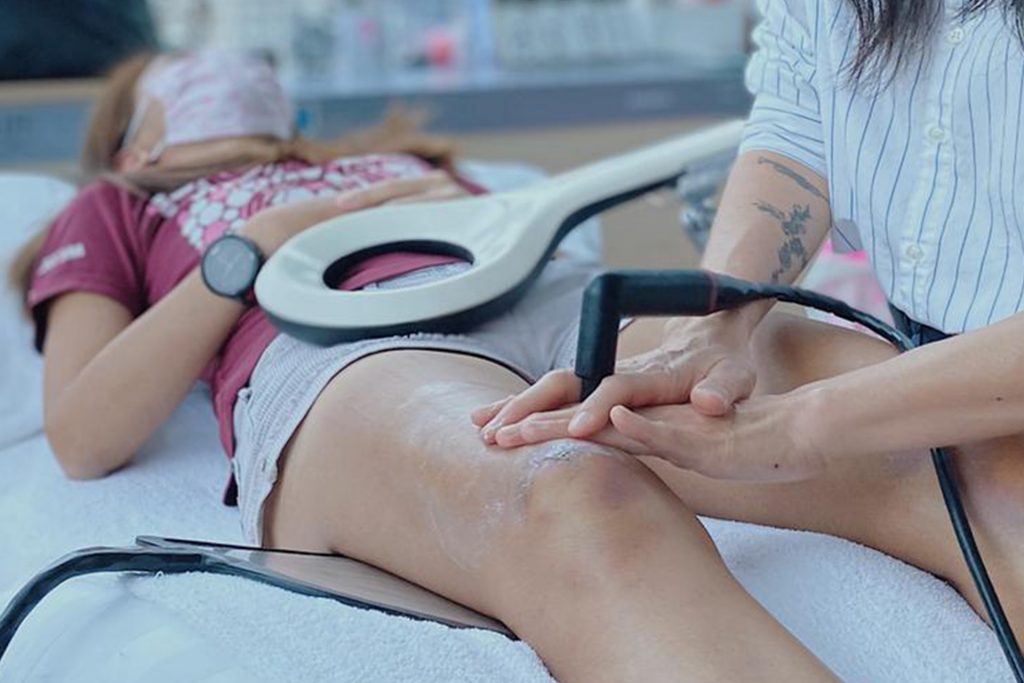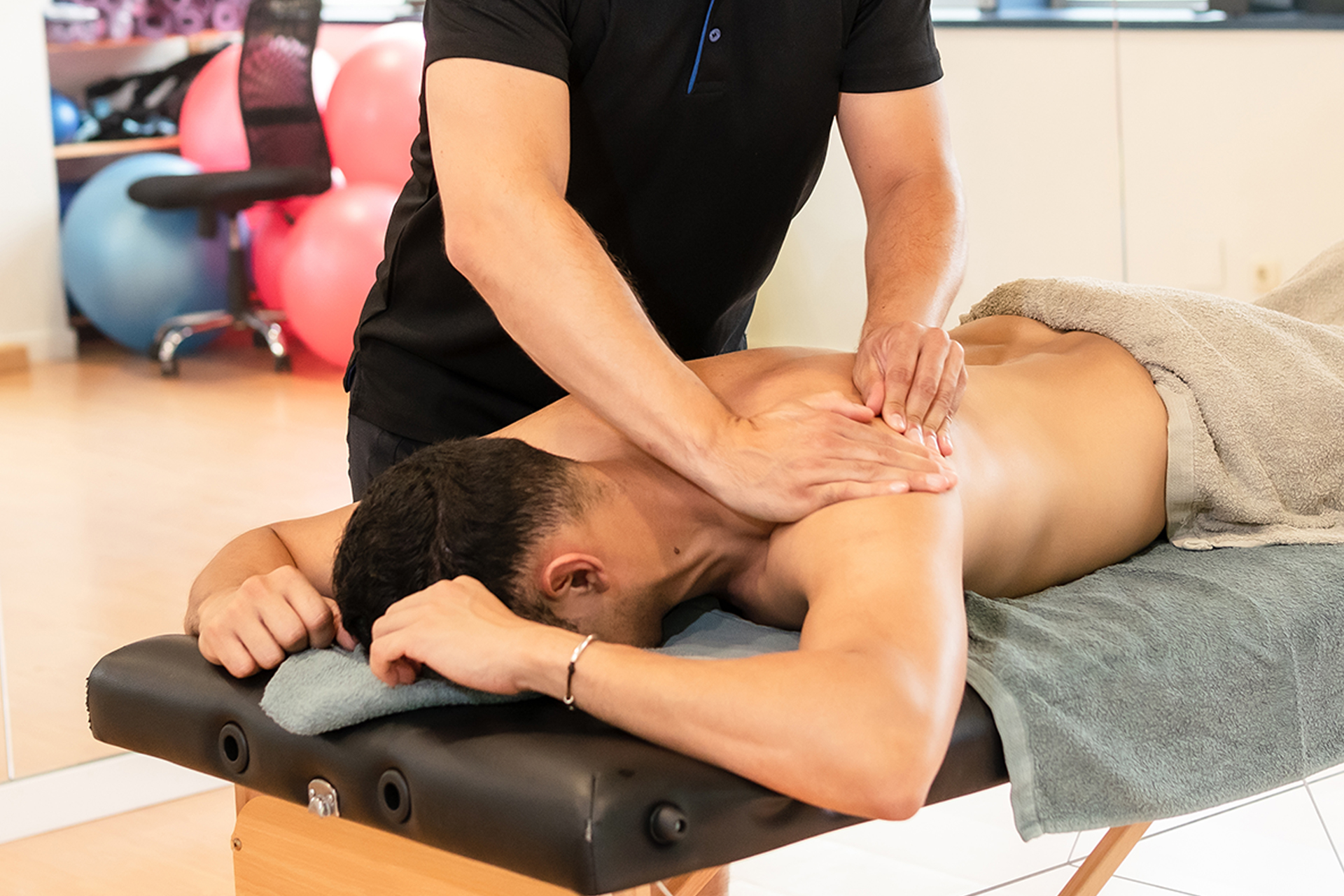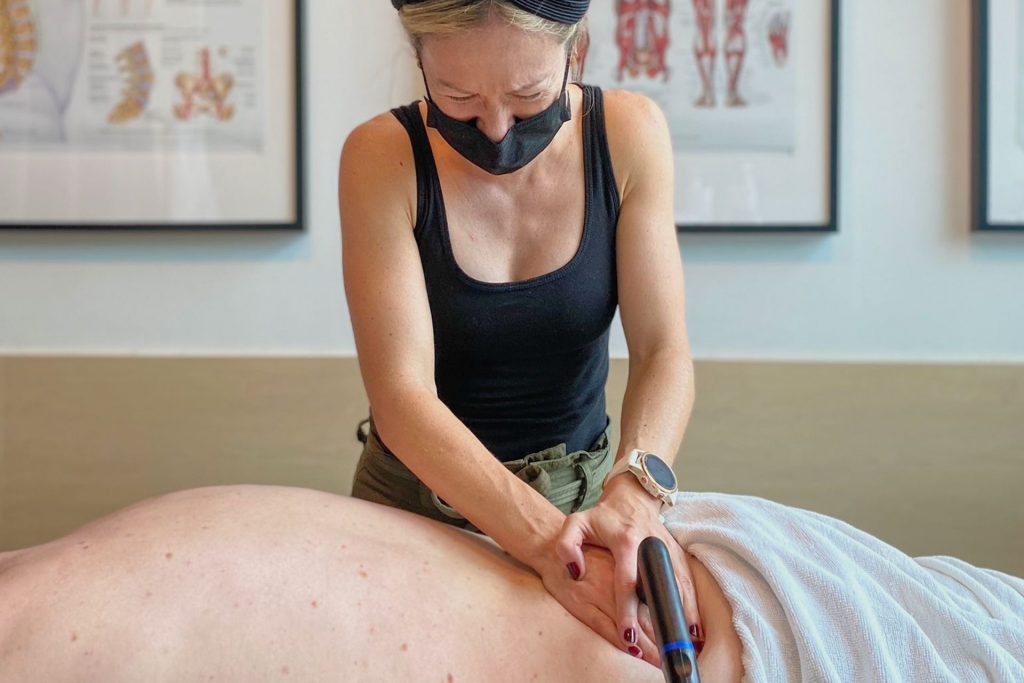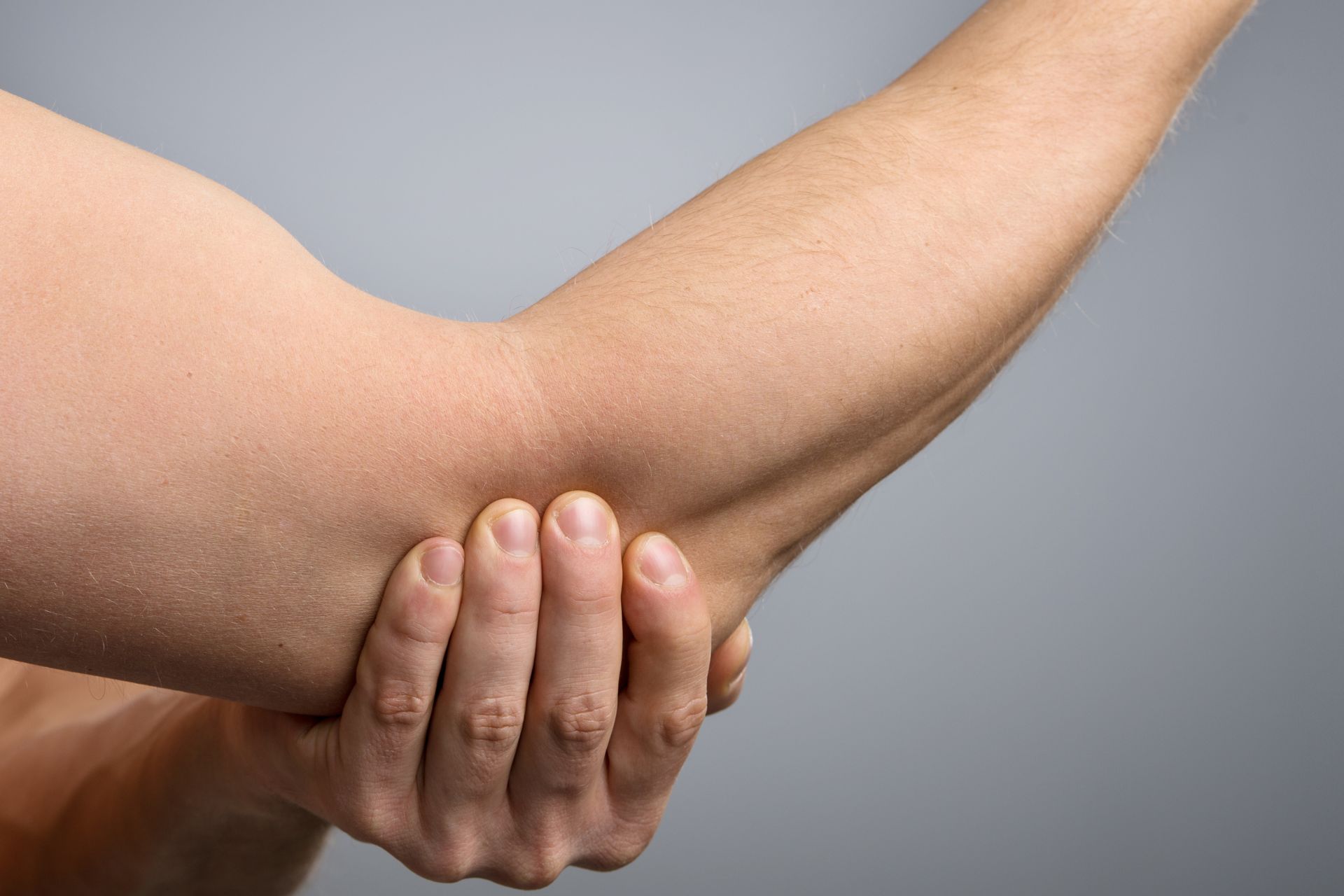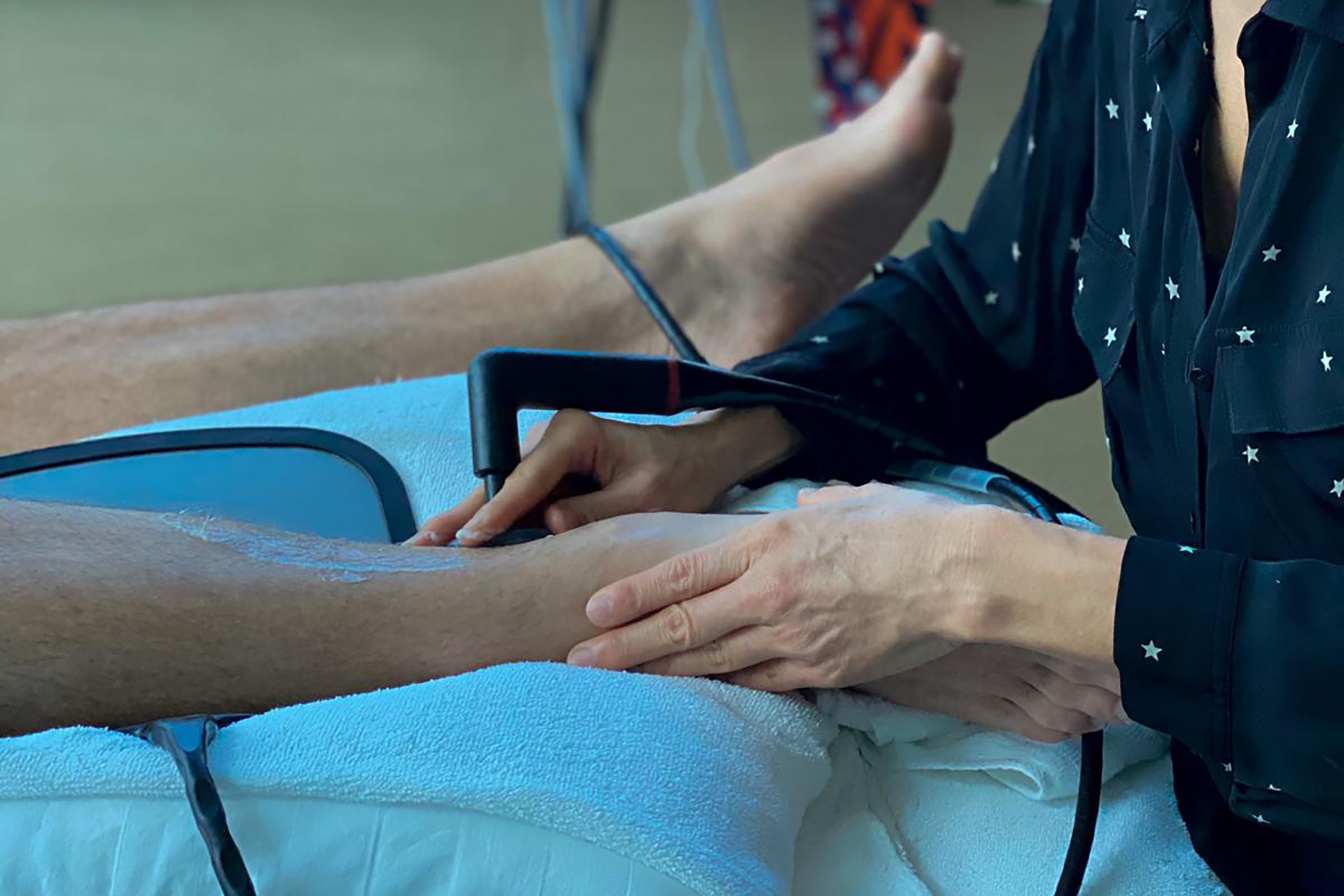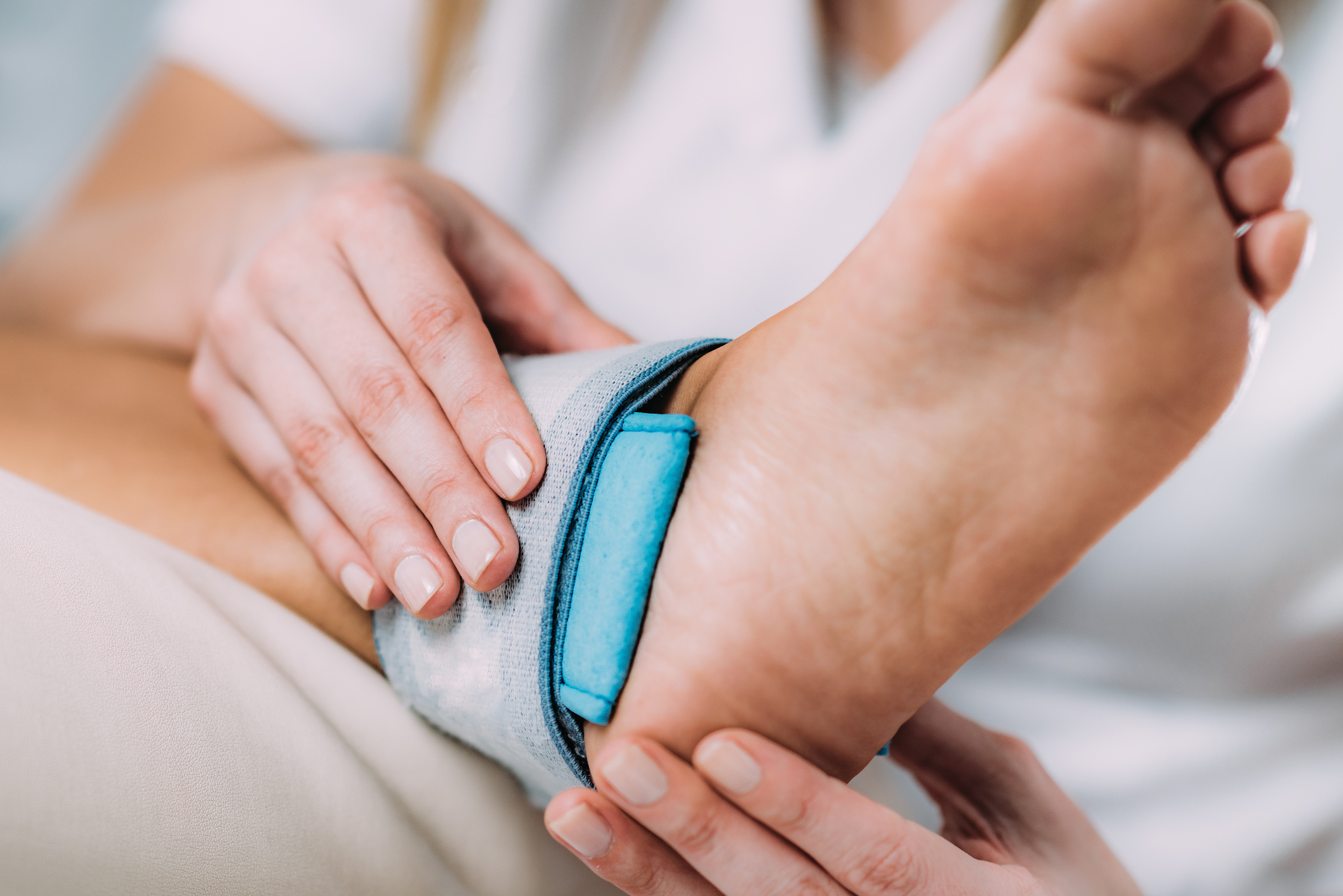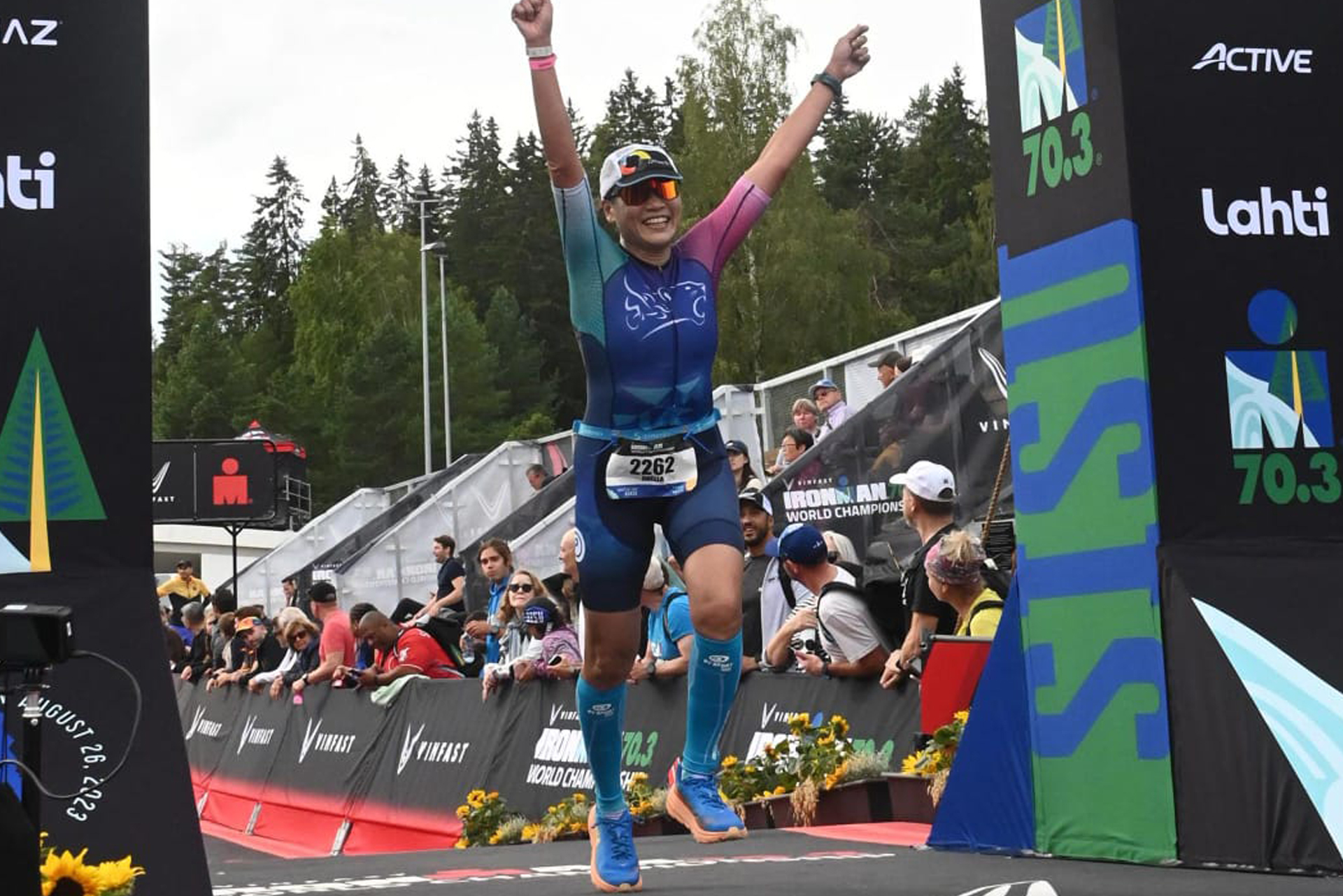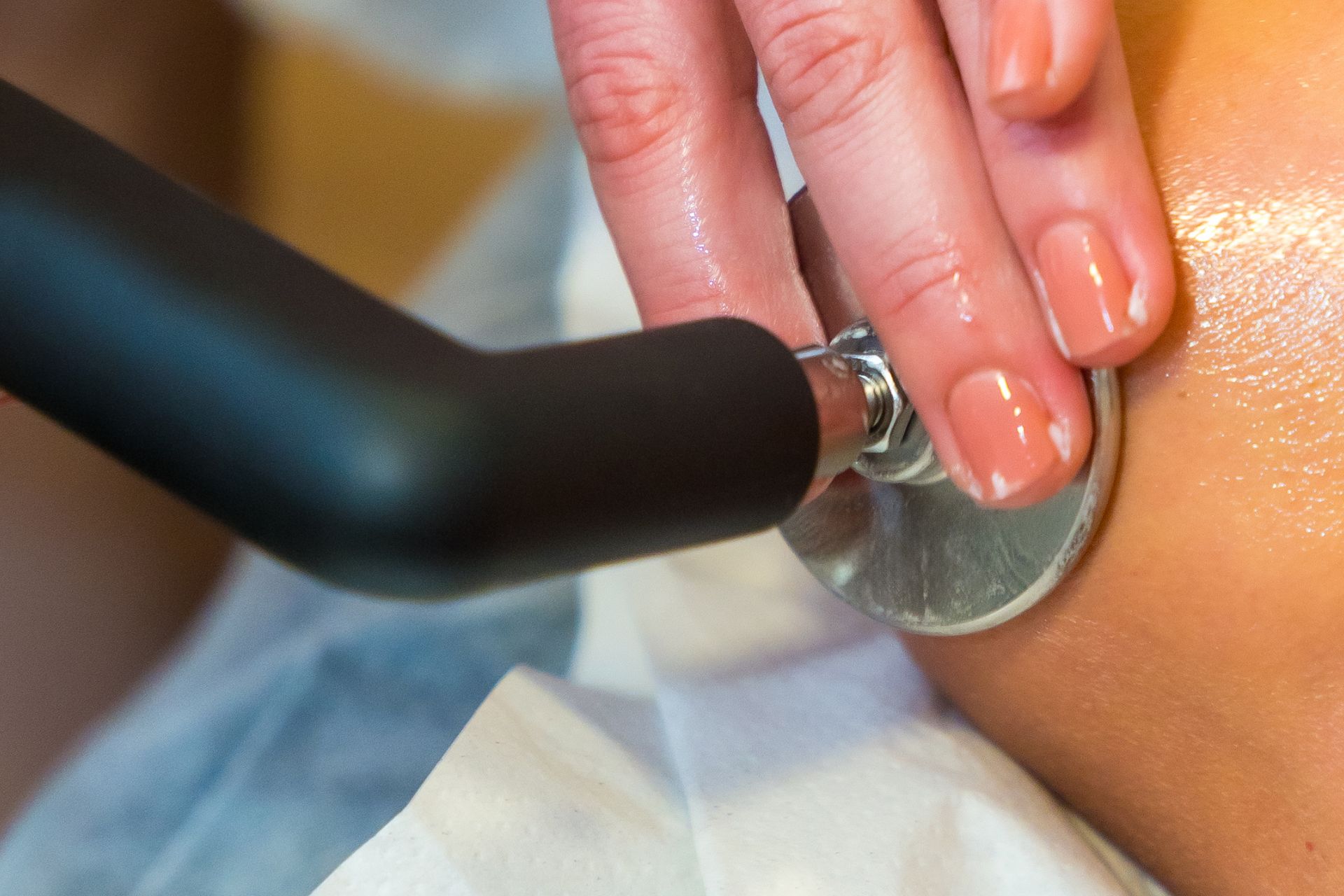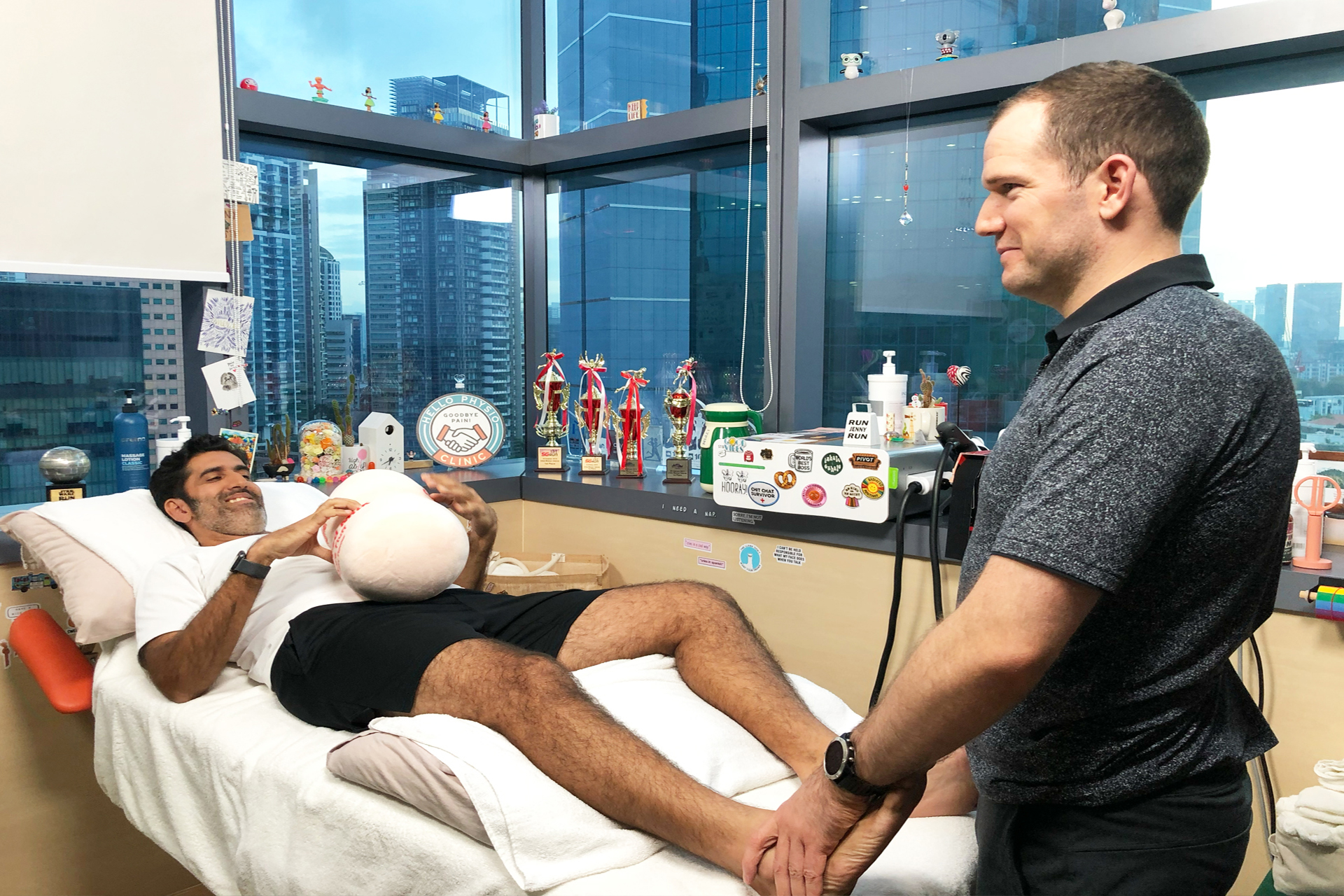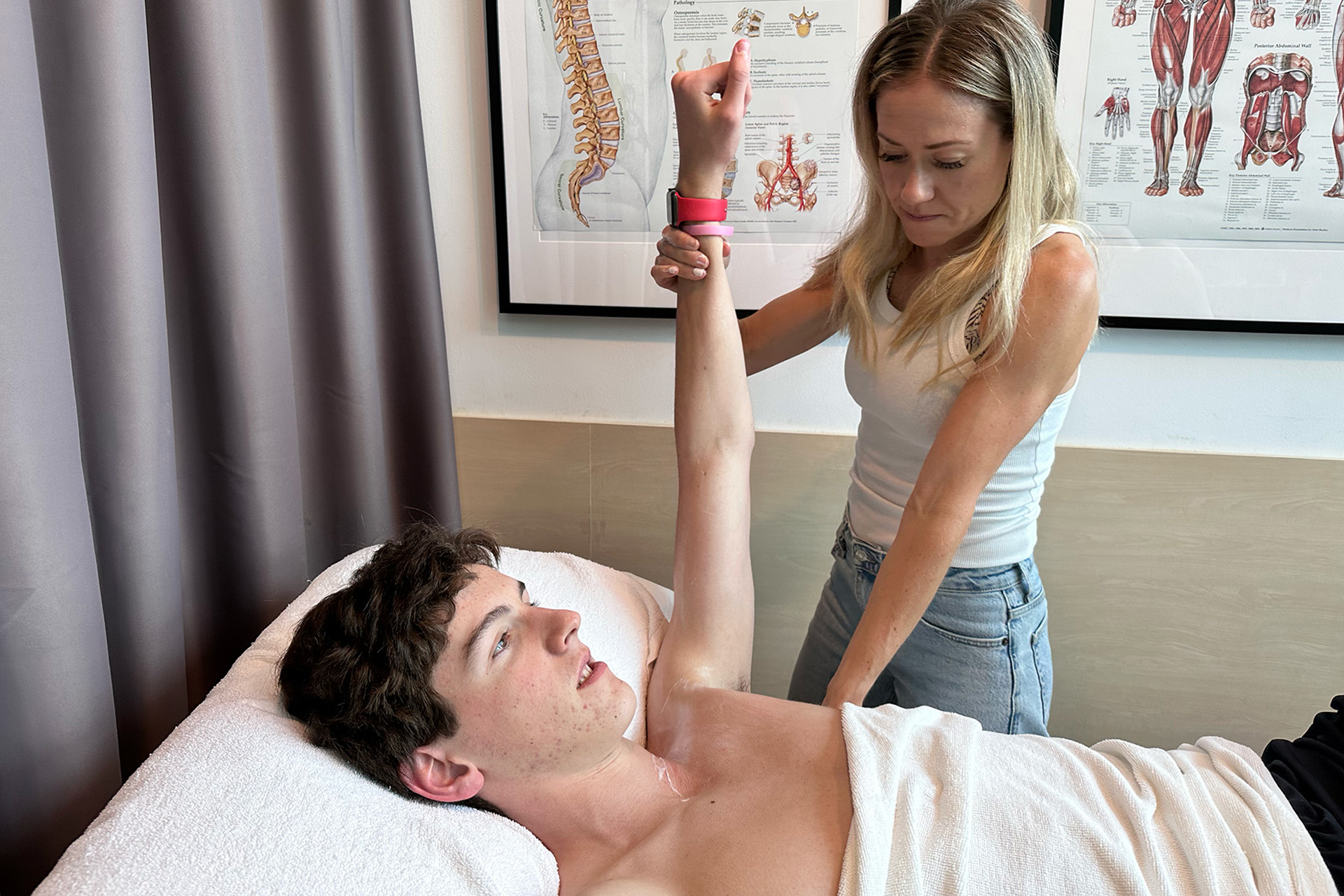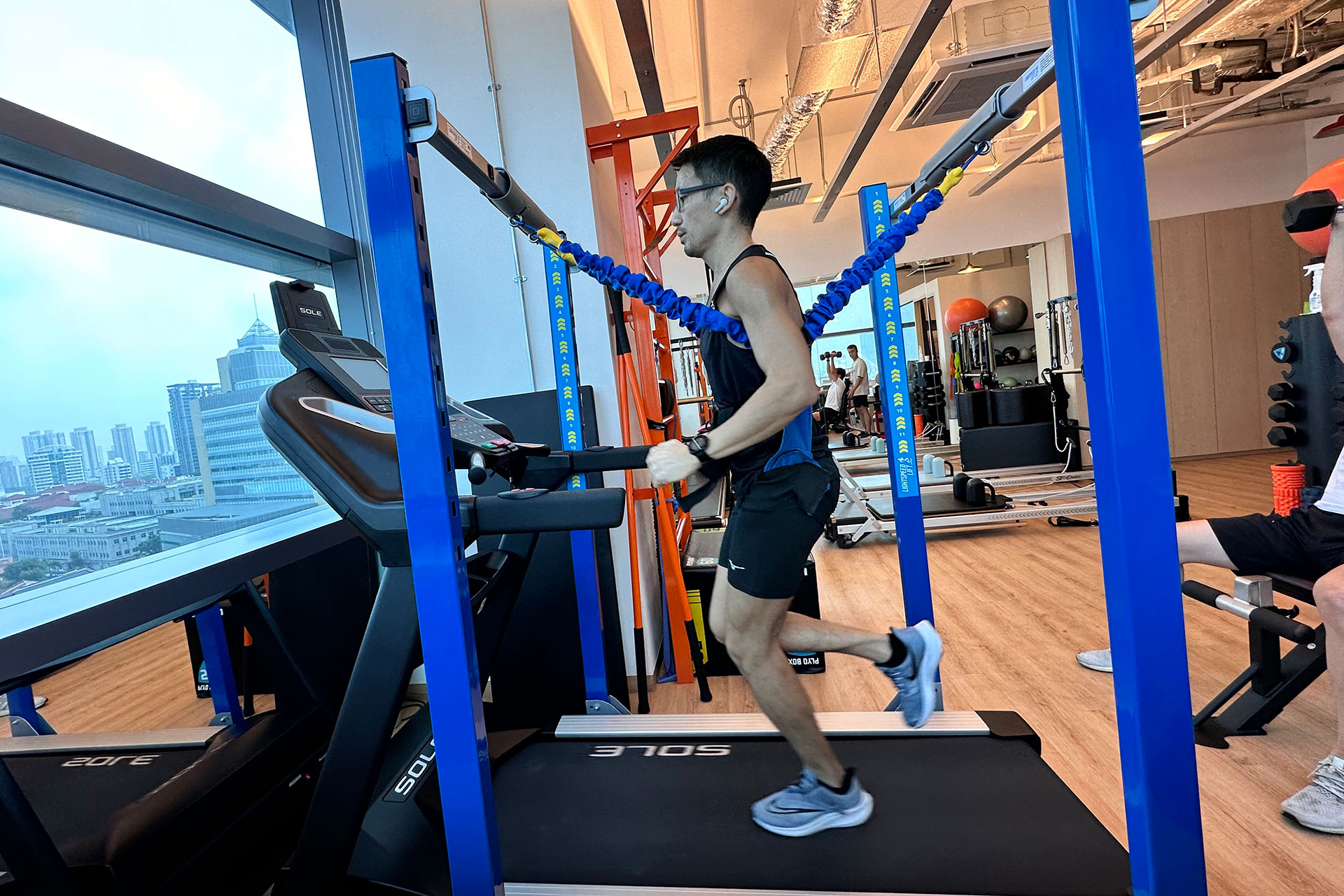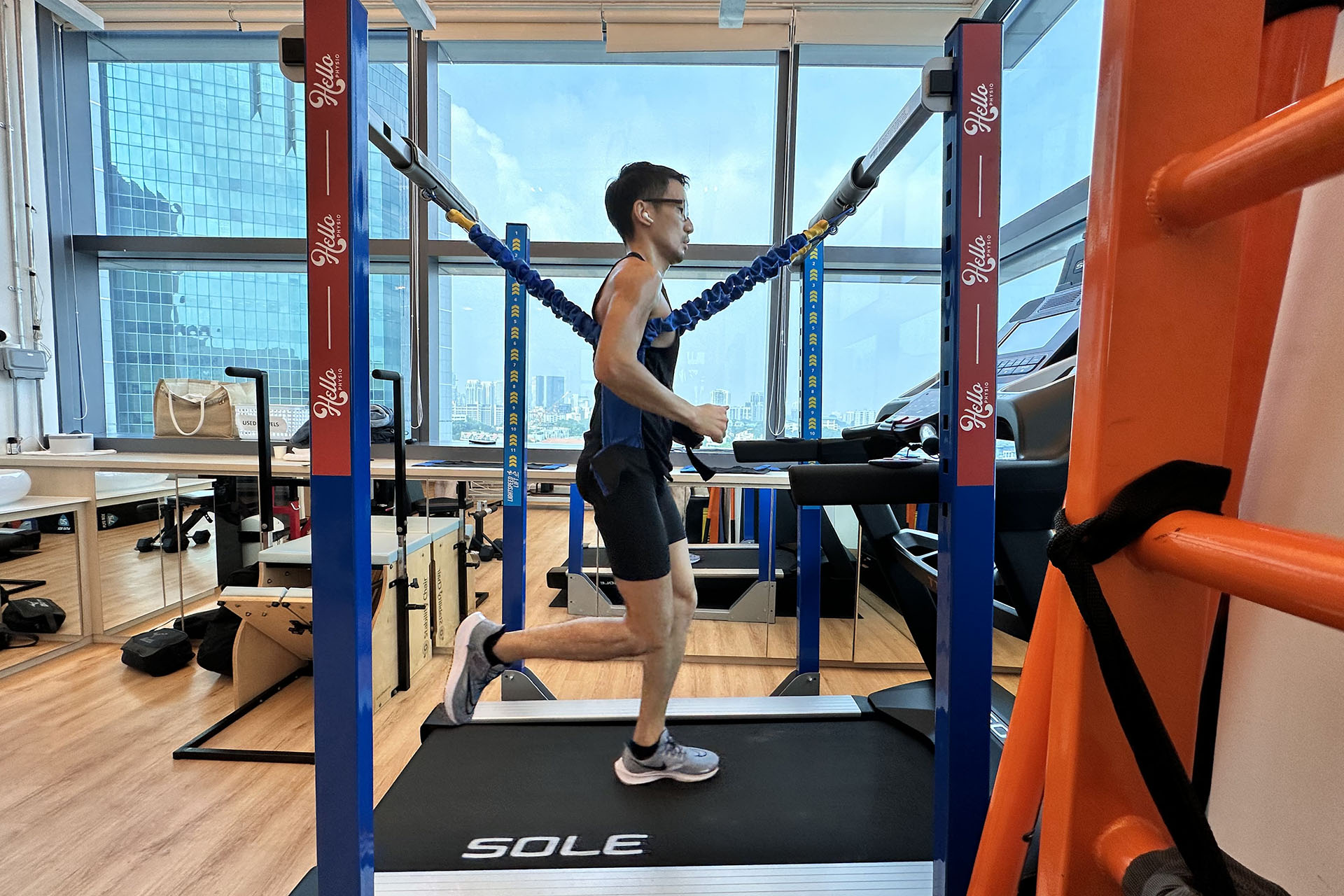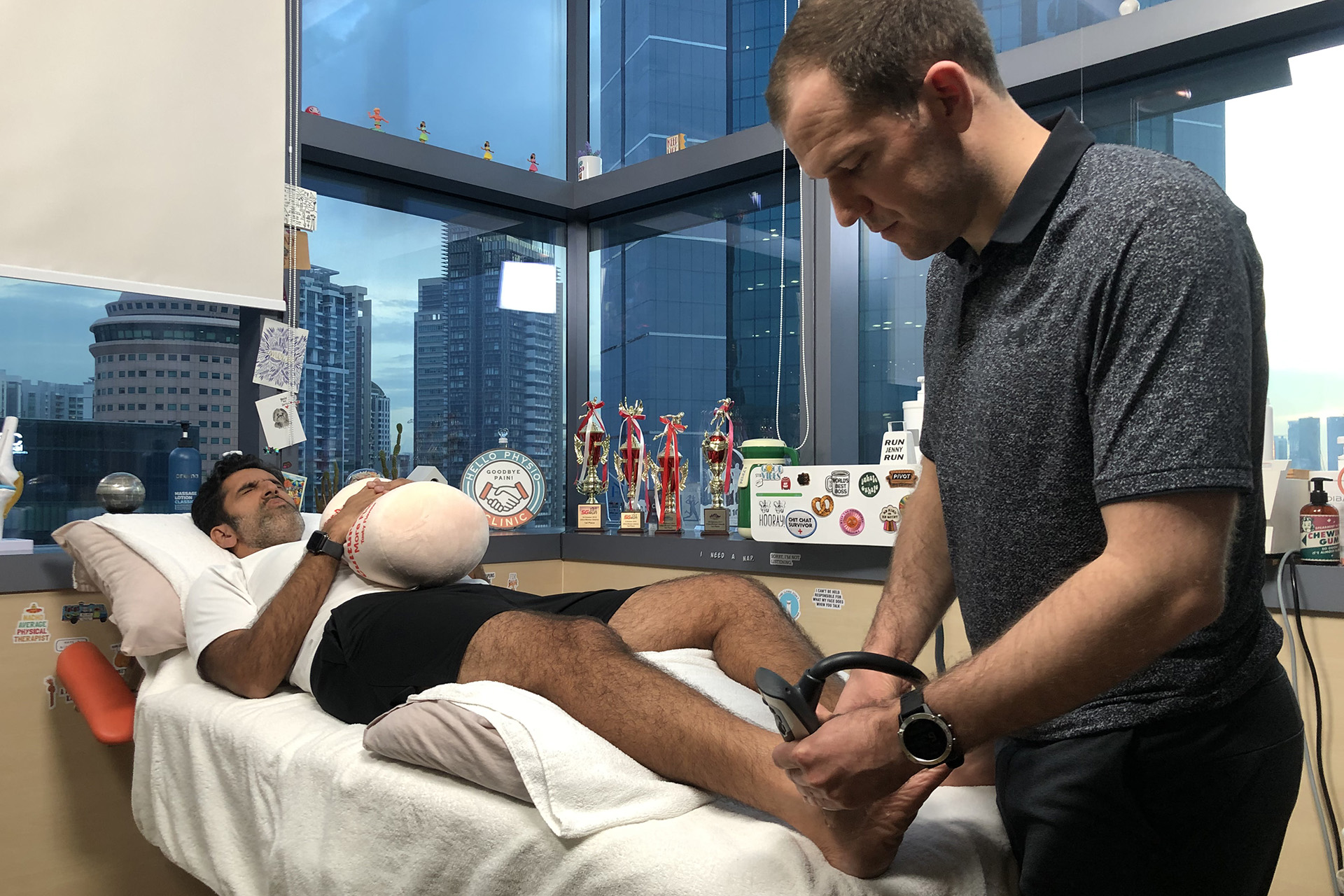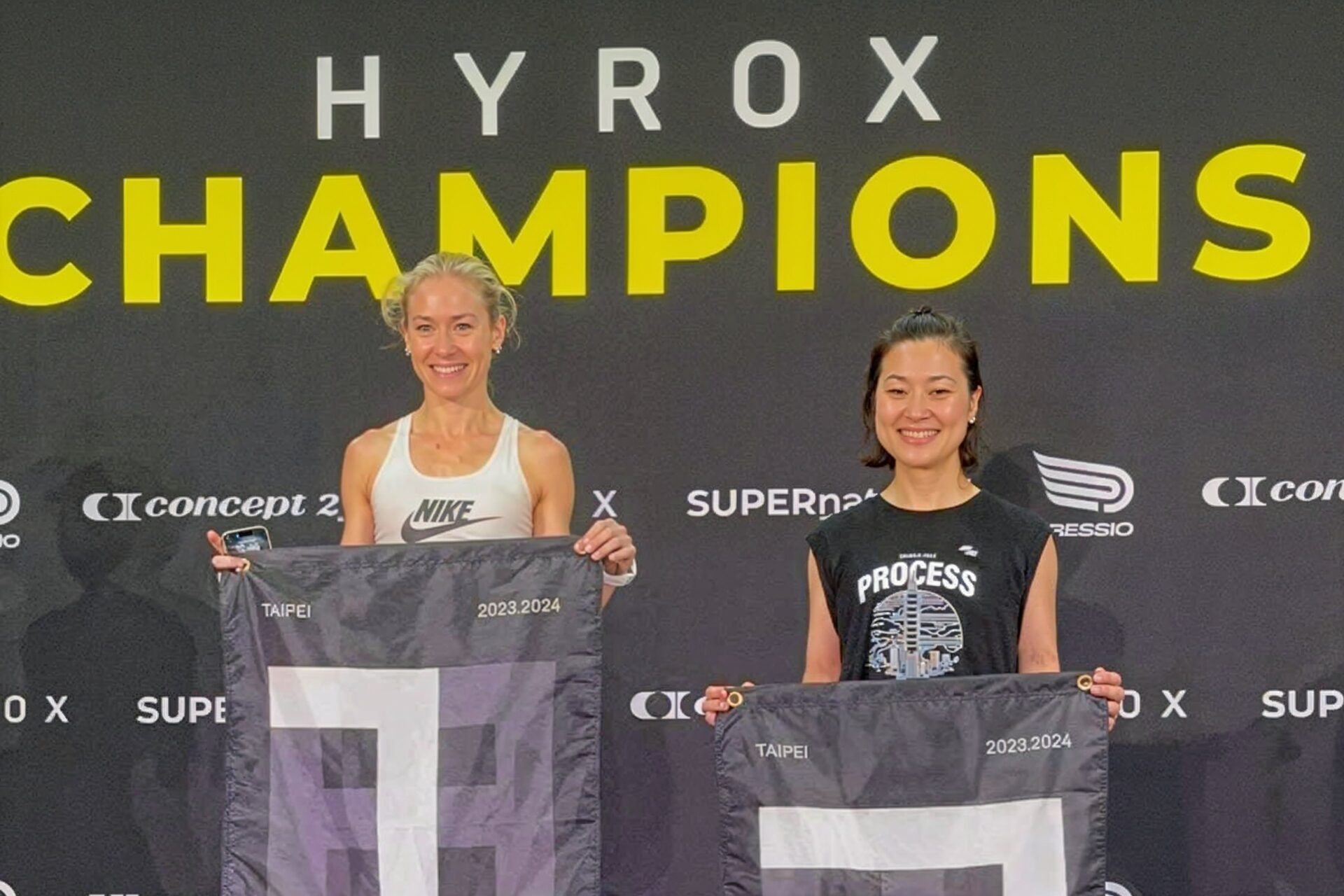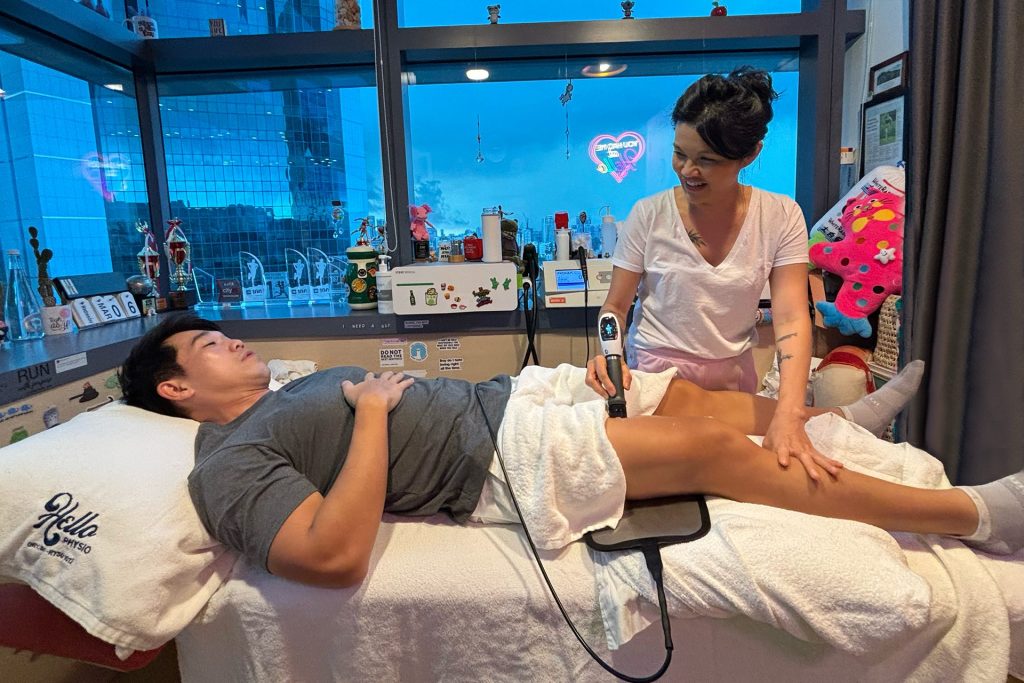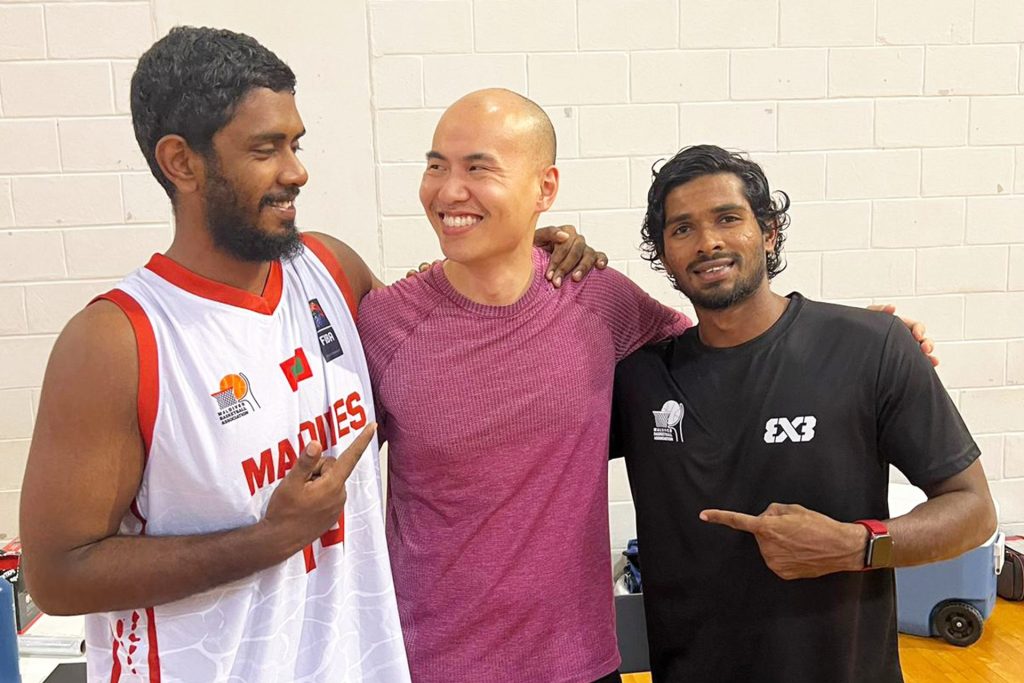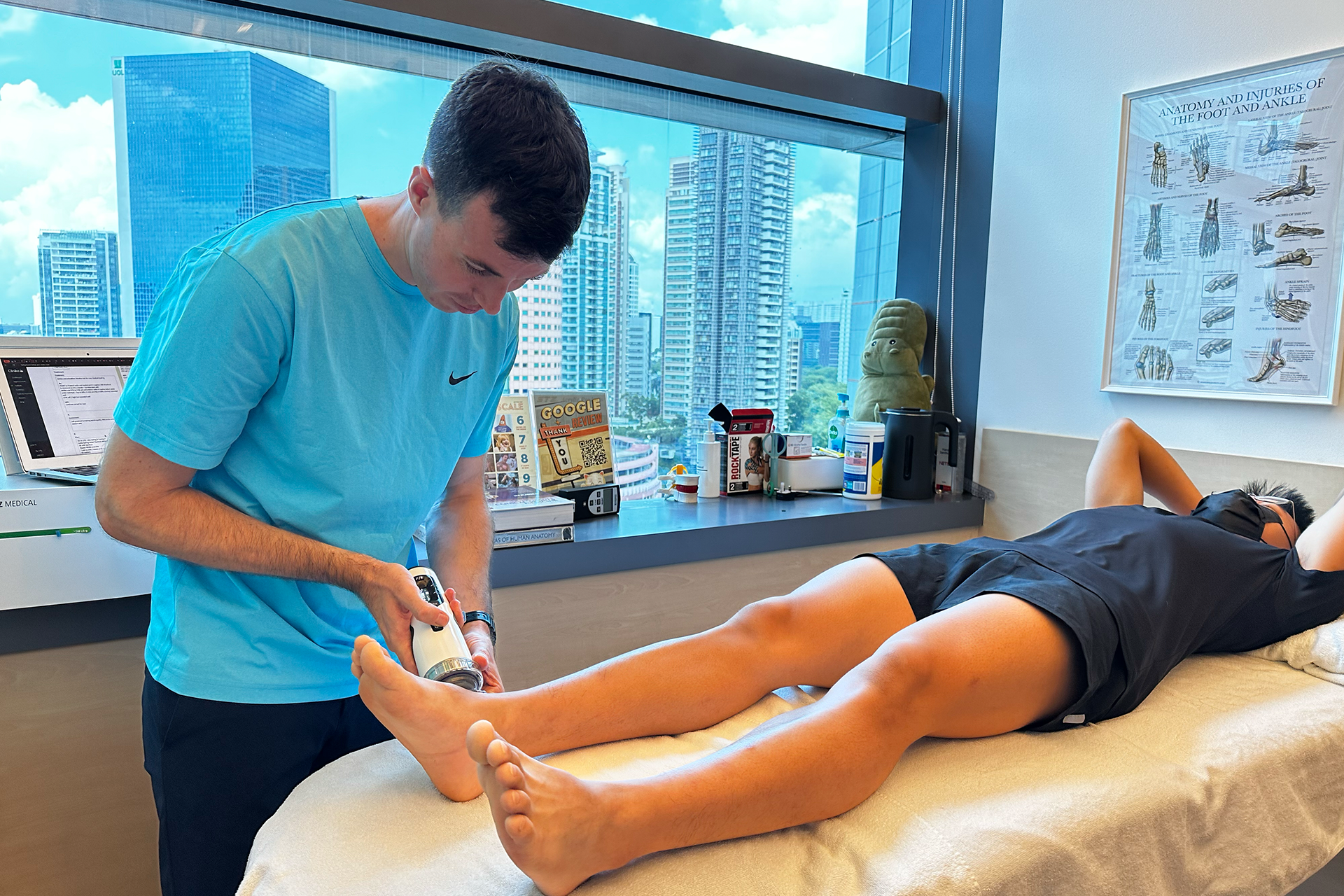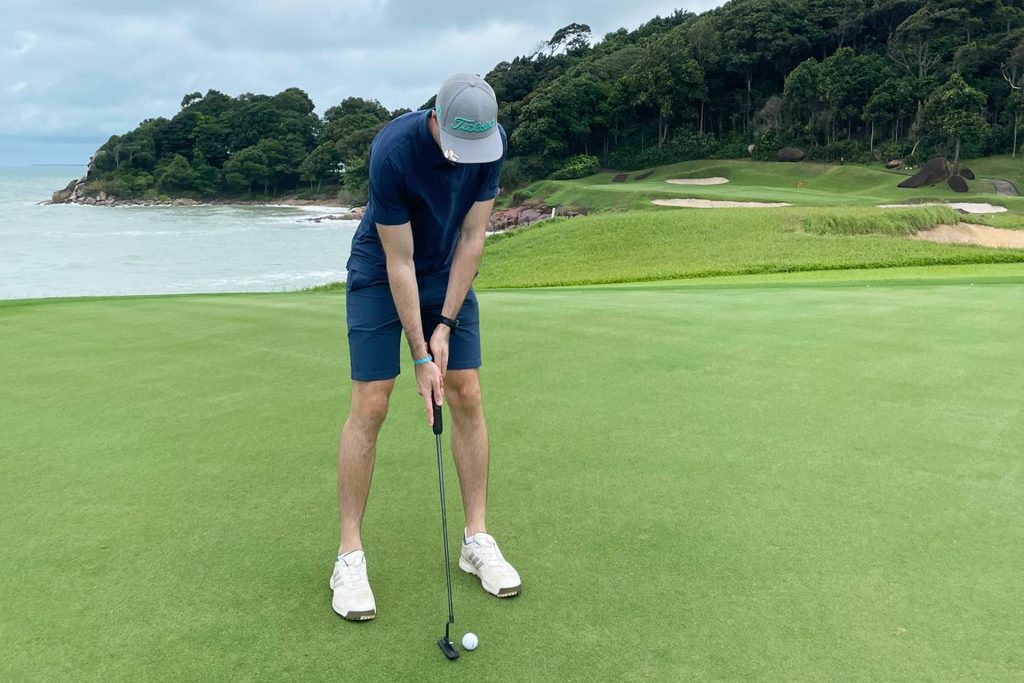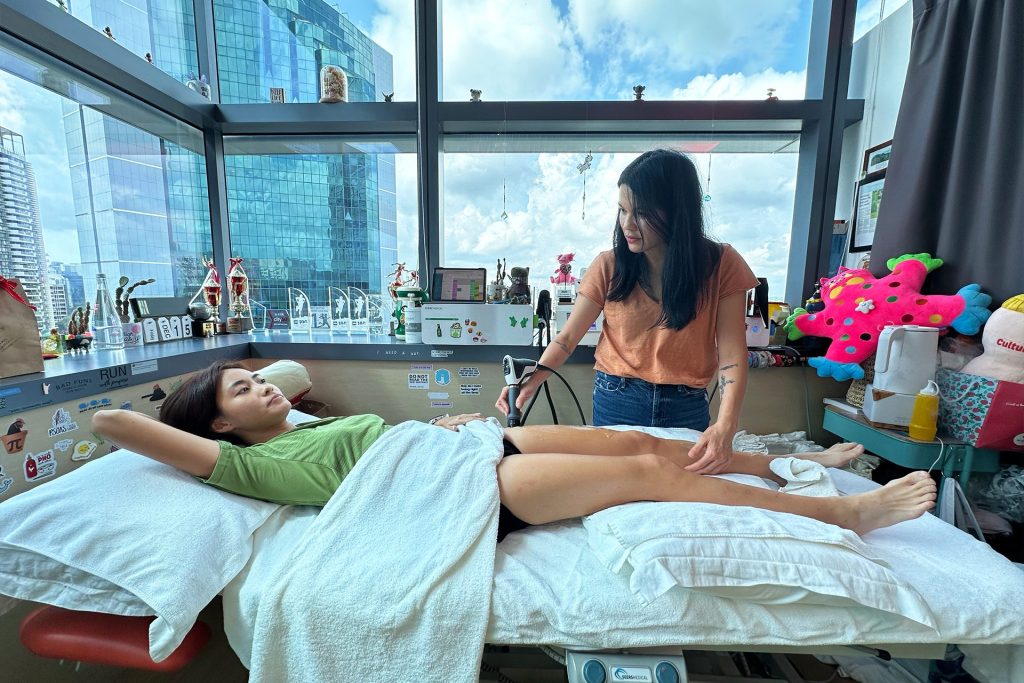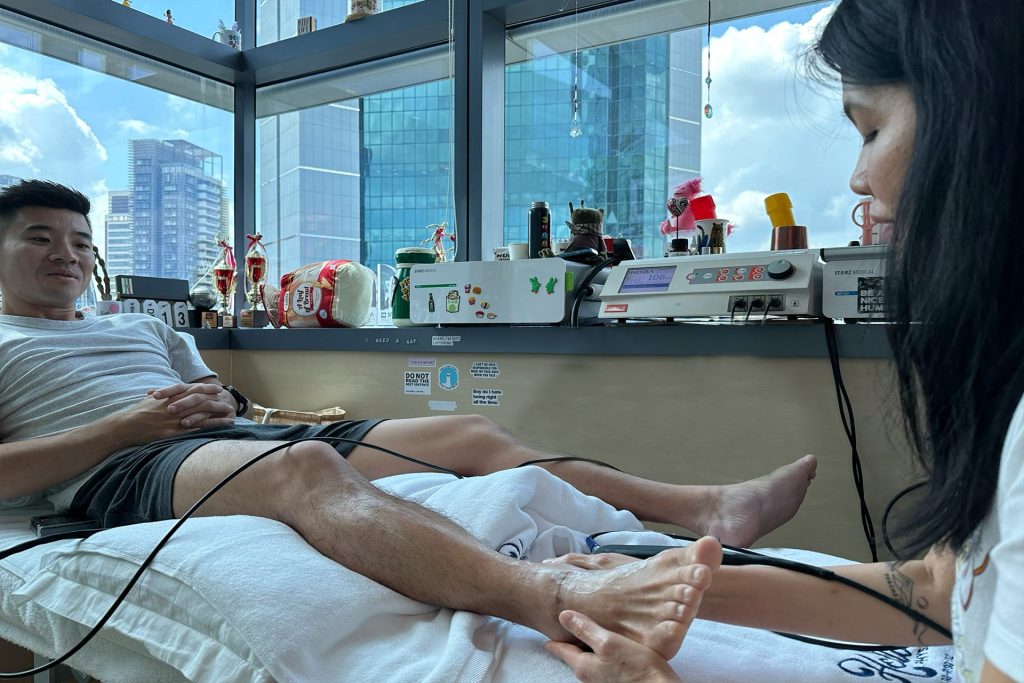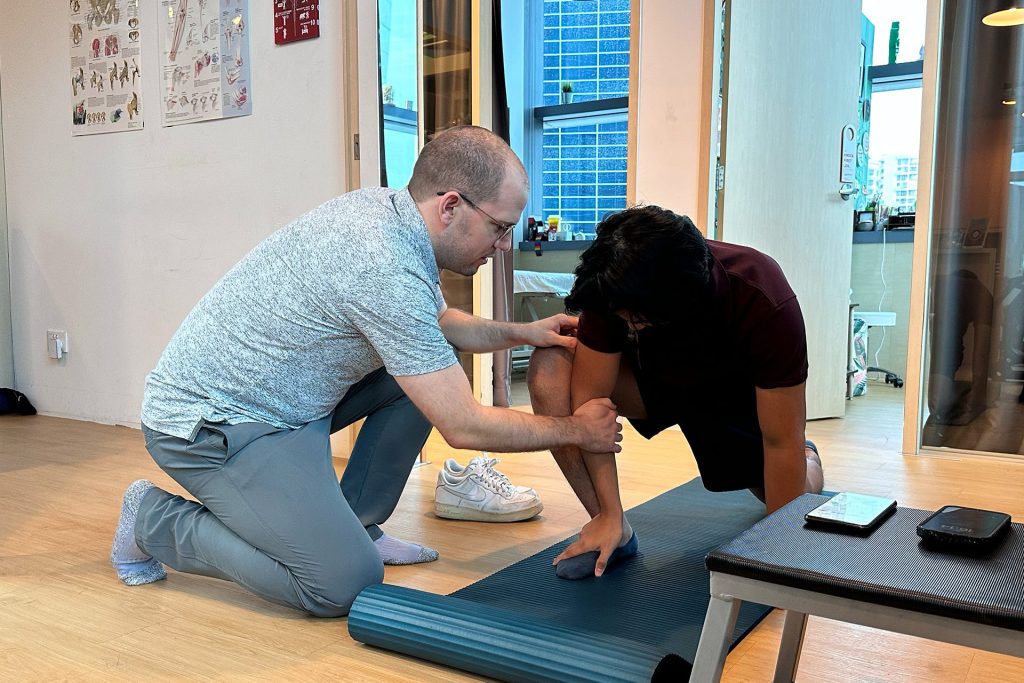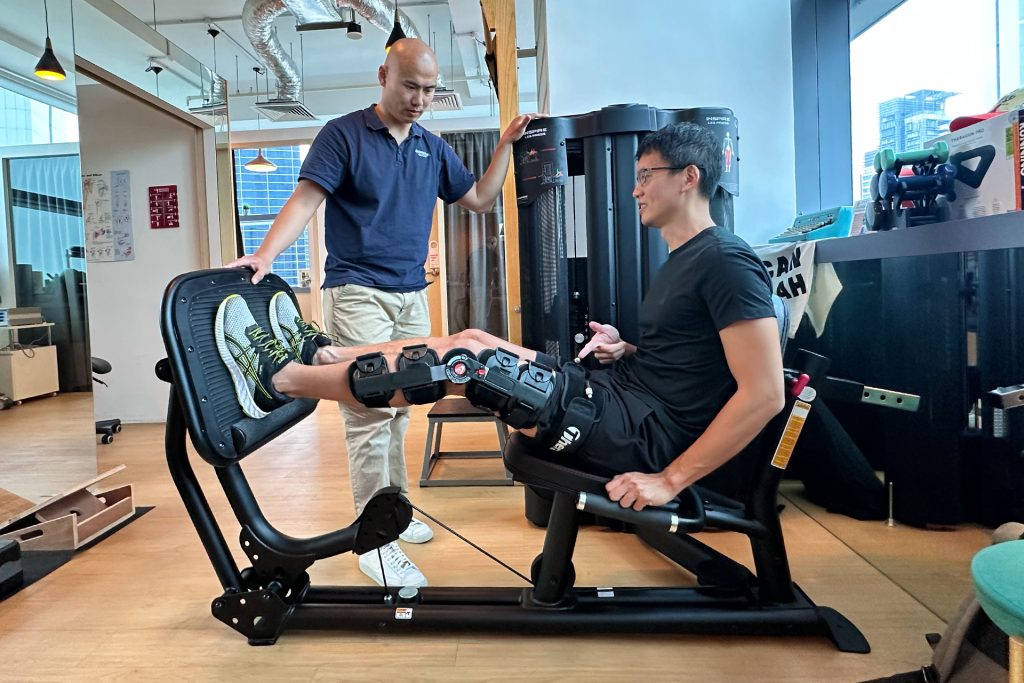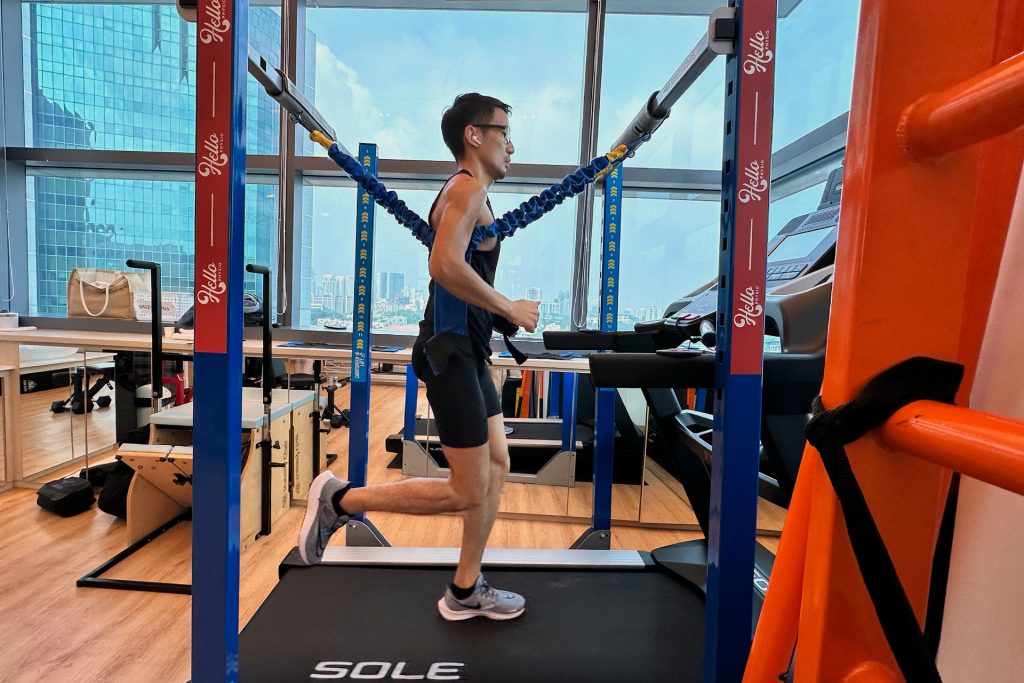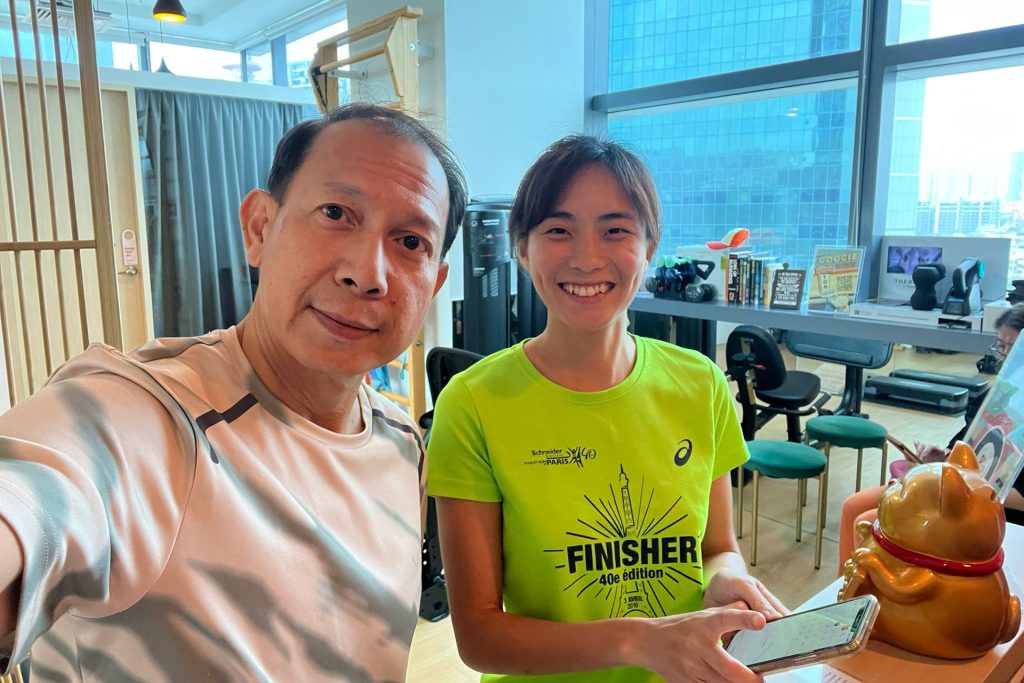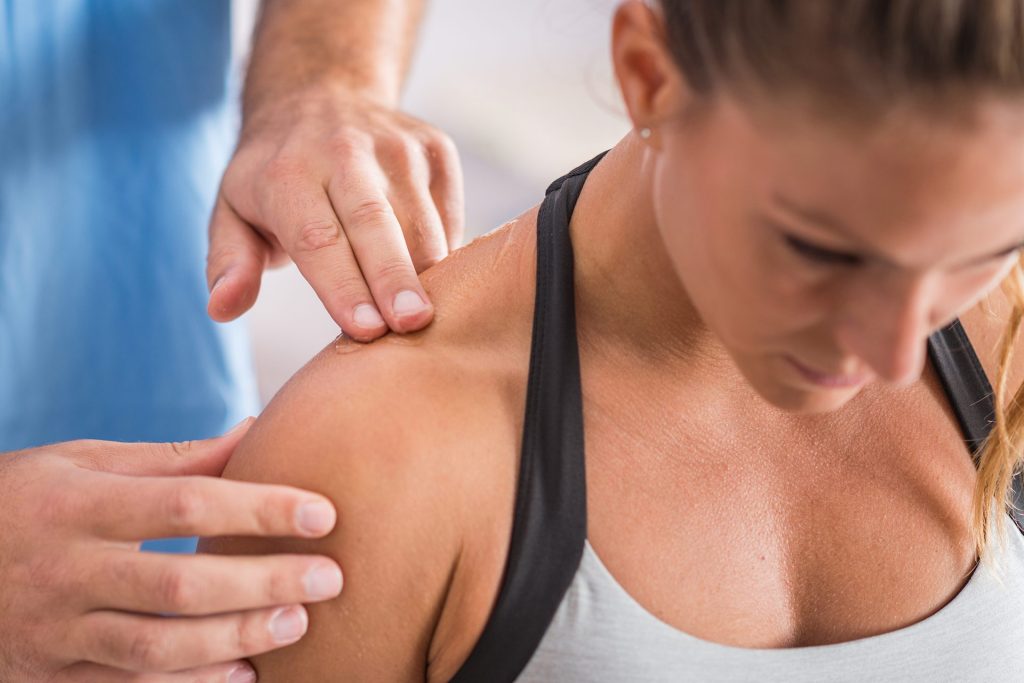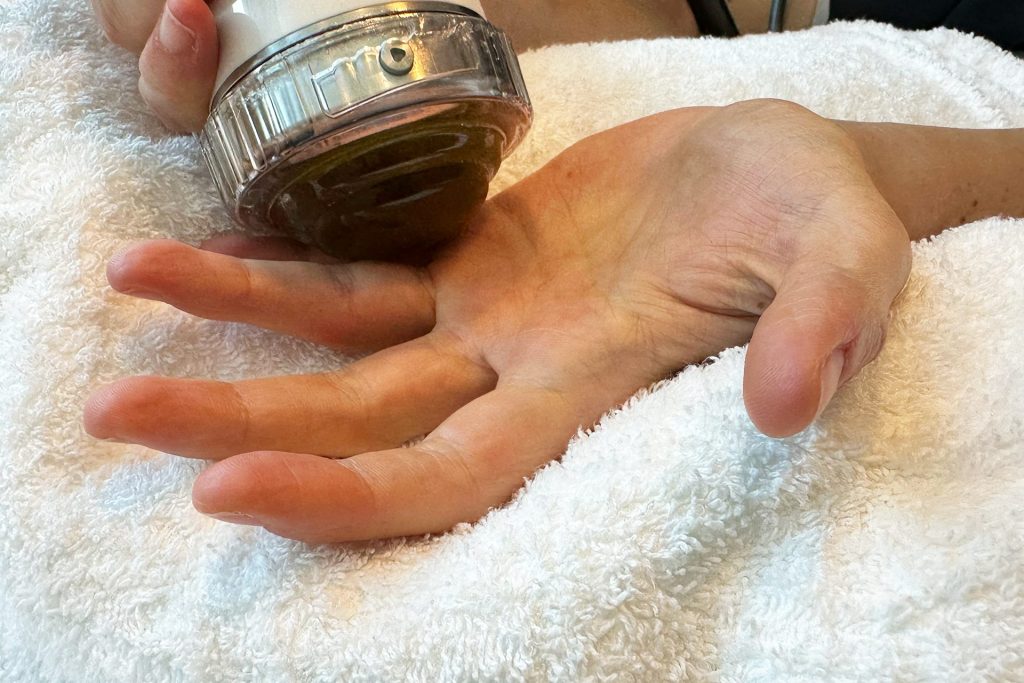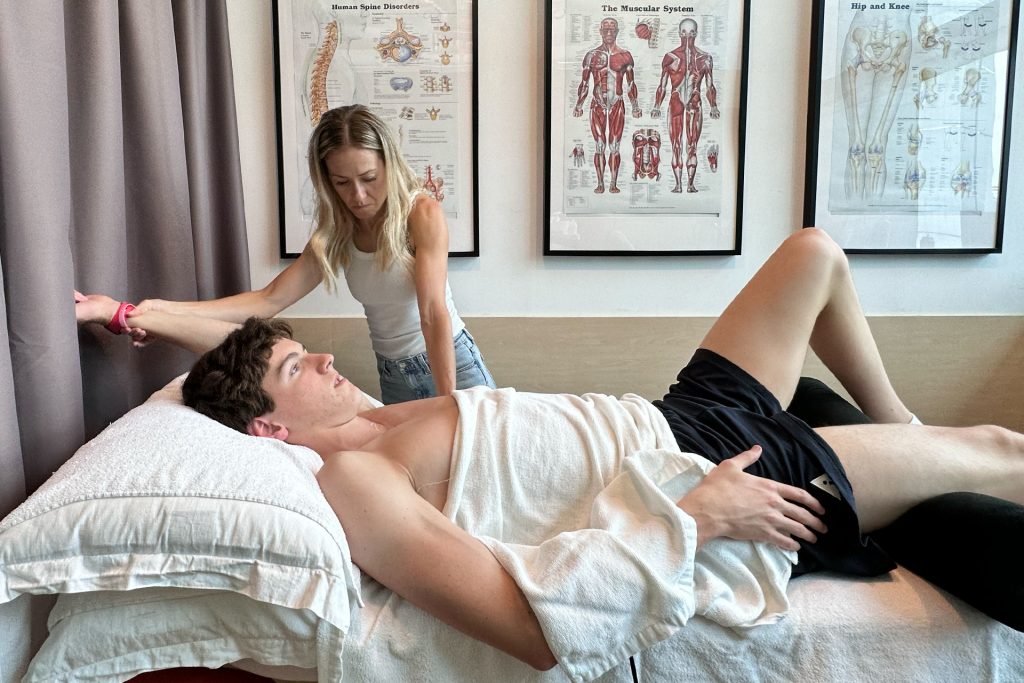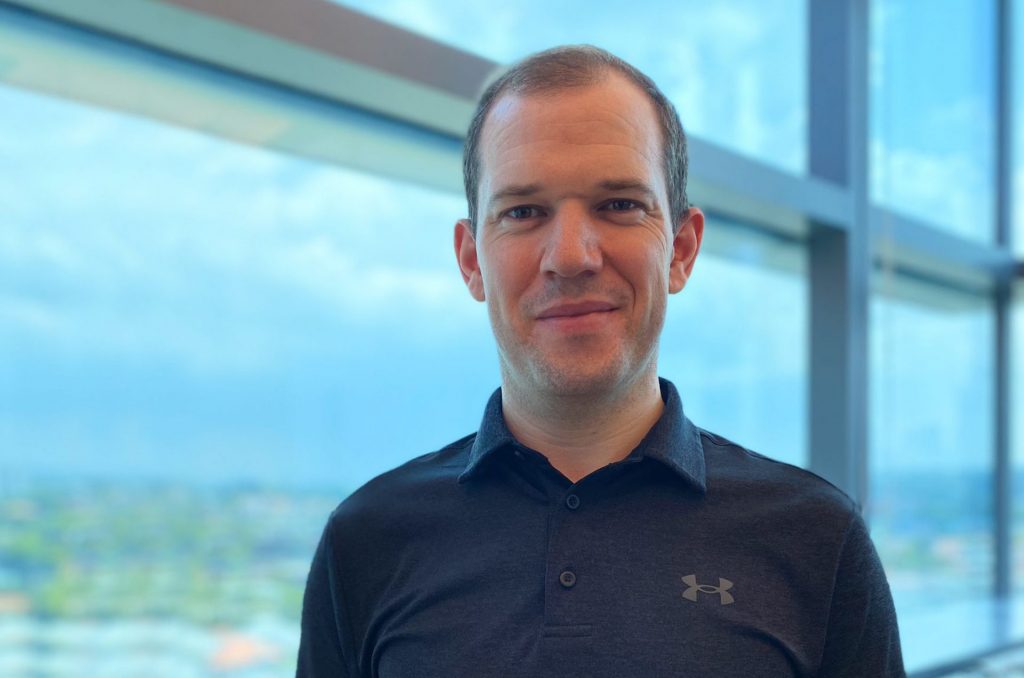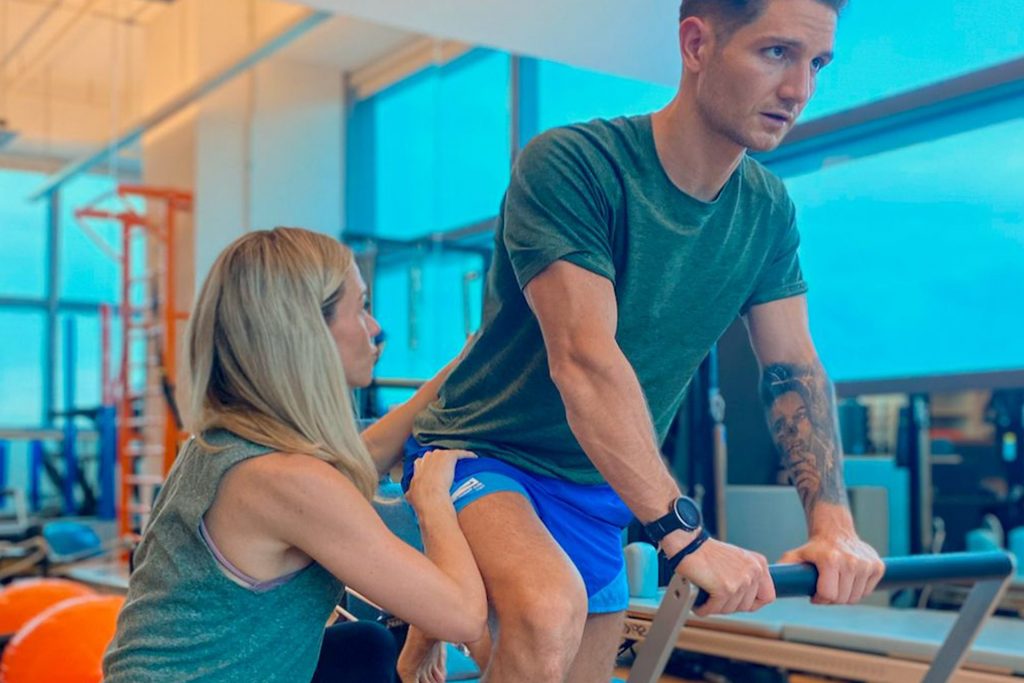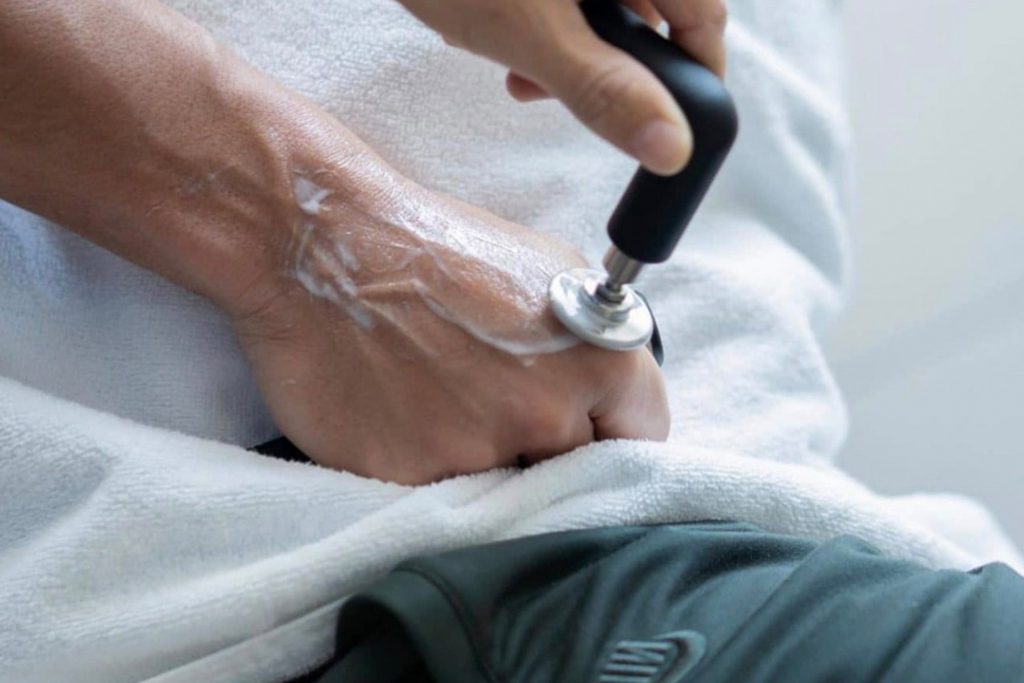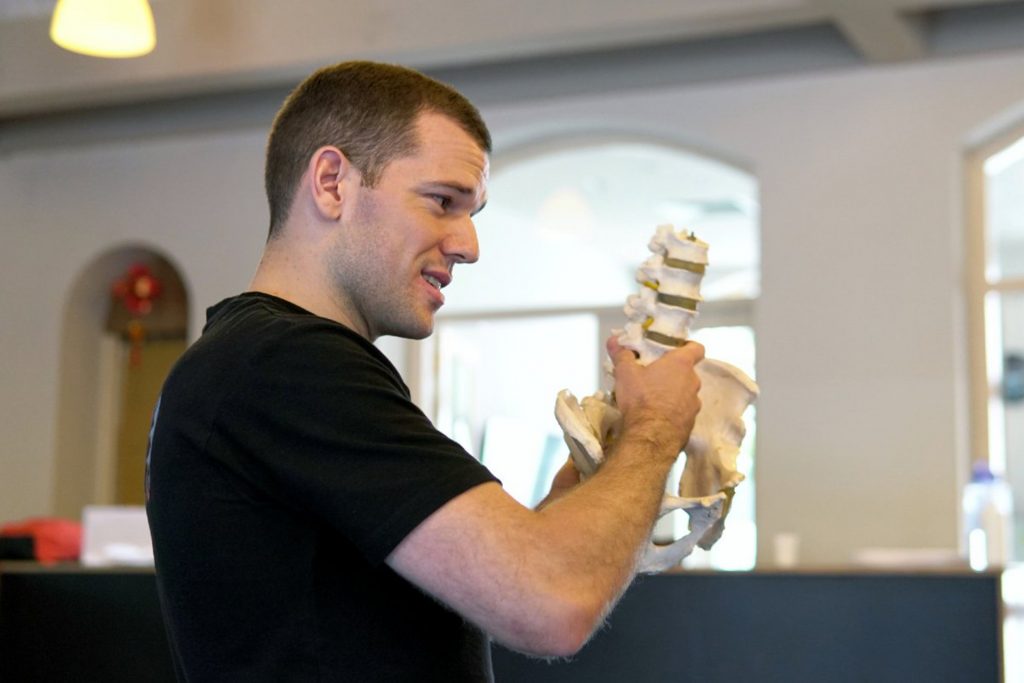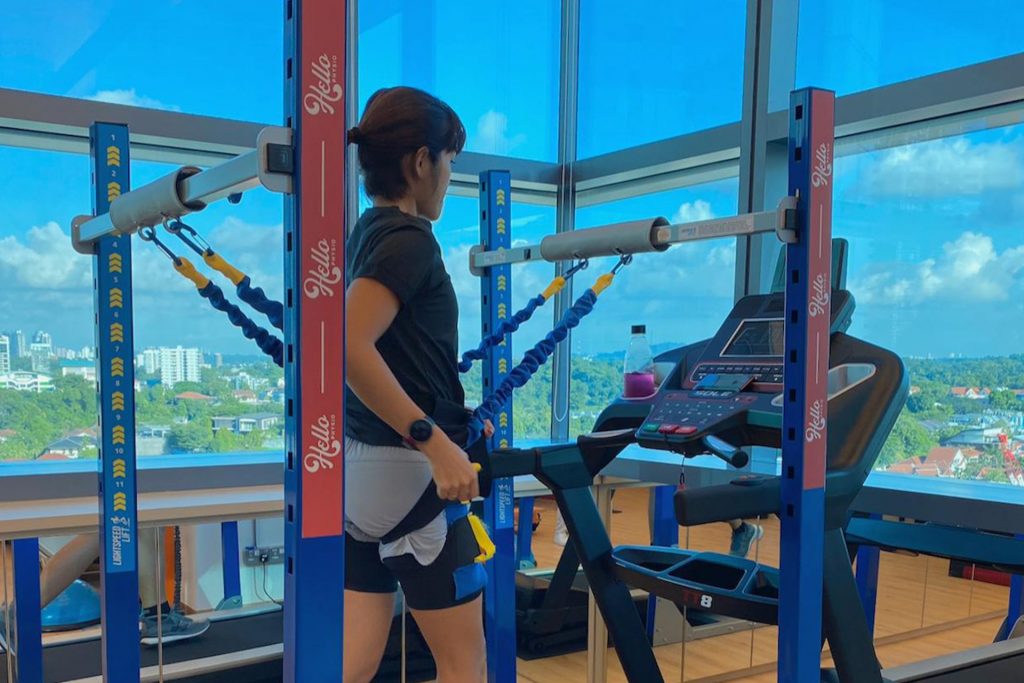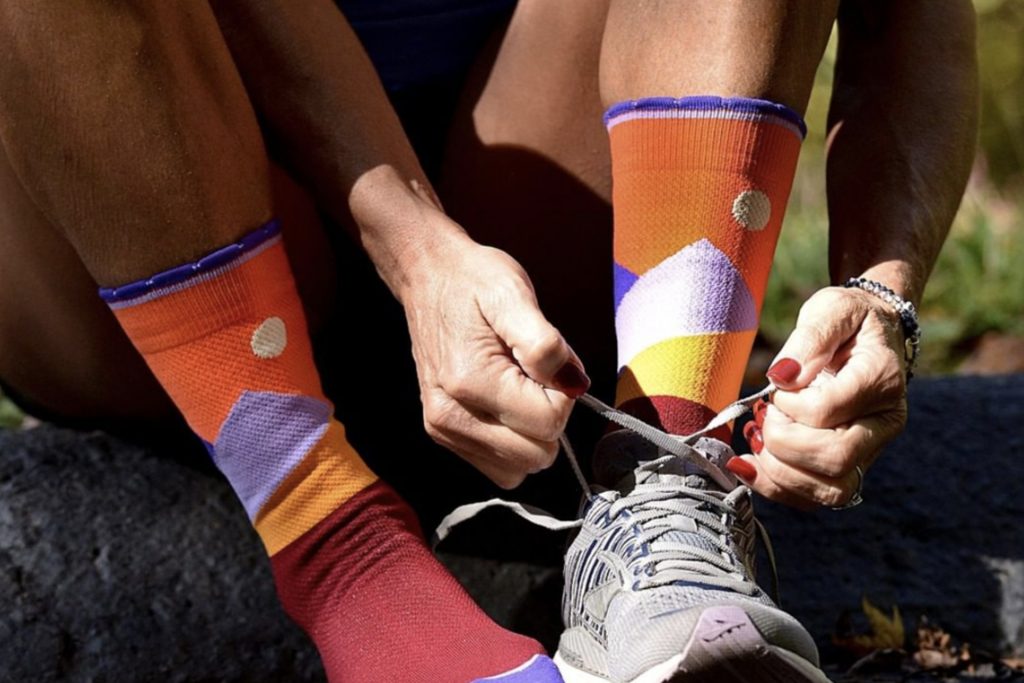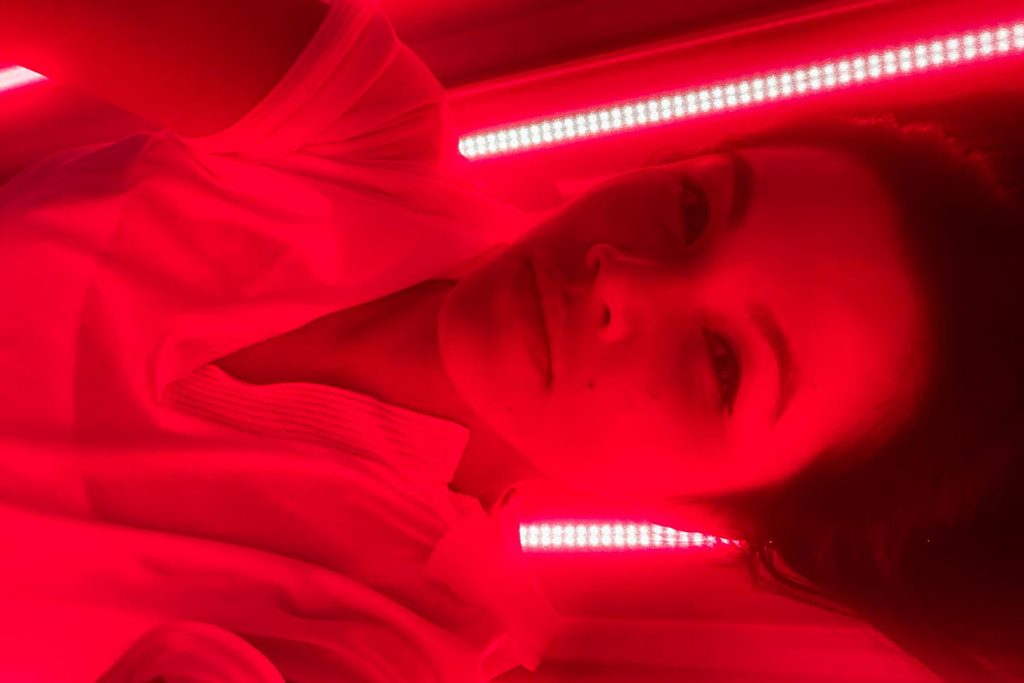|
Getting your Trinity Audio player ready...
|
Achilles tendonitis is a common yet complex condition affecting the body’s largest tendon. It creates a cascade of pain, inflammation, and reduced mobility that can sideline even the most dedicated fitness enthusiasts. Few injuries are as frustrating and debilitating as Achilles tendonitis for athletes and active individuals.
The Achilles tendon connects the calf muscles to the heel bone and is critical for running and other activities. Therefore, anything that injures the tendon can severely affect one’s quality of life. While many sufferers try to “push through the pain,” there are many Achilles tendonitis treatment options available that can make the difference between chronic discomfort and complete recovery.
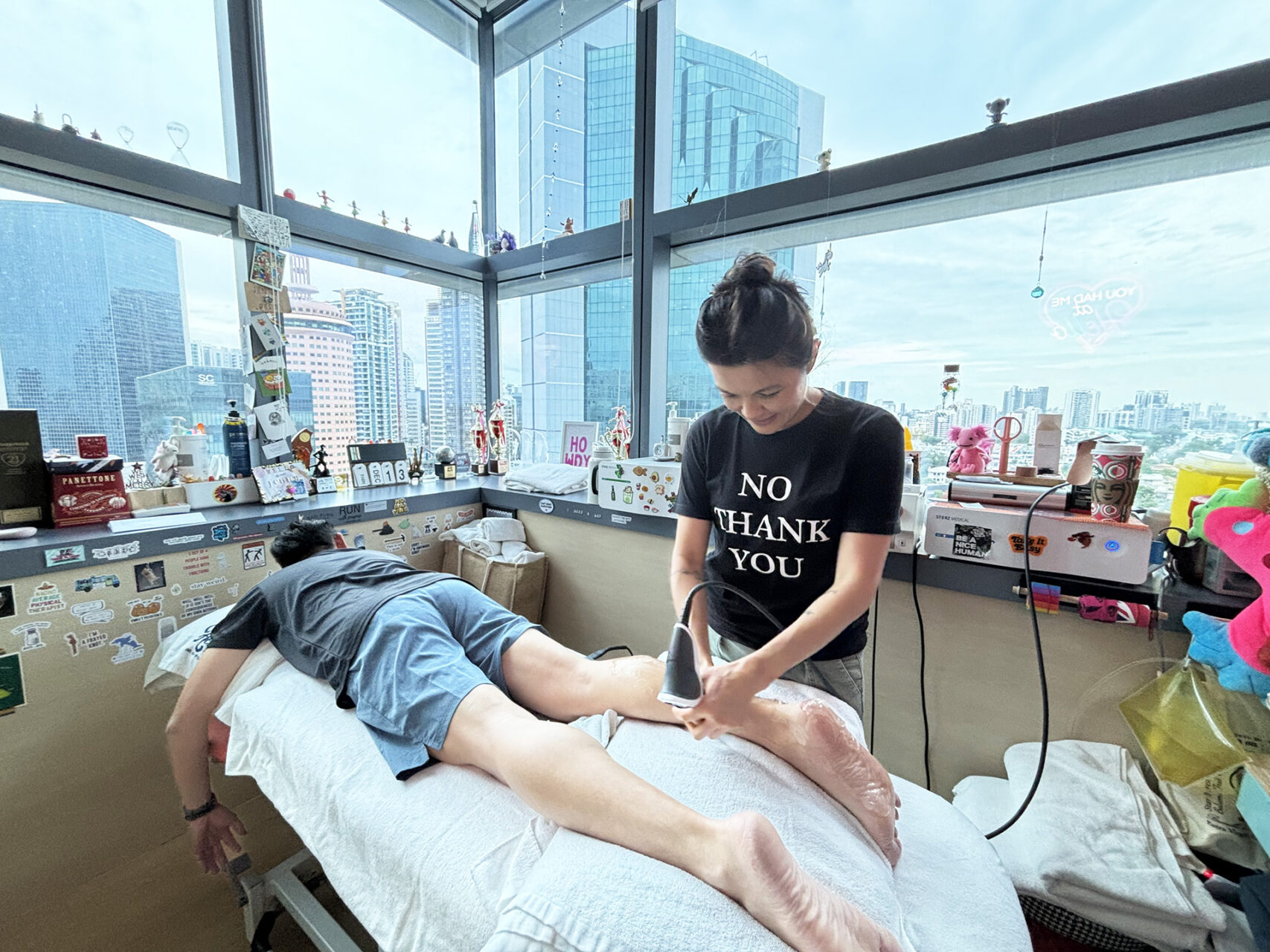
What Is Achilles Tendonitis?
Achilles tendonitis is an Achilles tendon inflammation, which is the crucial connection between your calf muscles and heel bone. It is utilized in every step, jump, and sprint. The condition usually develops gradually, starting as a mild ache at the back of the leg or above the heel after activity.
What many don’t realize is that Achilles tendonitis exists on a spectrum. In its early stages, it is just inflammation, but as it progresses, it can become tendinosis — a more serious degeneration of the tendon’s collagen.
This progression shows why early and comprehensive treatment is better than the “wait and see” approach many patients initially take. In severe cases, untreated tendonitis can lead to an Achilles tendon rupture, a condition where the tendon is overstretched or torn, often requiring surgical intervention.
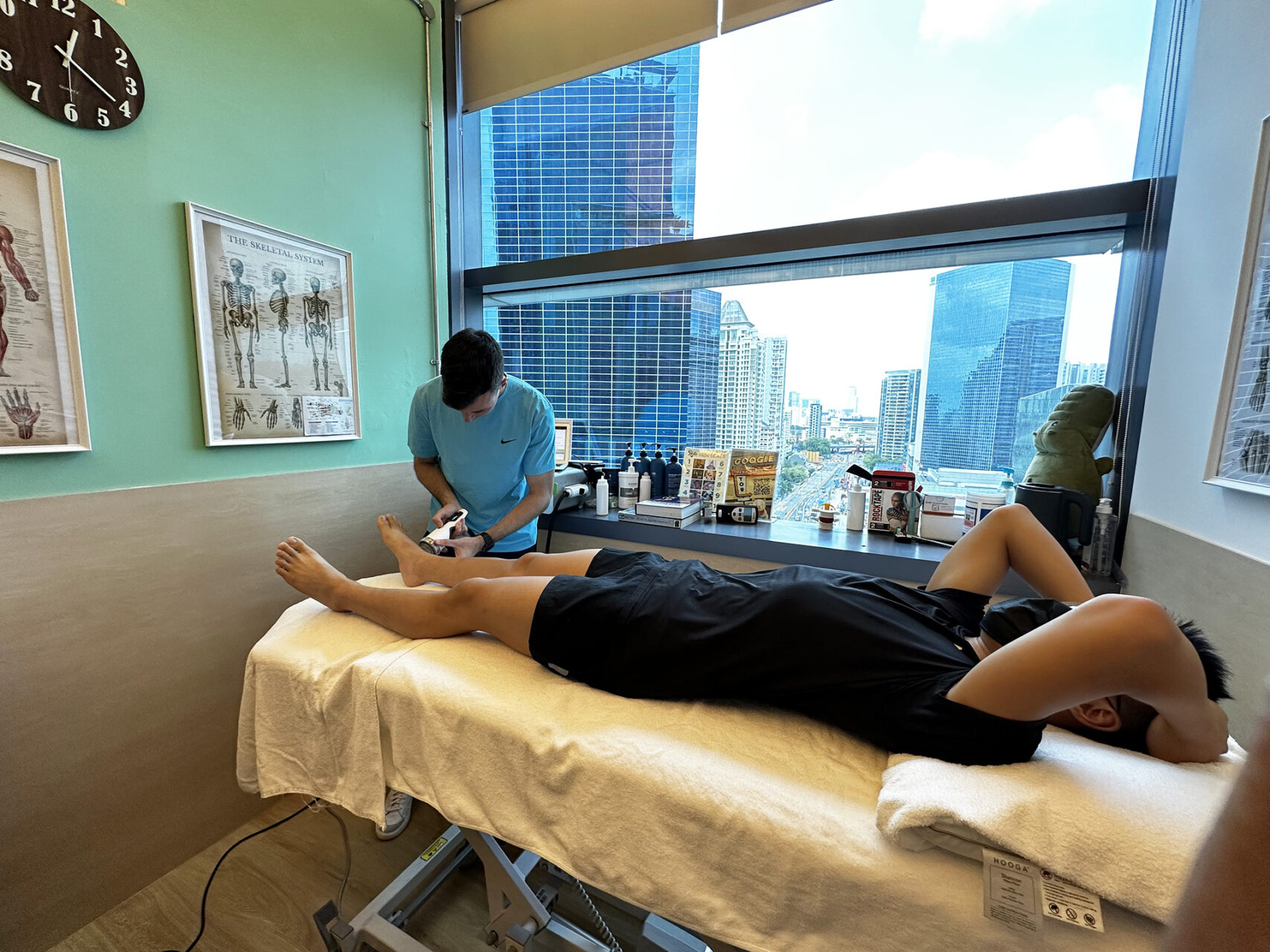
Causes and Risk Factors of Achilles Tendonitis
Achilles tendonitis usually arises from repetitive stress on the tendon, often due to overuse, poor training techniques or inadequate warm-up and cool-down routines. Several risk factors can increase the likelihood of developing the condition, including obesity, age and diabetes. People engaged in sports that involve running, jumping or rapid directional changes, like basketball, running and gymnastics, are also at higher risk of Achilles tendon injuries. The ankle plays a significant role in Achilles tendonitis, as limited mobility can aggravate the condition. Without proper treatment, occasional discomfort can become chronic pain that affects daily function.
Symptoms of Achilles Tendonitis
Achilles tendonitis symptoms can range from mild to severe and typically include pain, swelling, and stiffness at the back of the lower leg. The pain usually worsens when walking uphill, squatting, or doing activities that involve running, jumping, or quick directional changes. Swelling and redness may also be present around the affected area. Recognizing the symptoms early can lead to better treatment and prevent further complications.
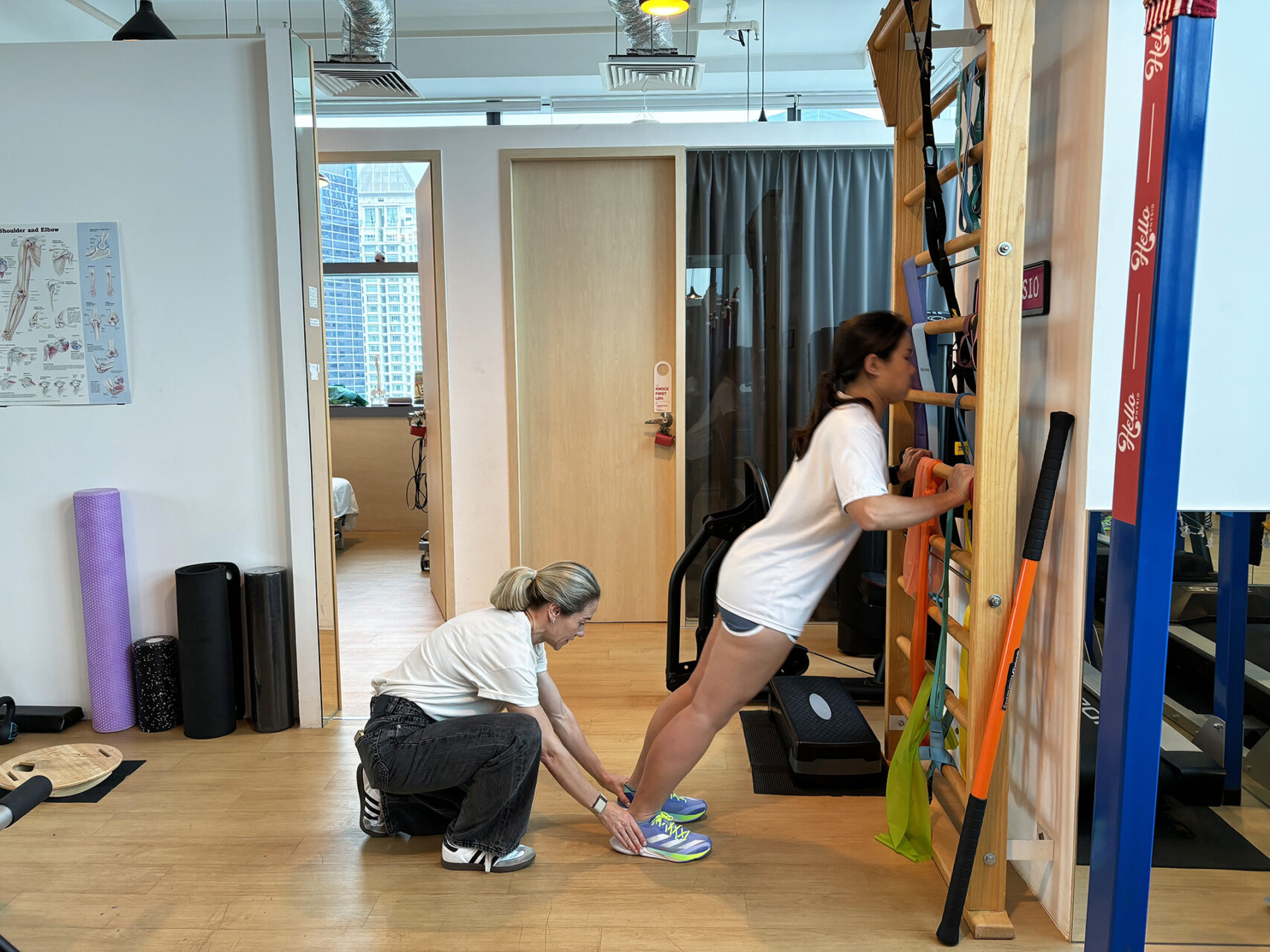
Evolution of Achilles Tendonitis Treatment
Traditional approaches to Achilles tendonitis treatment often relied on the PEACE & LOVE protocol, focusing on home treatments that can restore mobility and allow the tendon to recover. While these elements are still valuable components of care, physiotherapy has expanded the treatment horizon significantly with advanced technologies and evidence-based protocols that accelerate healing and reduce recovery time.
Leading clinics like HelloPhysio have pioneered comprehensive approaches combining cutting-edge technology and evidence-based expertise. These multifaceted treatment plans address the symptoms and underlying biomechanical issues that cause tendon overload.
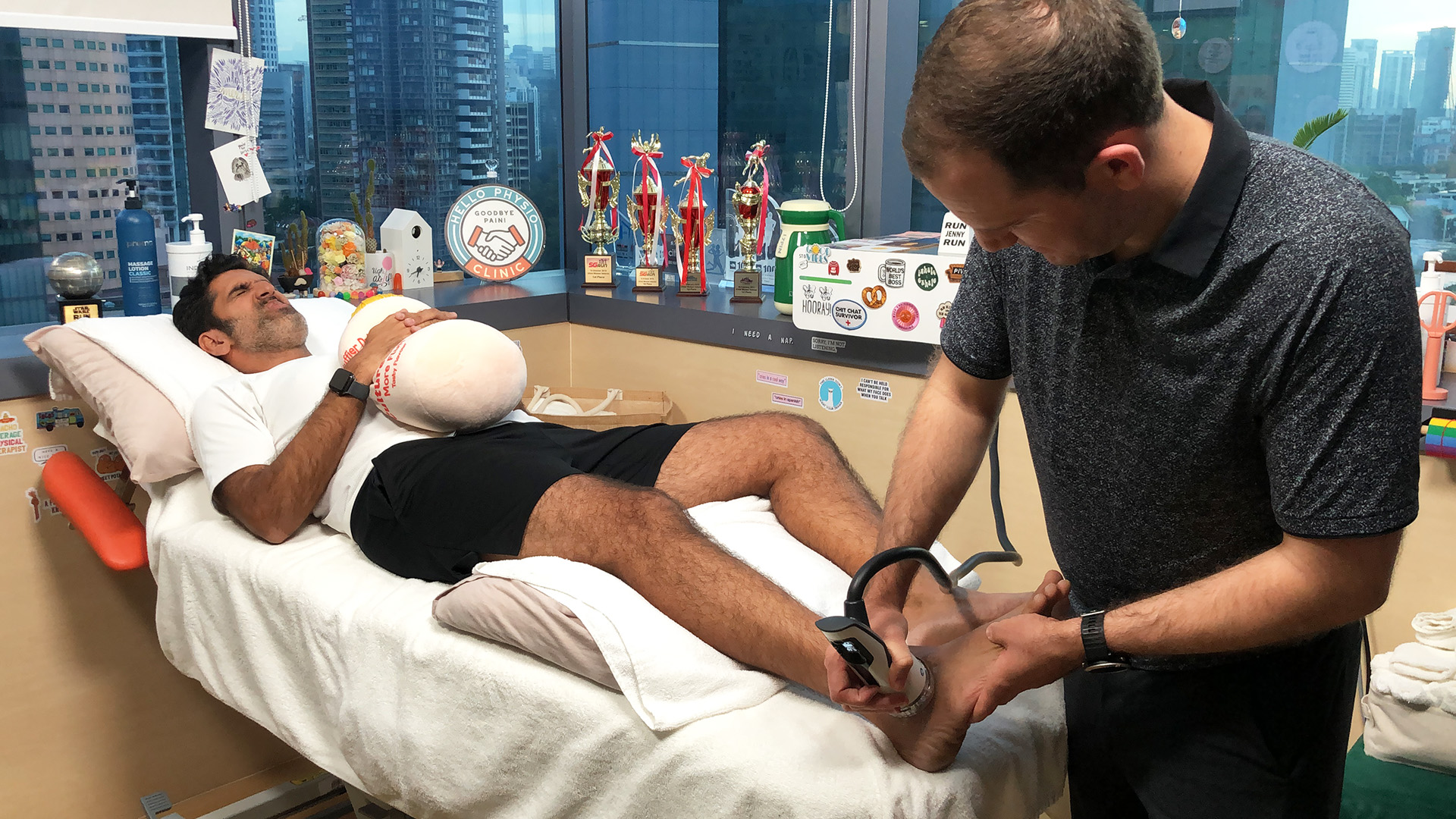
Advanced Treatment Modalities: Beyond Traditional Care
INDIBA® Therapy: Cellular Healing From Within
One of the most revolutionary advances in Achilles tendon treatment options is INDIBA therapy. This non-invasive treatment uses specific radiofrequency at 448 kHz to stimulate cellular activity within the damaged tendon tissue. The controlled thermal effects increase blood circulation, reduce inflammation, and accelerate the tendon’s natural healing mechanisms. Connective tissue plays a big role in the structure of tendons, linking muscles to bones to facilitate movement; INDIBA helps in its healing by enhancing cellular repair processes.
What sets INDIBA apart in Achilles tendonitis treatment is its ability to reach deep tissue layers without overheating superficial tissues. Patients usually report immediate pain relief after treatment, while physiotherapists observe improved tissue quality and mobility. The technology’s precise delivery system allows therapists to target specific areas of tendon damage with unprecedented accuracy.
“INDIBA® therapy has changed how we approach tendon injuries,” says Jenny Huang, a senior physiotherapist at HelloPhysio. “We’re seeing patients achieve in weeks what used to take months of conventional therapy.”
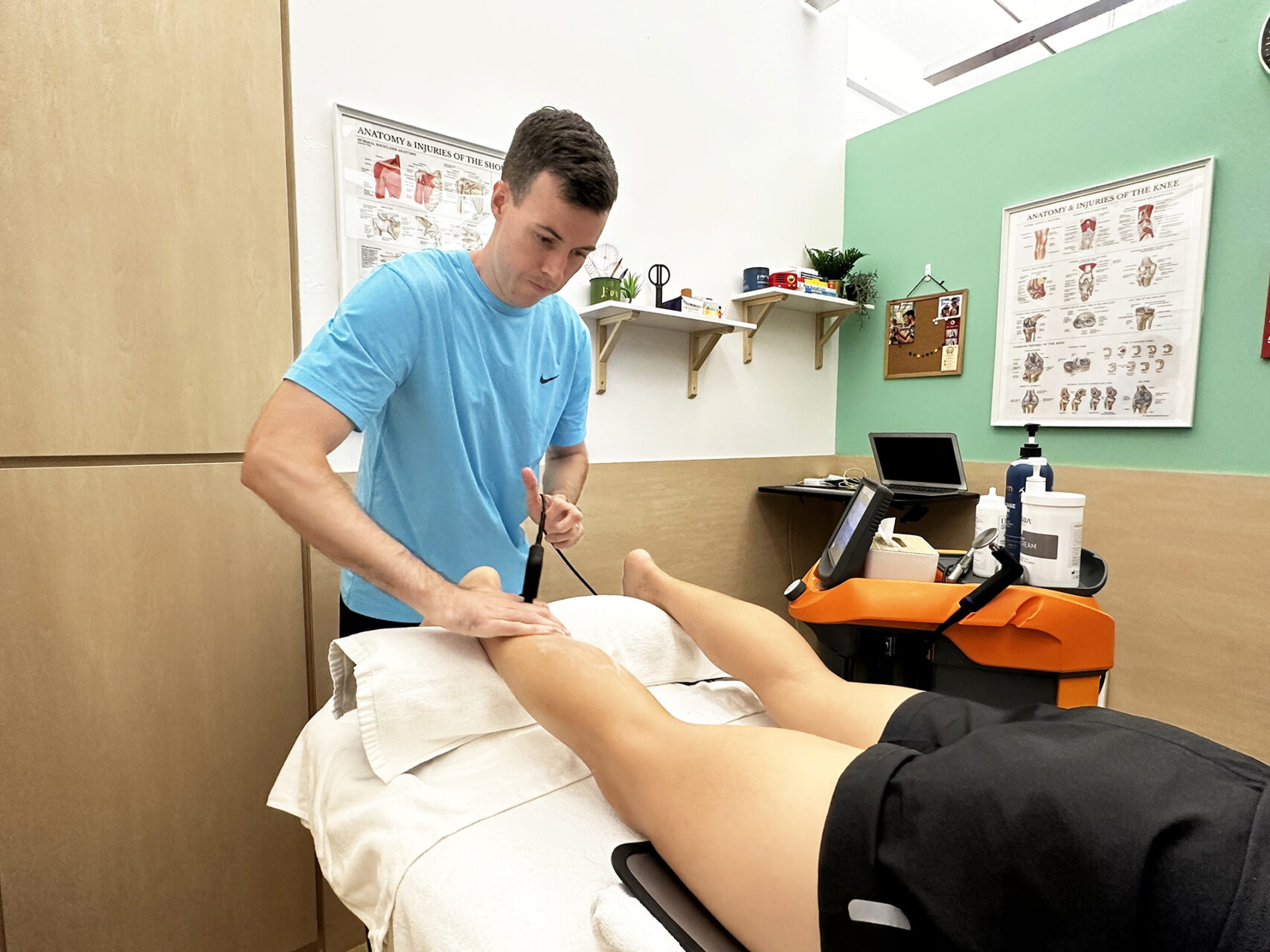
Shockwave Therapy: Breaking Down Barriers to Healing
Extracorporeal Shockwave Therapy (ESWT) is another modern option for Achilles tendonitis treatment in Singapore. This non-surgical treatment delivers high-energy acoustic waves to the affected tendon, creating controlled microtrauma that triggers the body’s repair mechanisms.
The process works by stimulating neovascularization, or the formation of new blood vessels, which increases blood supply to the damaged area. Shockwave Therapy also breaks down calcific deposits, scar tissue and bone spurs that may have developed, creating the ideal environment for tendon regeneration.
Research has shown that Shockwave Therapy is effective for chronic Achilles tendonitis, especially for those resistant to conventional treatment. Many patients report significant pain relief after 3-5 sessions, with continued improvement in function and mobility as treatment progresses.
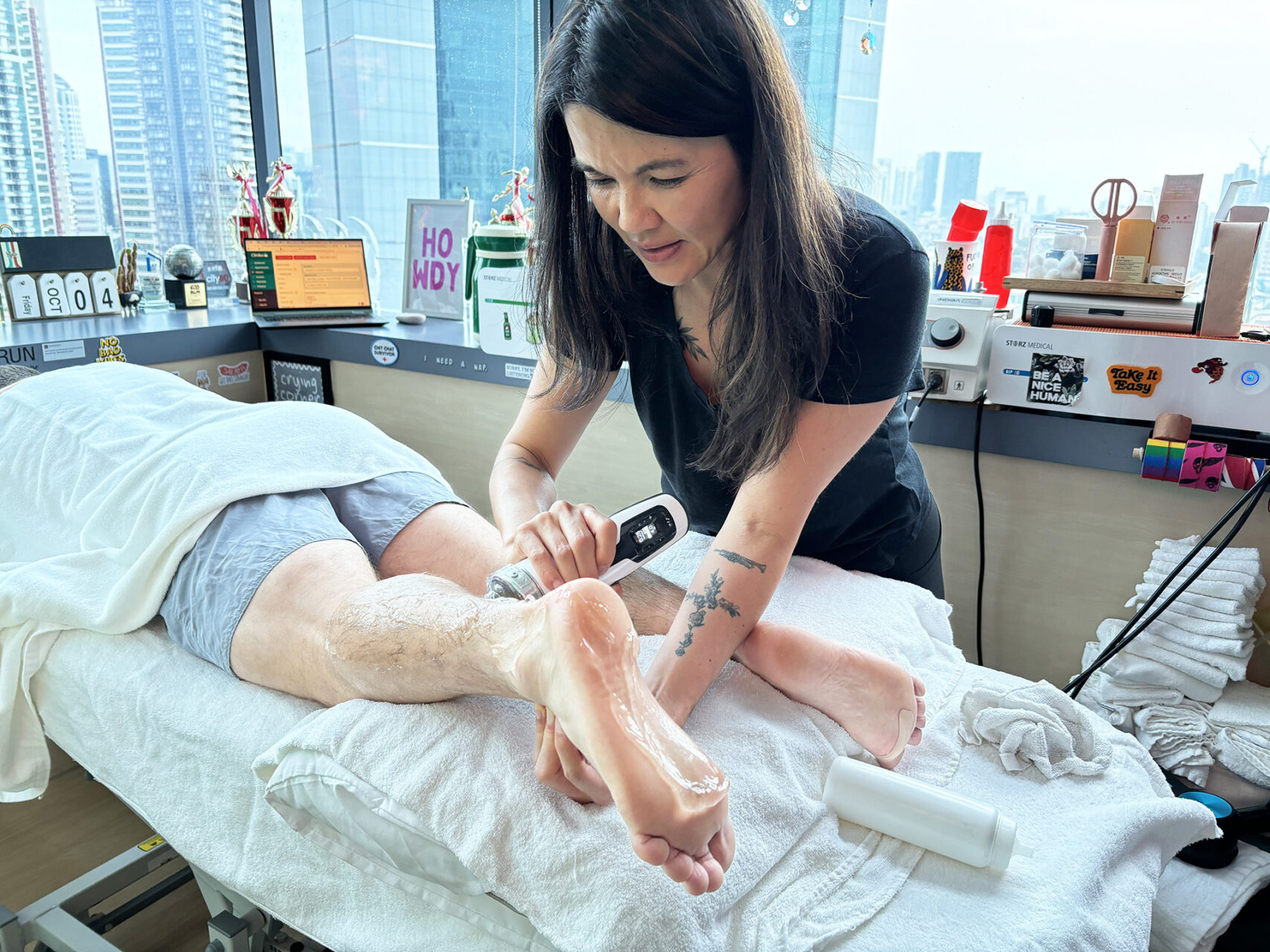
Magnetolith EMTT: The Latest in Tendon Rehabilitation
Electromagnetic Transduction Therapy (EMTT) is one of the newest approaches in the physiotherapeutic treatment of Achilles tendonitis. The Magnetolith system delivers high-energy magnetic pulses that penetrate deep into tendon tissue, stimulating cellular metabolism and regeneration at the molecular level.
Unlike treatments that address symptoms, EMTT goes deeper by normalizing cell potential in damaged tissues, effectively “resetting” the tendon’s healing environment. The technology’s high oscillation frequency (around 100-300 kHz) allows a treatment depth of up to 18 cm, reaching areas other modalities can’t target.
For patients with chronic Achilles tendinopathy, EMTT offers hope when other treatments have failed. The treatment’s noninvasive nature and effectiveness make it a popular option in comprehensive Achilles tendonitis treatment plans.
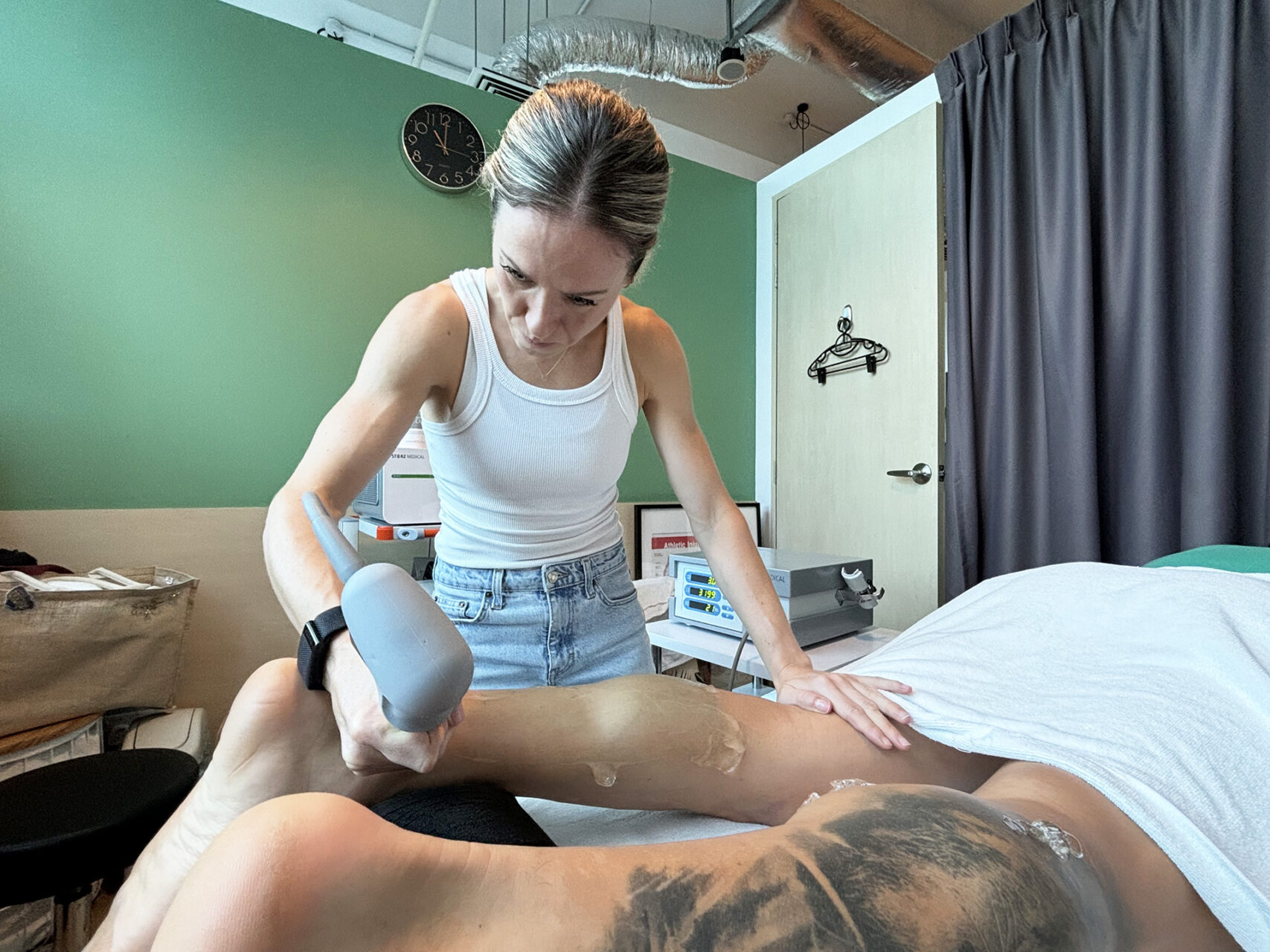
Achilles Tendonitis Surgery
When non-surgical treatments fail to provide sufficient relief, surgery for Achilles tendonitis is considered. The surgical approach depends on the location and severity of the tendon damage. In some cases, immobilization with a walking boot or cast may be needed to promote healing.
For severe cases, surgical options may include repairing or replacing the damaged tendon. Orthopaedic surgeons may use gastrocnemius recession or heel lifts to facilitate tendon repair and healing. These surgical interventions aim to restore function and relieve pain so patients can return to normal activities. Physiotherapy is critical to recovering from surgery, ensuring you do not develop new mobility issues as your body recovers.
The Importance of Physical Therapy Exercises
While technology provides powerful healing stimuli, the rehabilitation journey is incomplete without structured exercise protocols. Strategic physical therapy exercises complement technological interventions, making them essential to full tendon function and preventing recurrence.
A well-designed exercise program for Achilles tendonitis typically progresses through several phases:
- Initial Pain Management and Protected Movement: Gentle range-of-motion exercises that maintain mobility while respecting pain limits
- Eccentric Strengthening: Controlled lengthening exercises that have shown excellent results in tendon remodeling
- Progressive Loading: Graduated weight-bearing activities that systematically increase tendon capacity
- Functional Rehabilitation: Sport-specific movements that prepare the tendon for a return to full activity
The recovery period after Achilles tendonitis surgery can significantly impact a patient’s ability to return to sports activities. For optimal recovery, physical therapy often takes up to 12 months.
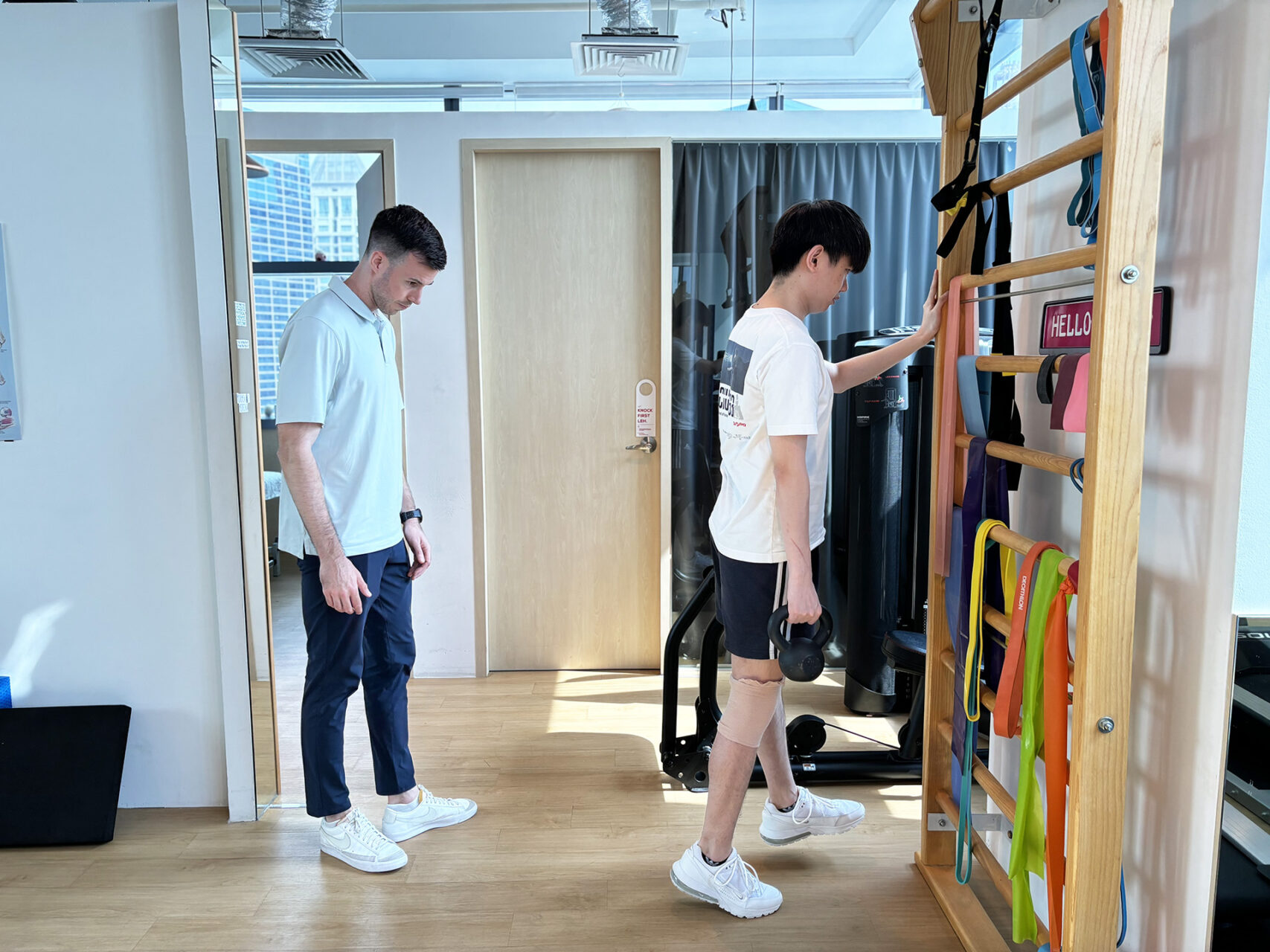
Why Complementary Treatments Work Better Together
What sets HelloPhysio apart in Achilles tendonitis treatment is our combination of multiple modalities into comprehensive care plans. Rather than using treatments in isolation, experienced clinicians combine technologies and techniques to make a synergistic impact. HelloPhysio’s therapists’ sports medicine expertise ensures that the treatment approach is tailored to athletes’ health and performance needs and the treatment of sports-related injuries.
For example, a typical treatment session would start with INDIBA therapy to improve tissue quality and reduce pain, followed by Shockwave Therapy to specific areas. The session would end with guided eccentric exercises performed in a pain-free state, maximizing exercise benefit while minimizing discomfort.
While Achilles tendonitis is caused by repetitive stress rather than a specific injury, sudden incidents or pops in the Achilles area can indicate a more acute injury, such as a torn tendon, which requires immediate medical attention.
This integrated approach addresses the complex nature of Achilles tendon pathology, combining inflammation reduction, tissue regeneration, and mechanical strengthening into one treatment strategy. The result goes beyond symptom relief – it works towards tissue recovery and functional restoration.
Beyond the Clinic: Supporting Recovery in Daily Life
Effective Achilles tendonitis treatment continues outside of regular clinical sessions. Our physiotherapists provide education and guidance on how to manage the condition throughout daily activities, like the following:
- Footwear recommendations that offer support and reduce tendon stress
- Activity modification strategies that maintain fitness while allowing tendon recovery
- Home exercise programs that reinforce clinical treatments between sessions
- Biomechanical assessment to identify and address movement patterns that may be contributing to tendon overload
By educating patients with knowledge and specific strategies, clinicians extend treatment benefits into every aspect of daily life.
Take the First Step to Recovery
If you’re experiencing Achilles tendon pain, whether recent or long-standing, professional assessment at HelloPhysio is the first step to recovery. Early intervention reduces immediate discomfort and prevents the progression to more serious tendon degeneration that becomes harder to treat. Addressing the painful area early is crucial to avoid further complications.
At HelloPhysio, a comprehensive evaluation includes examining the tendon and assessing contributing factors, including movement patterns, muscle imbalances and training habits. This thorough approach ensures that treatment addresses symptoms and underlying causes, breaking the cycle of recurrent injury.
Don’t let Achilles tendonitis hold you back from your active lifestyle or athletic pursuits. Contact HelloPhysio today to learn how our comprehensive approach to Achilles tendon treatment options can get you back to the activities you love, pain-free and stronger than before.

